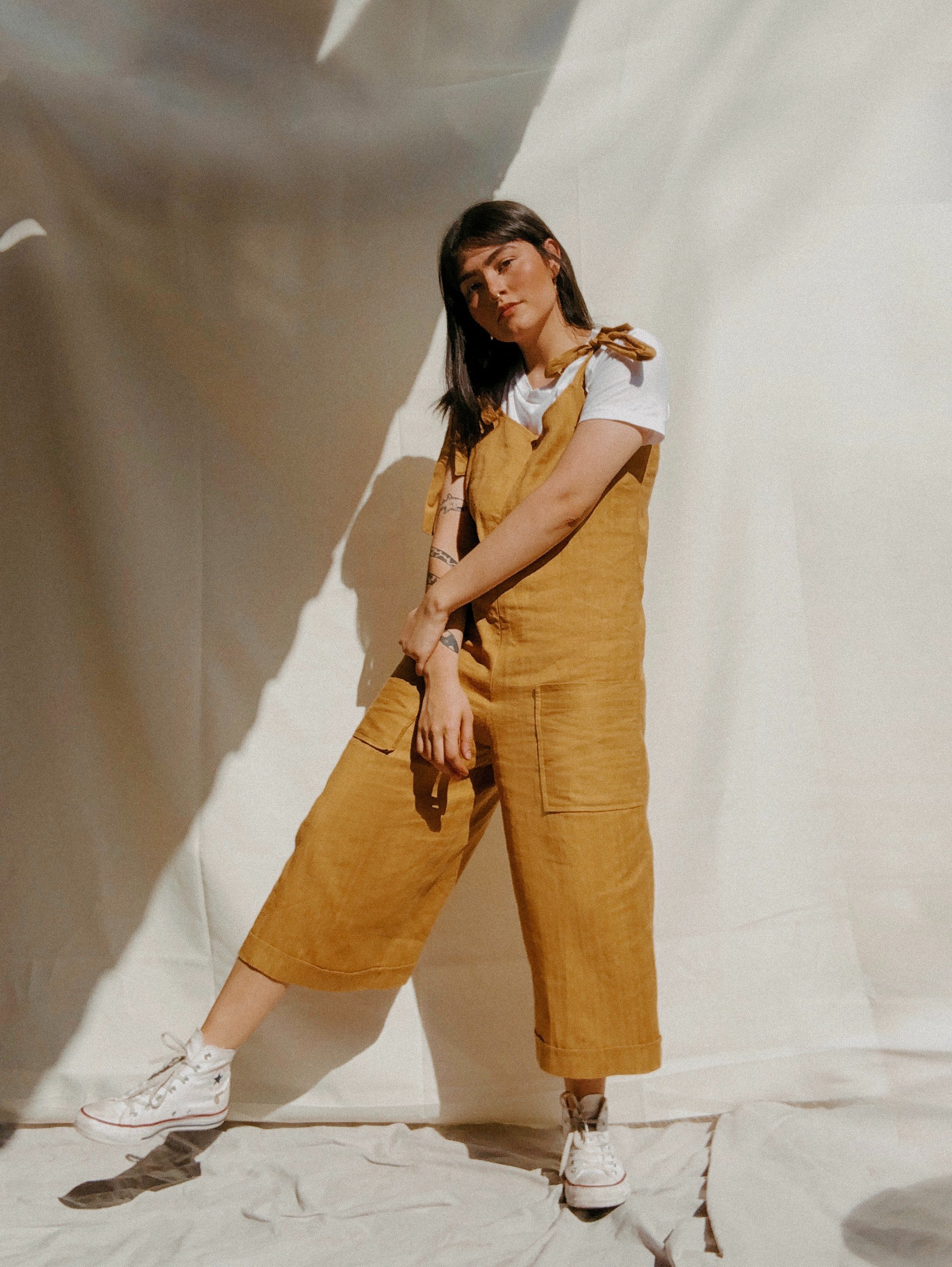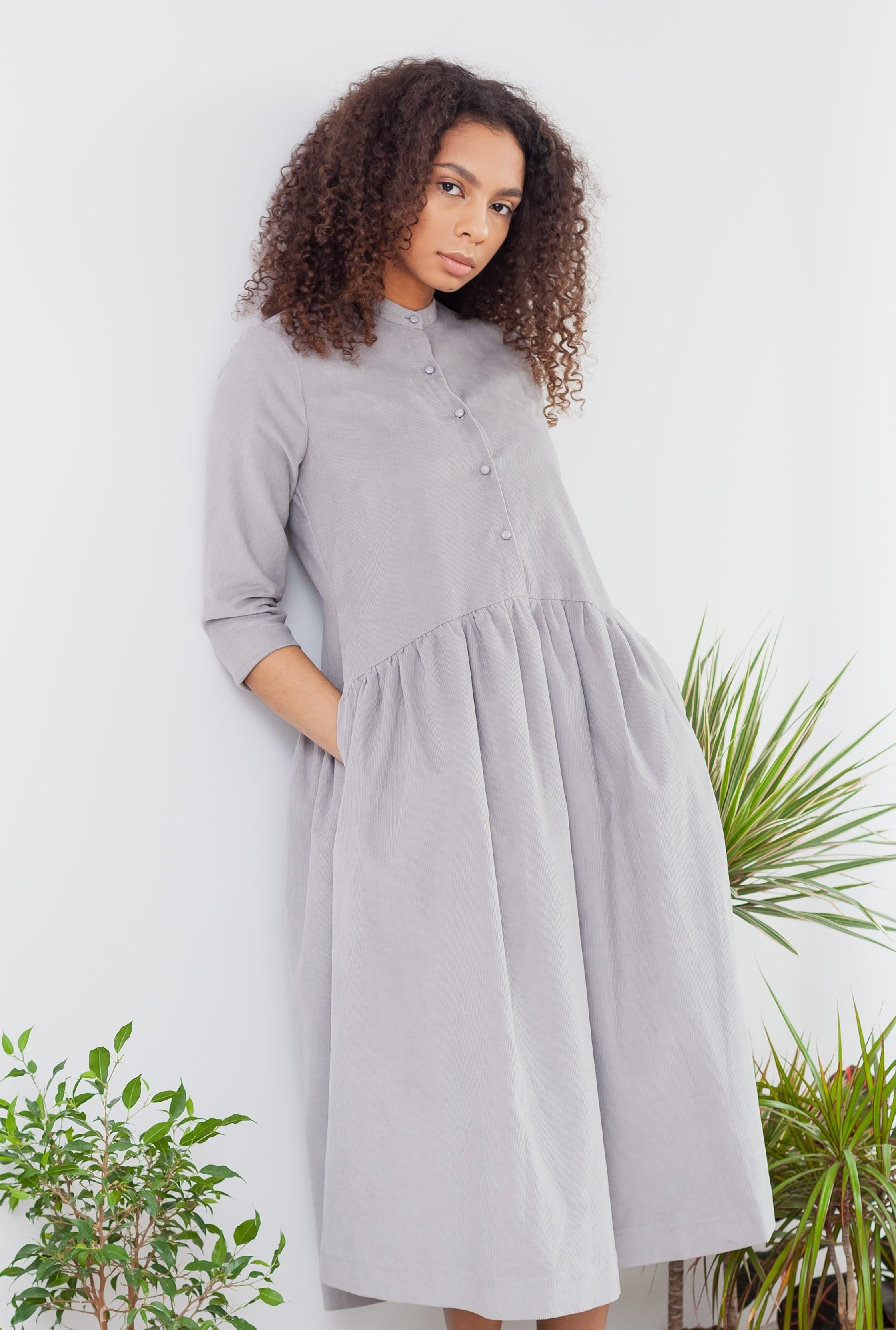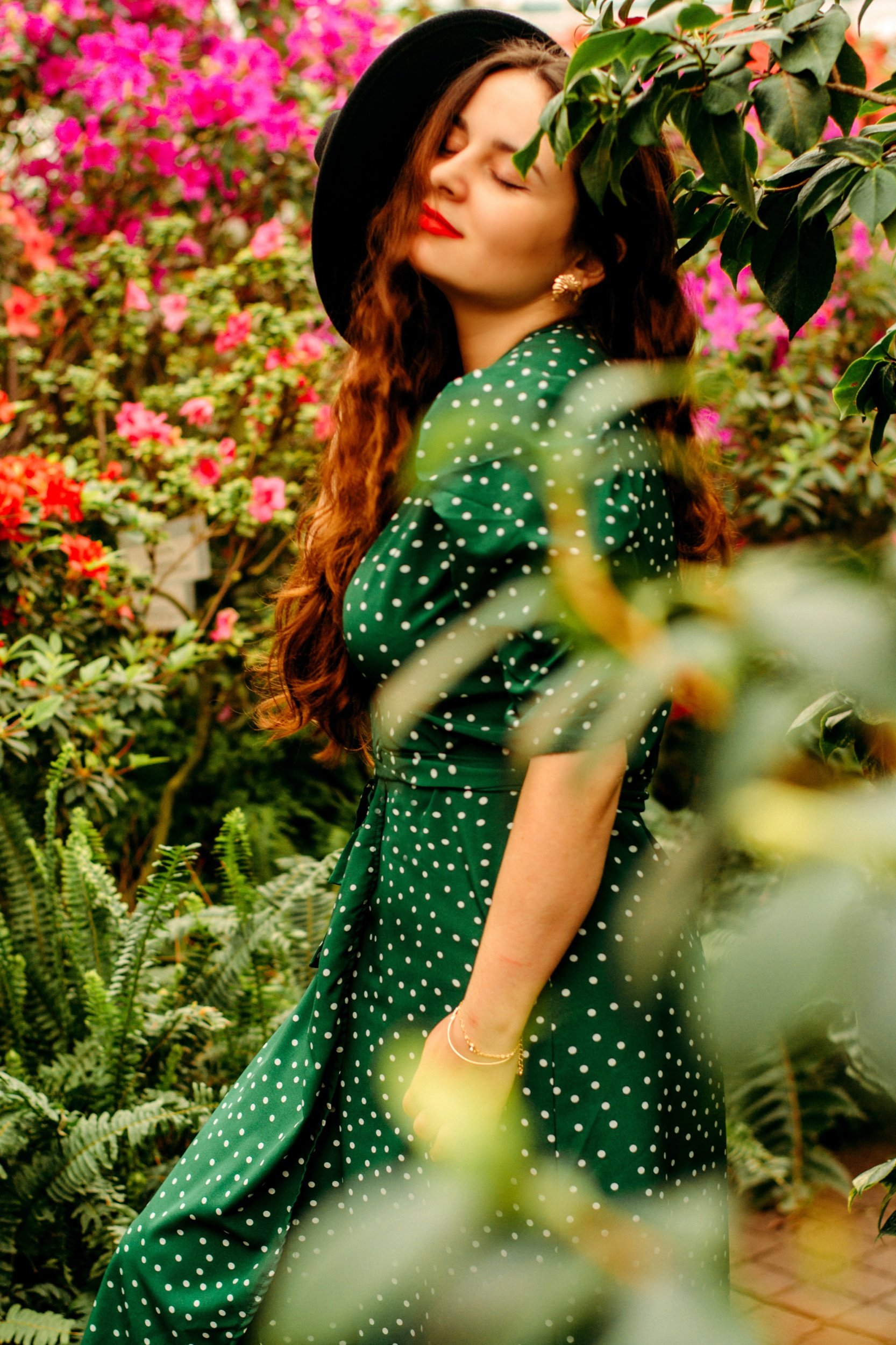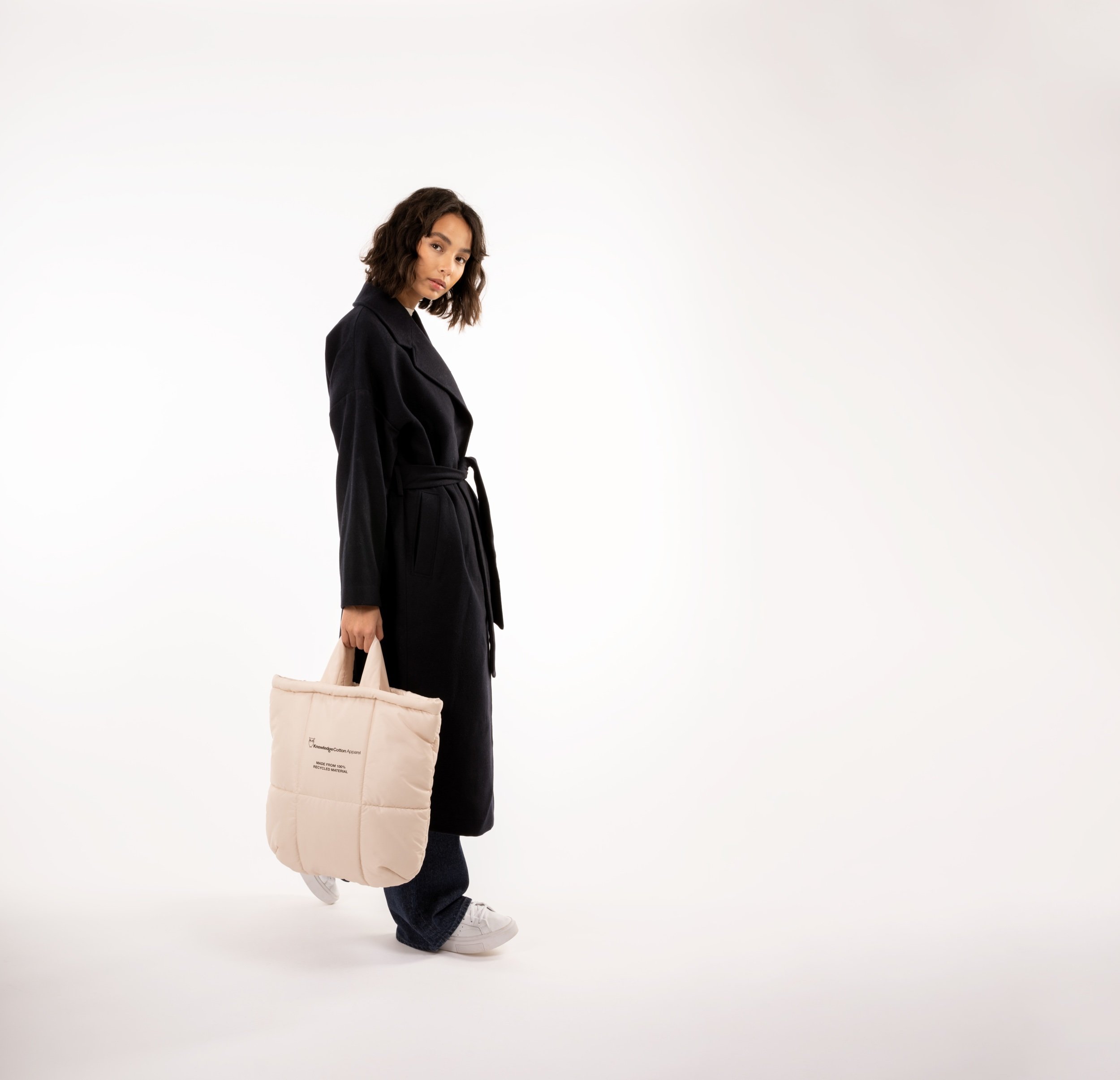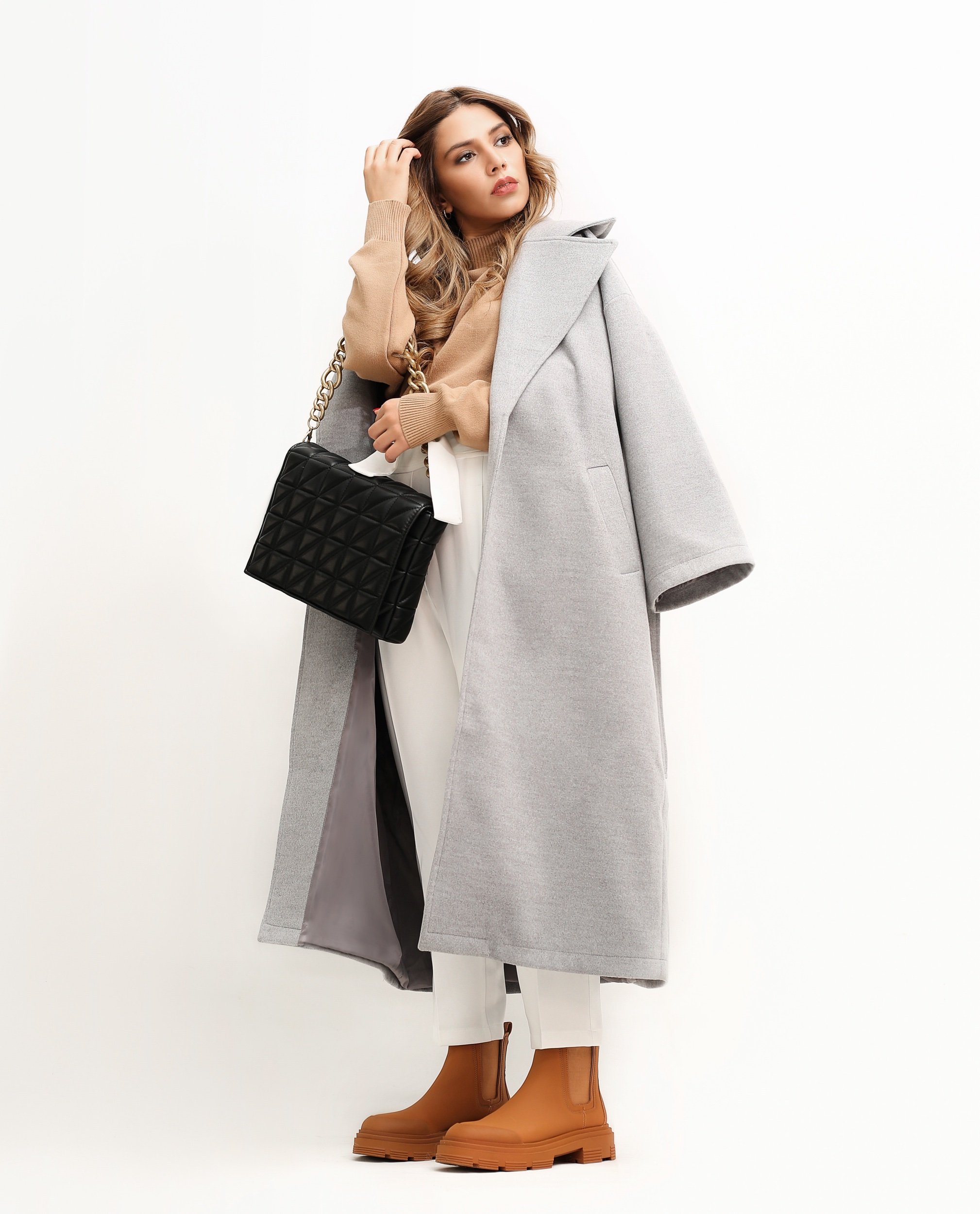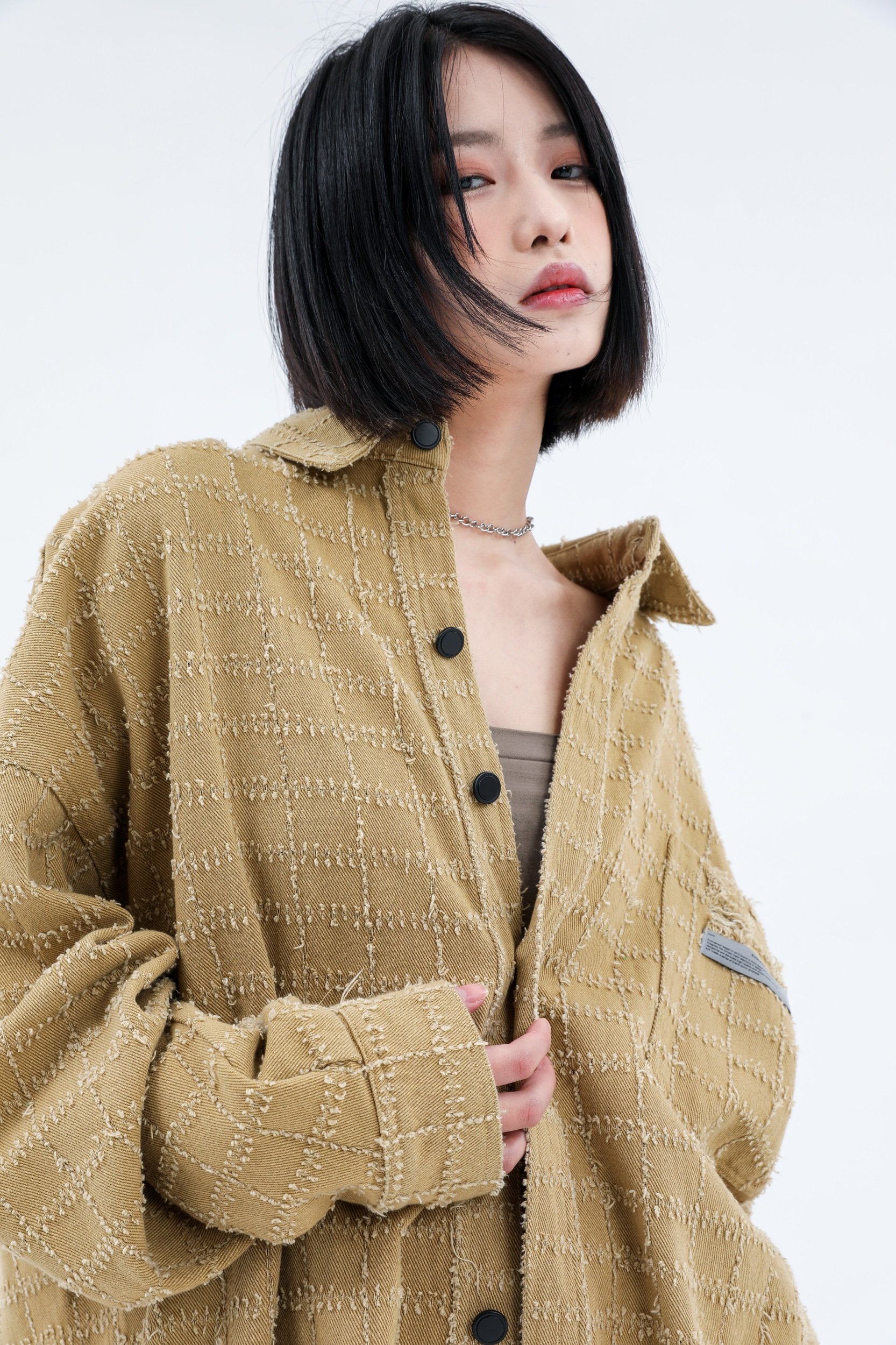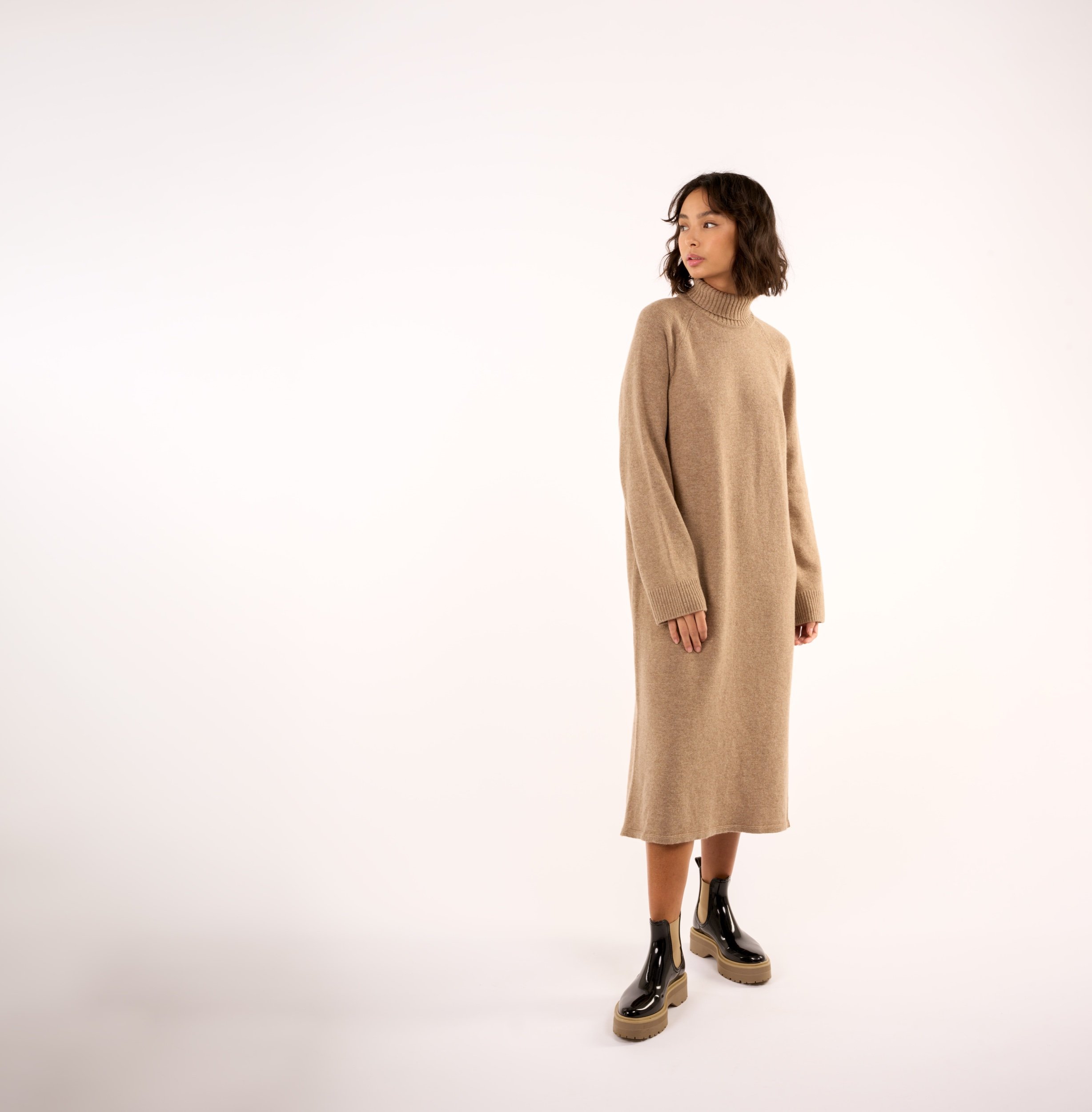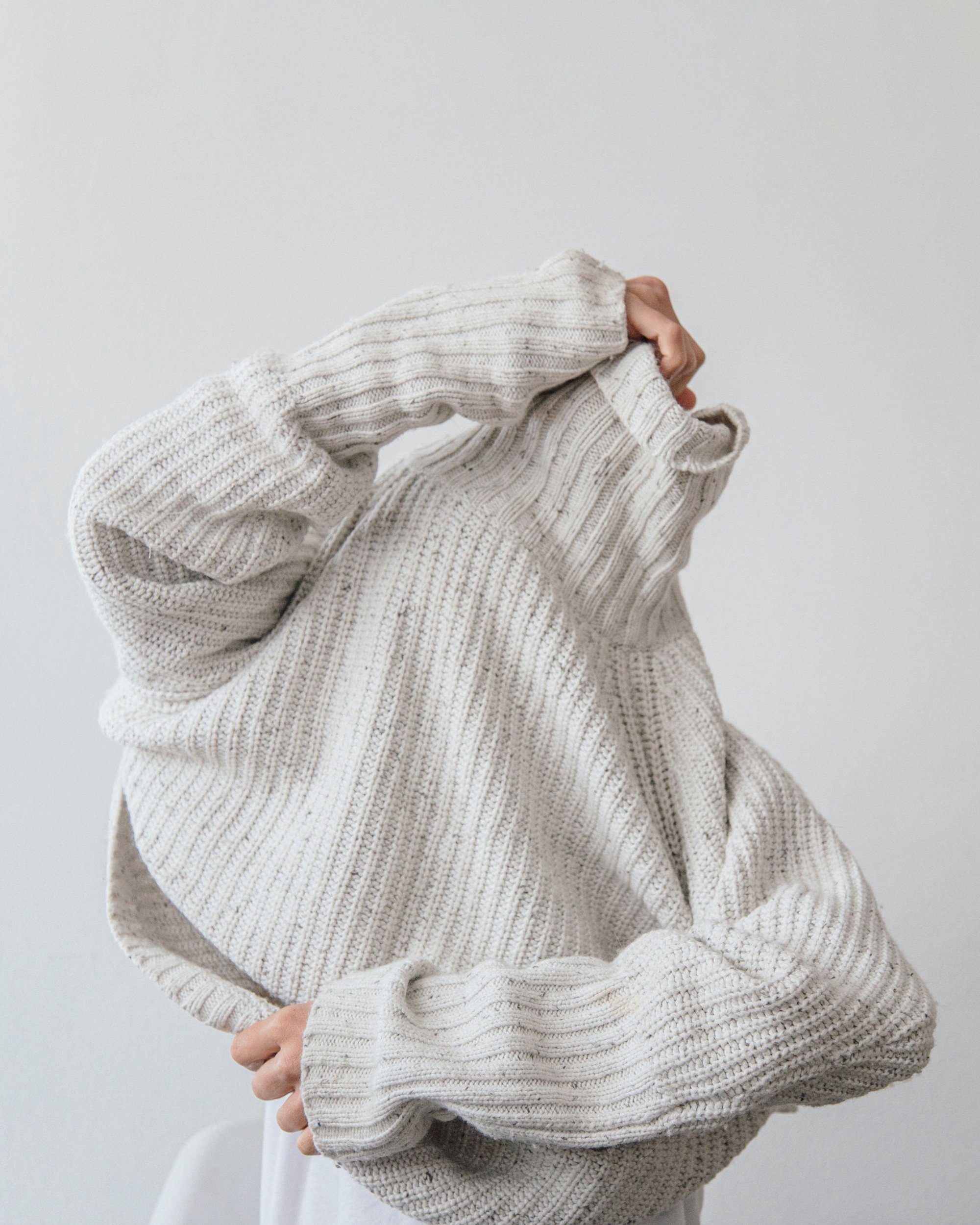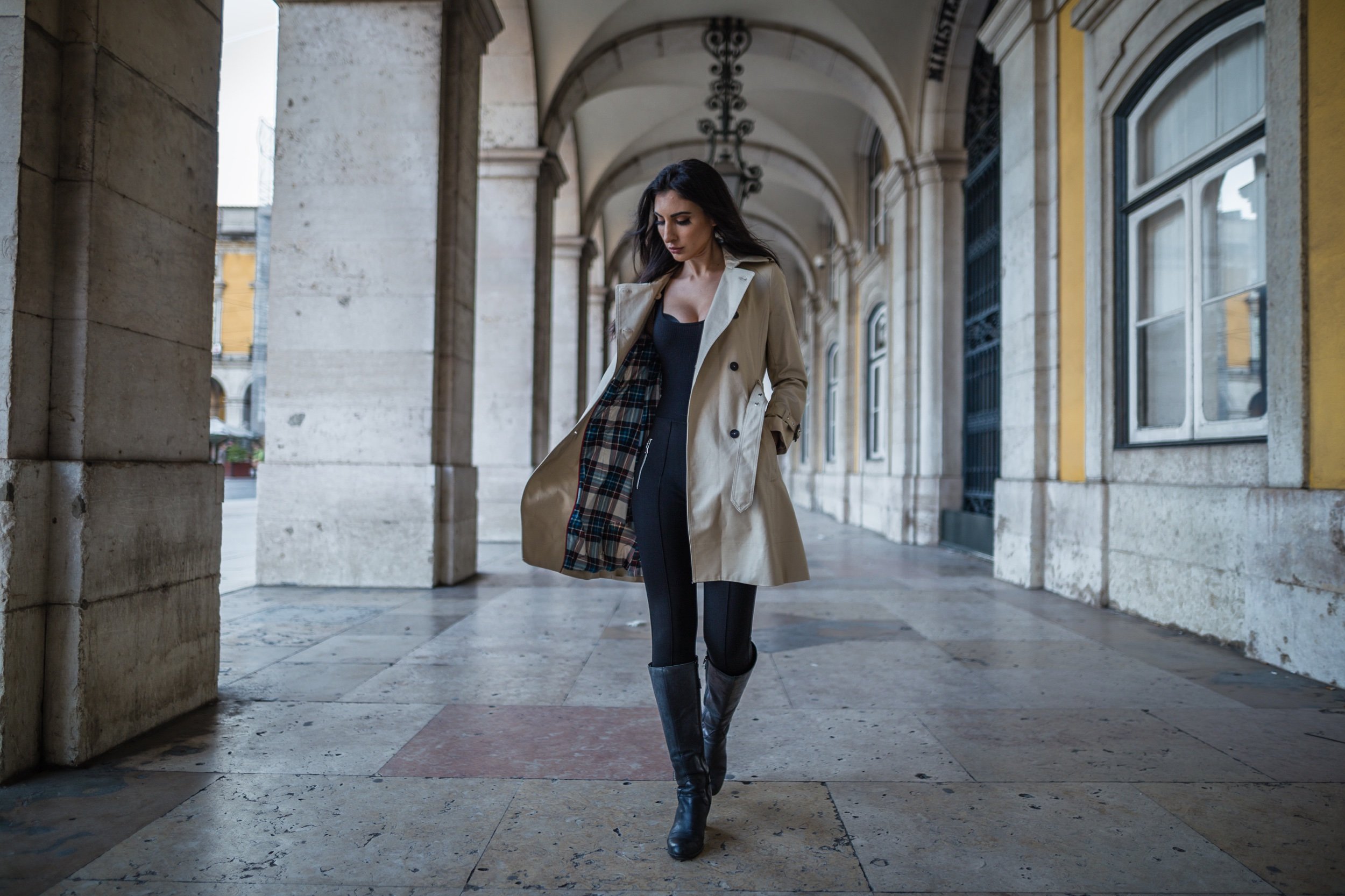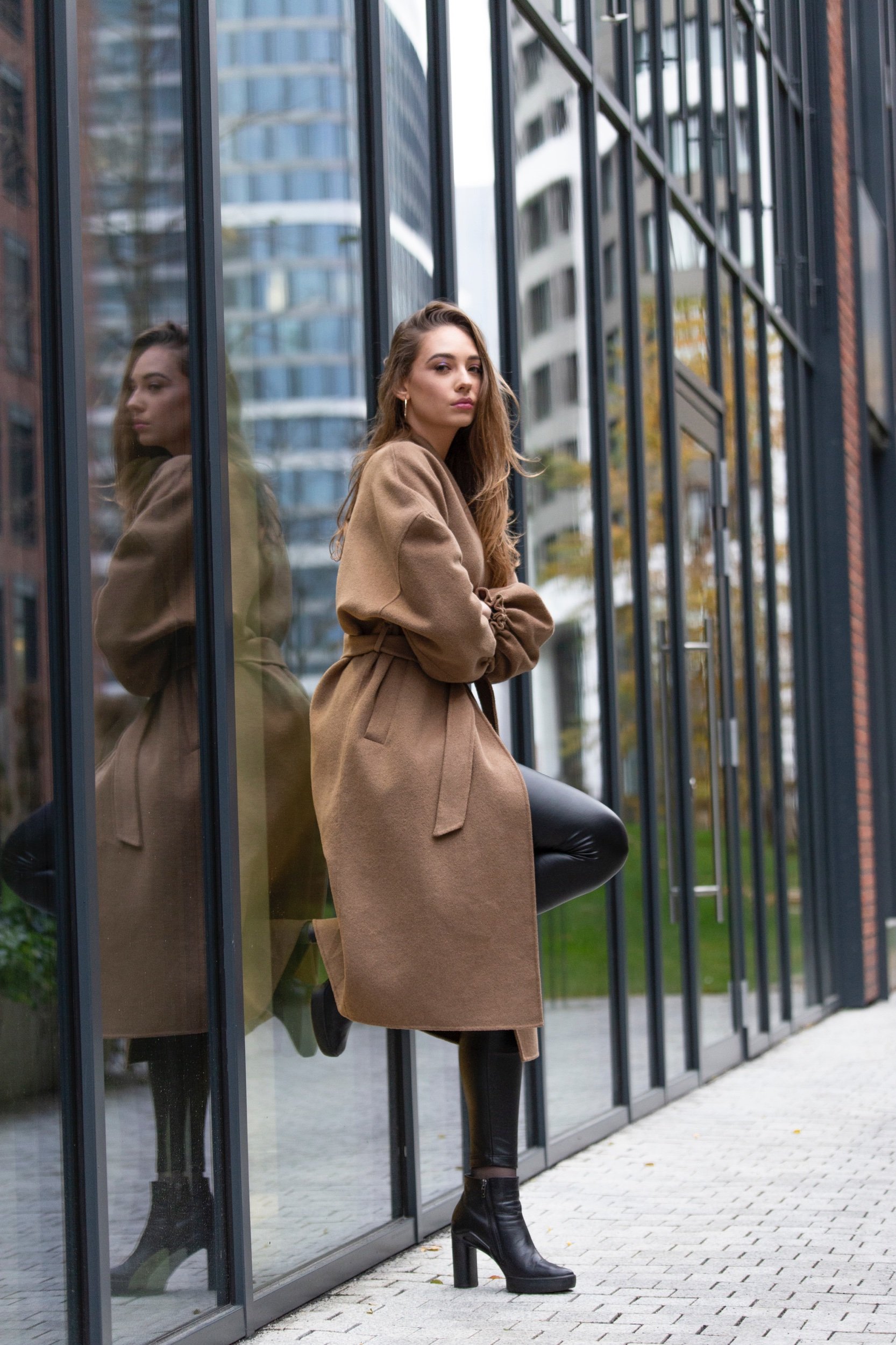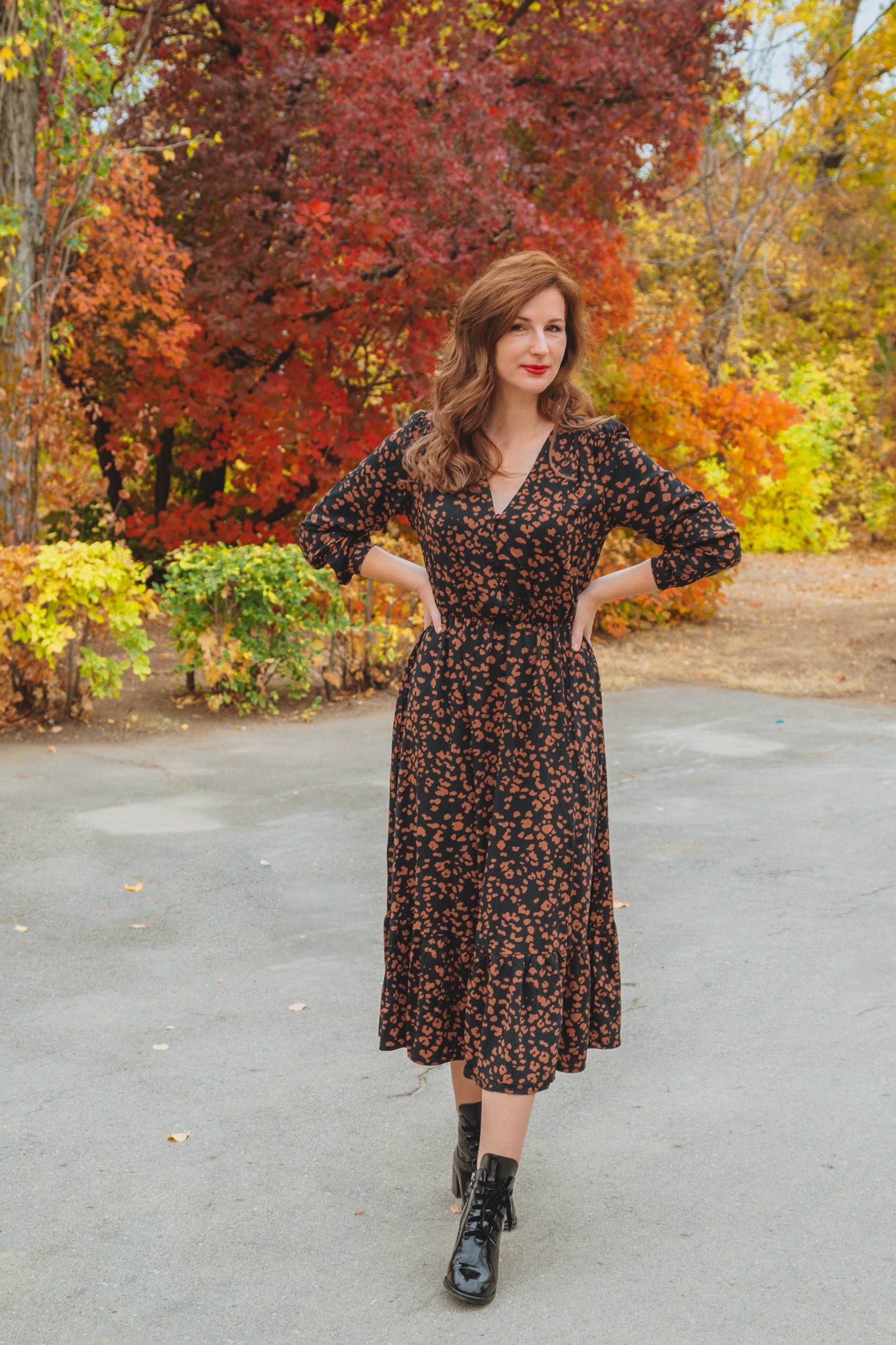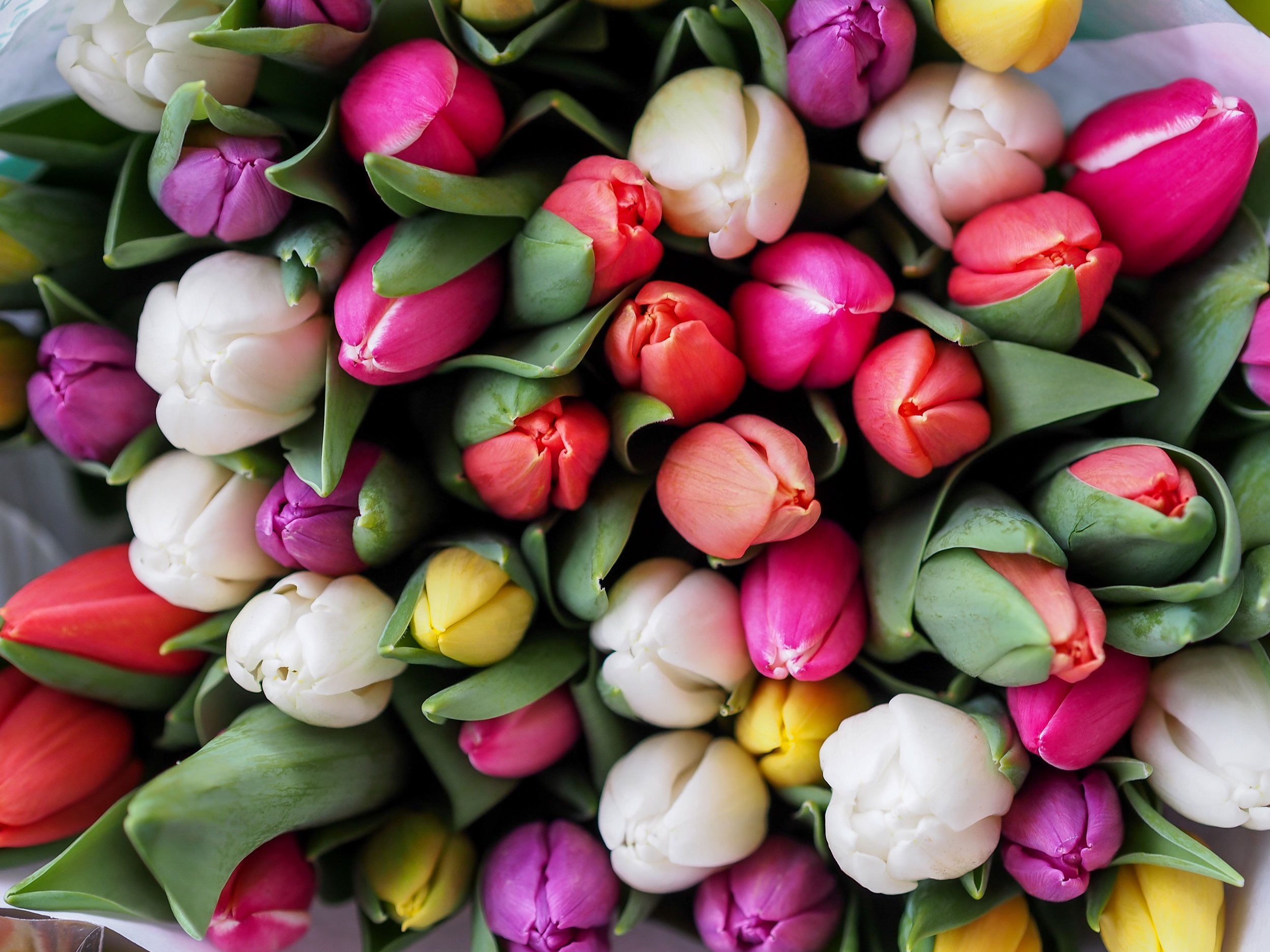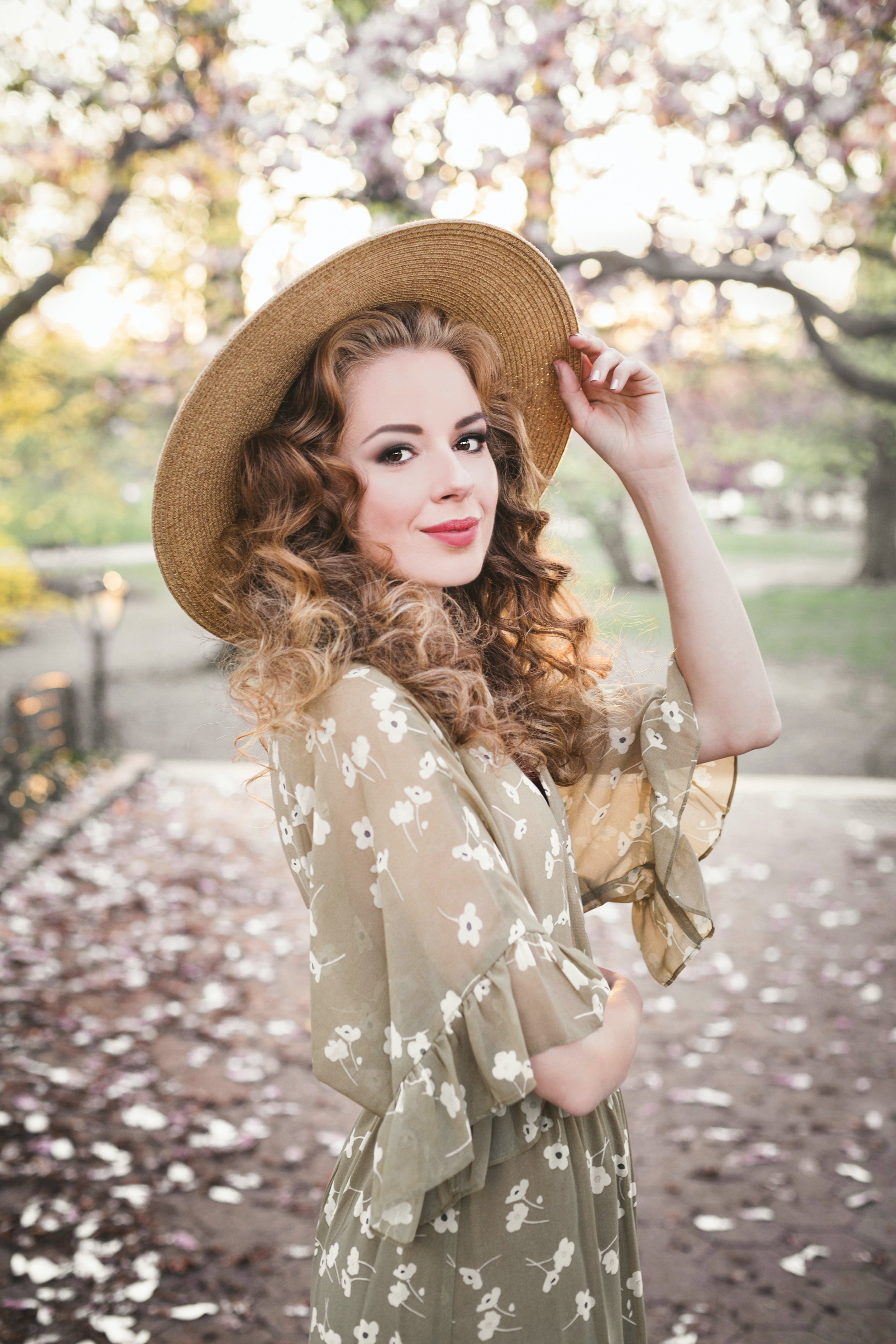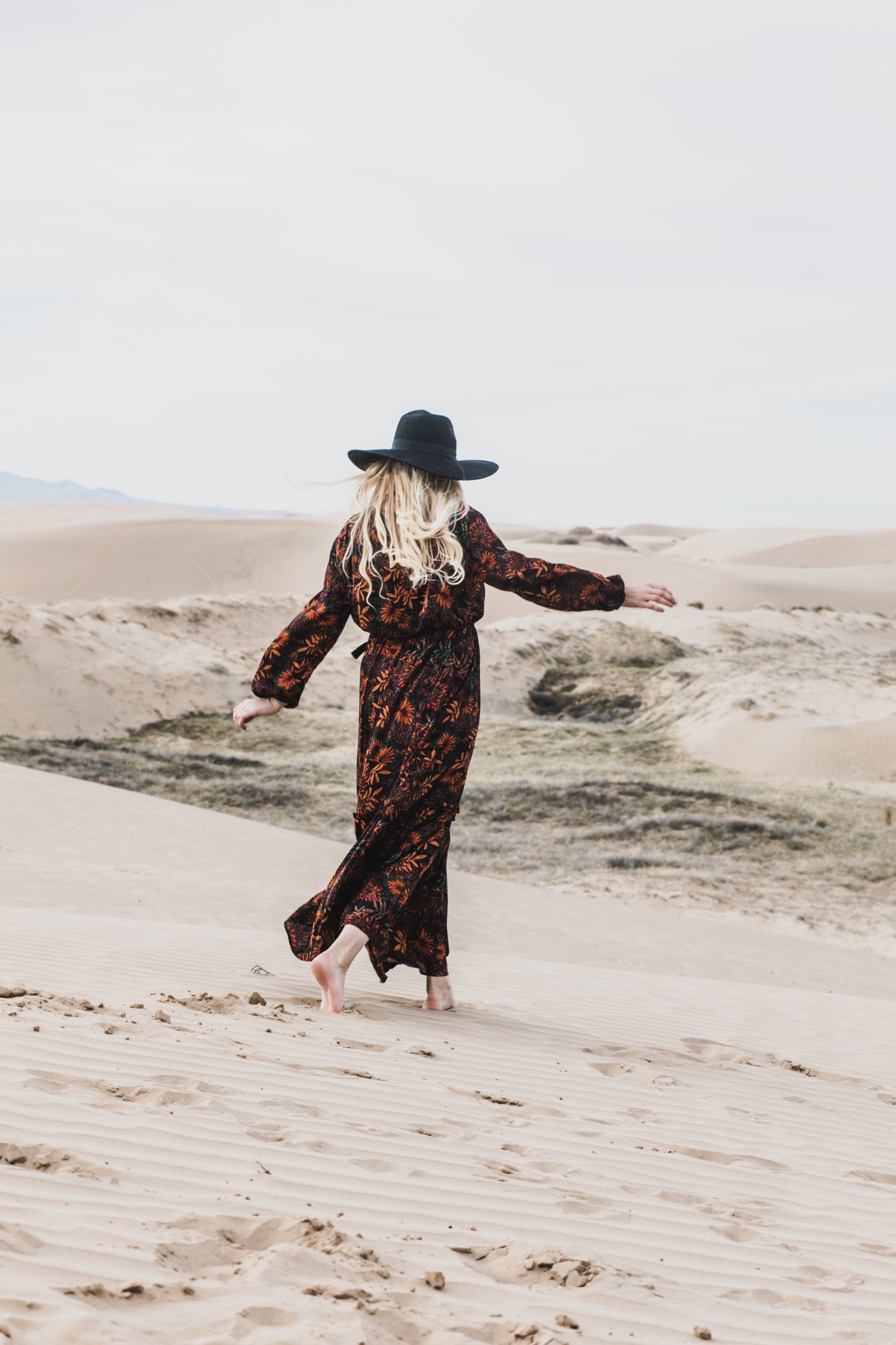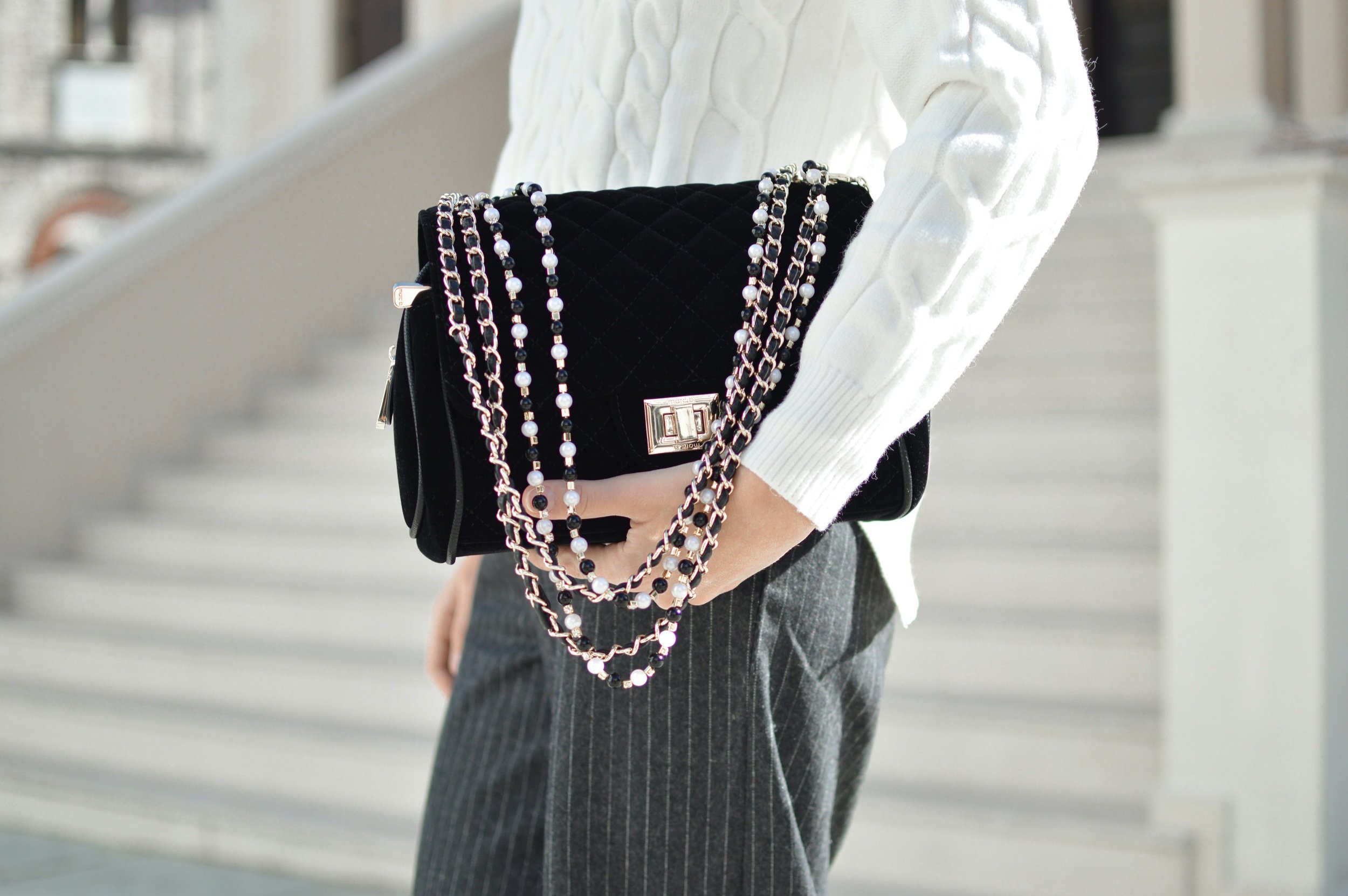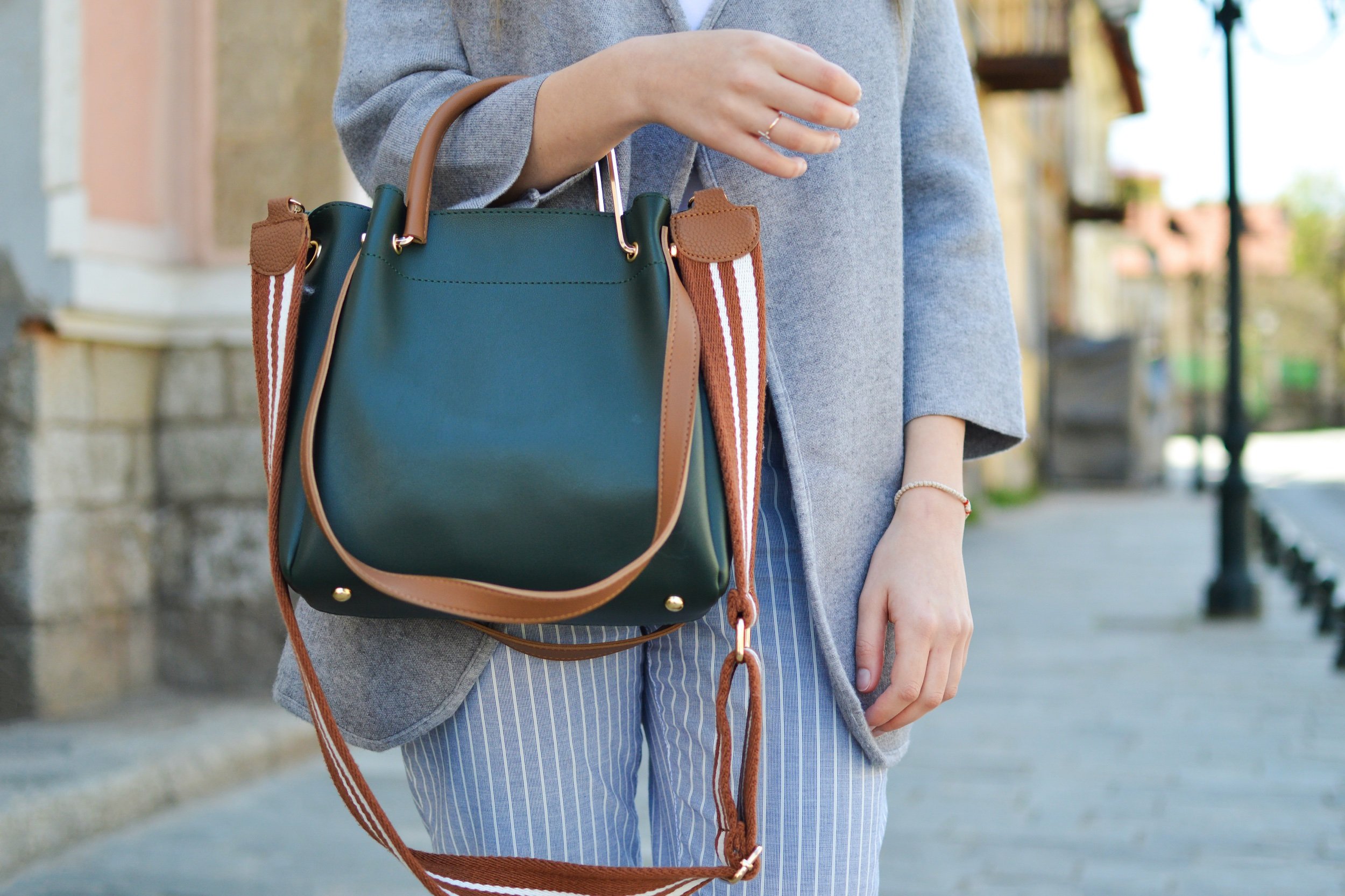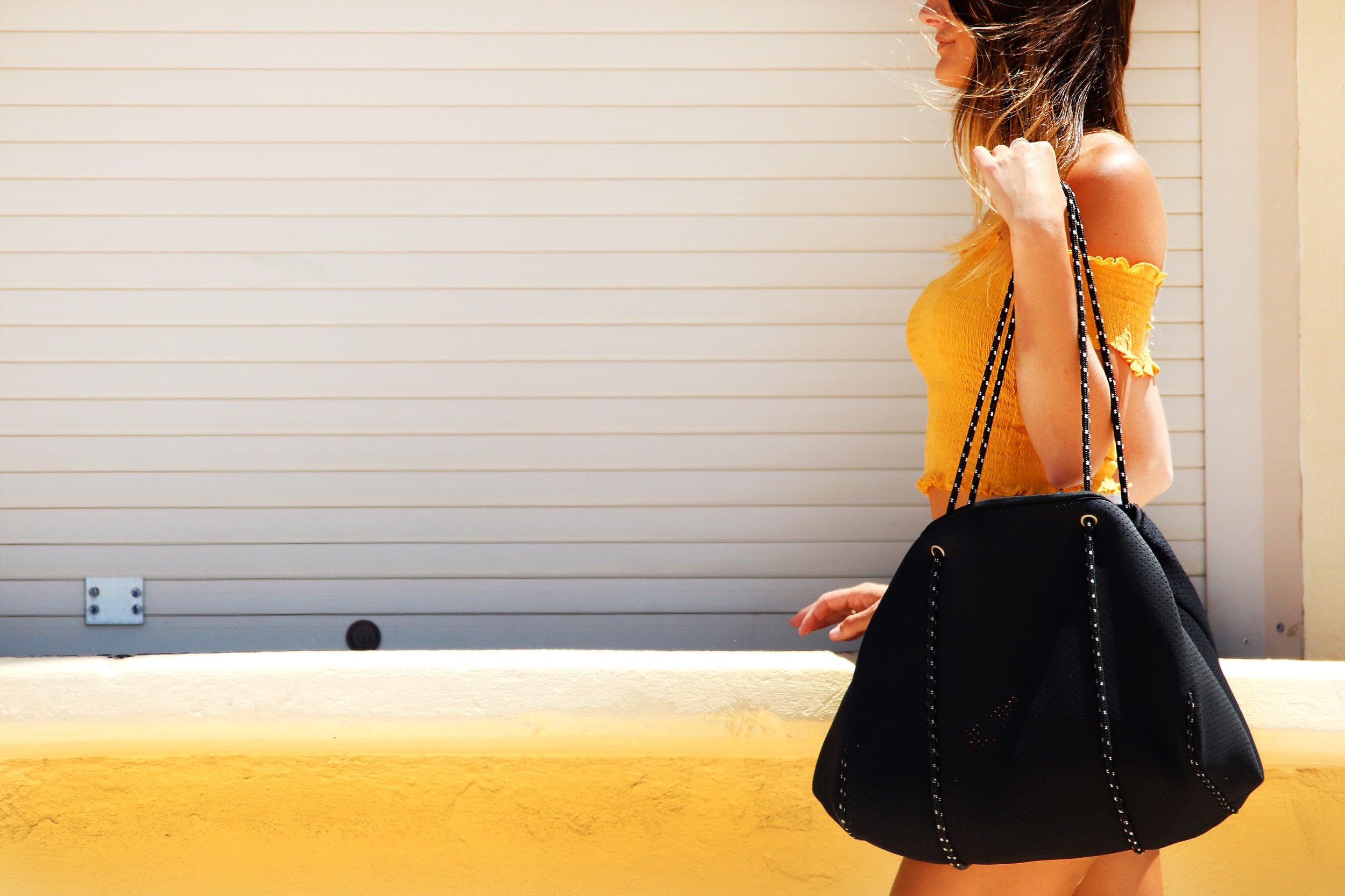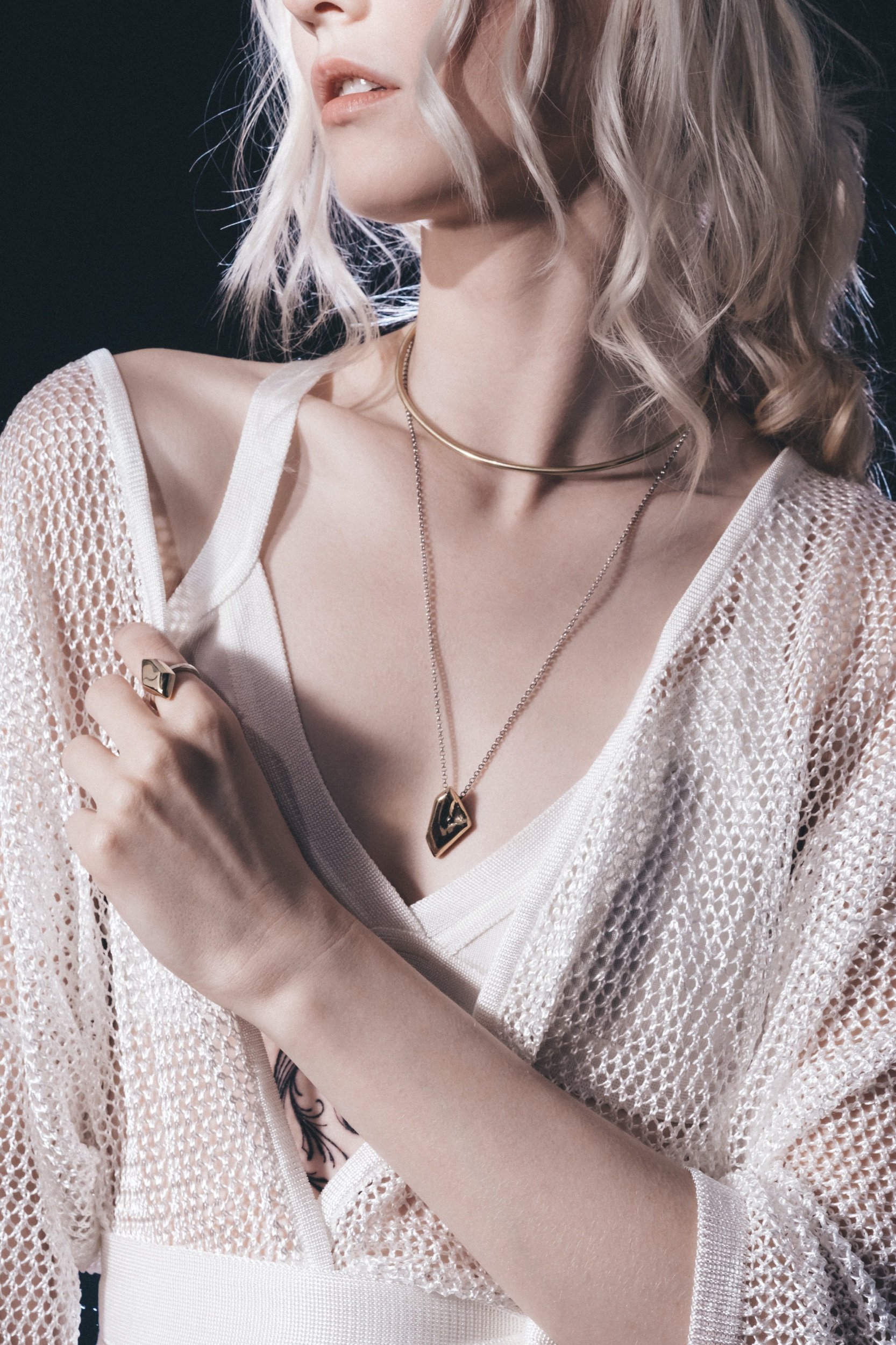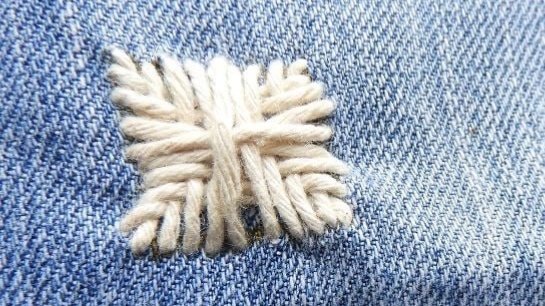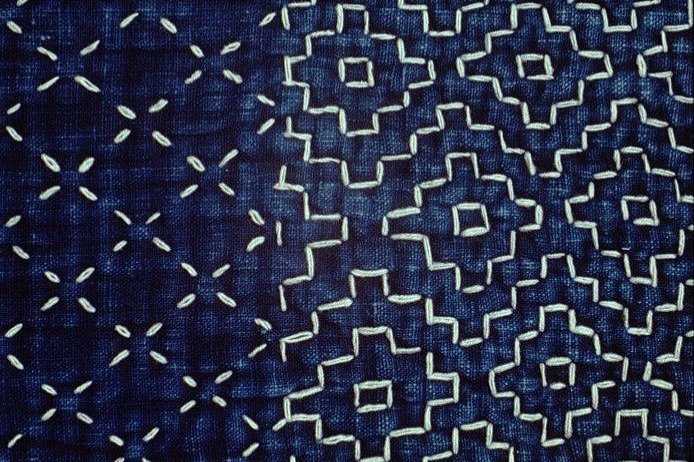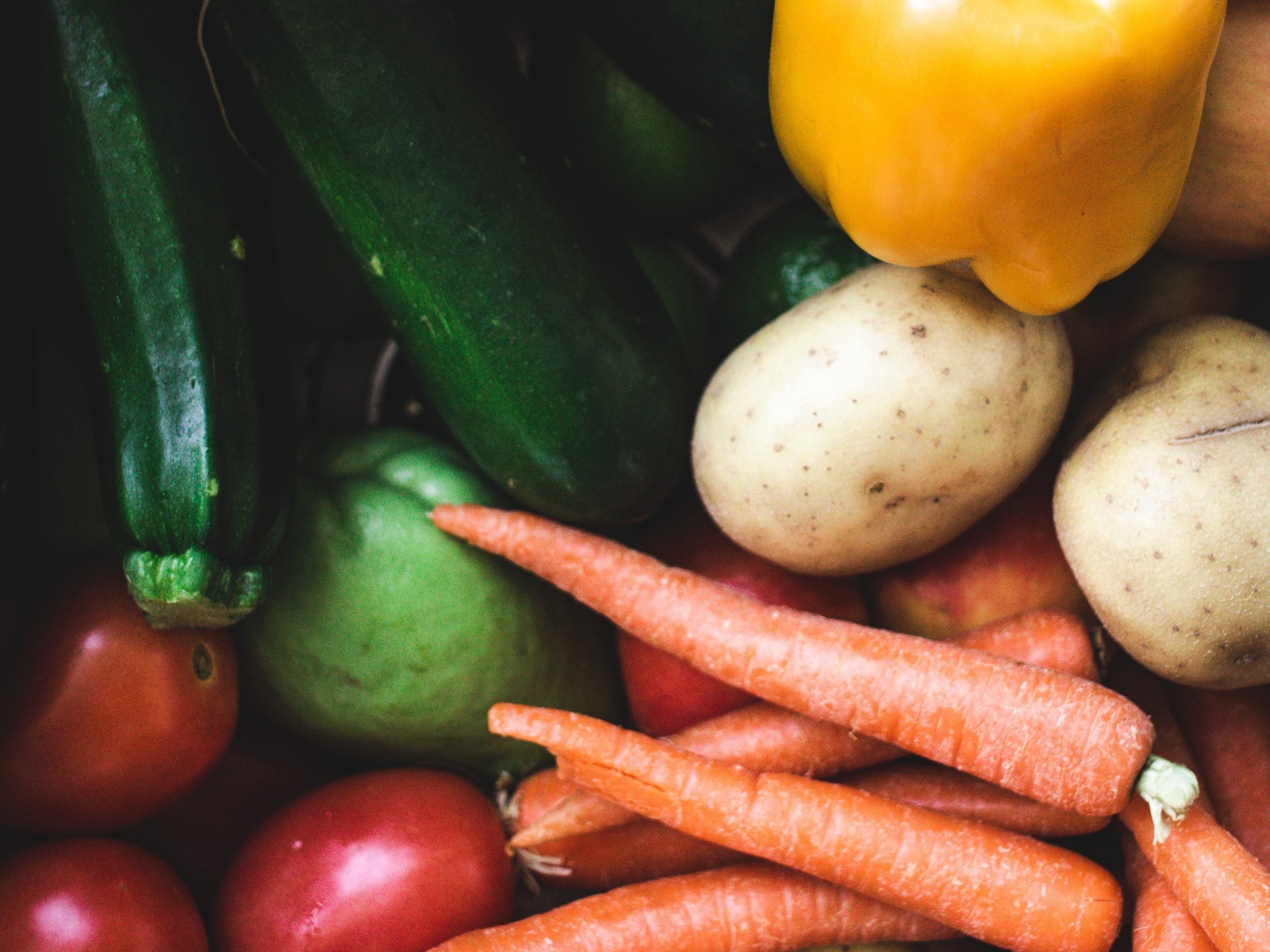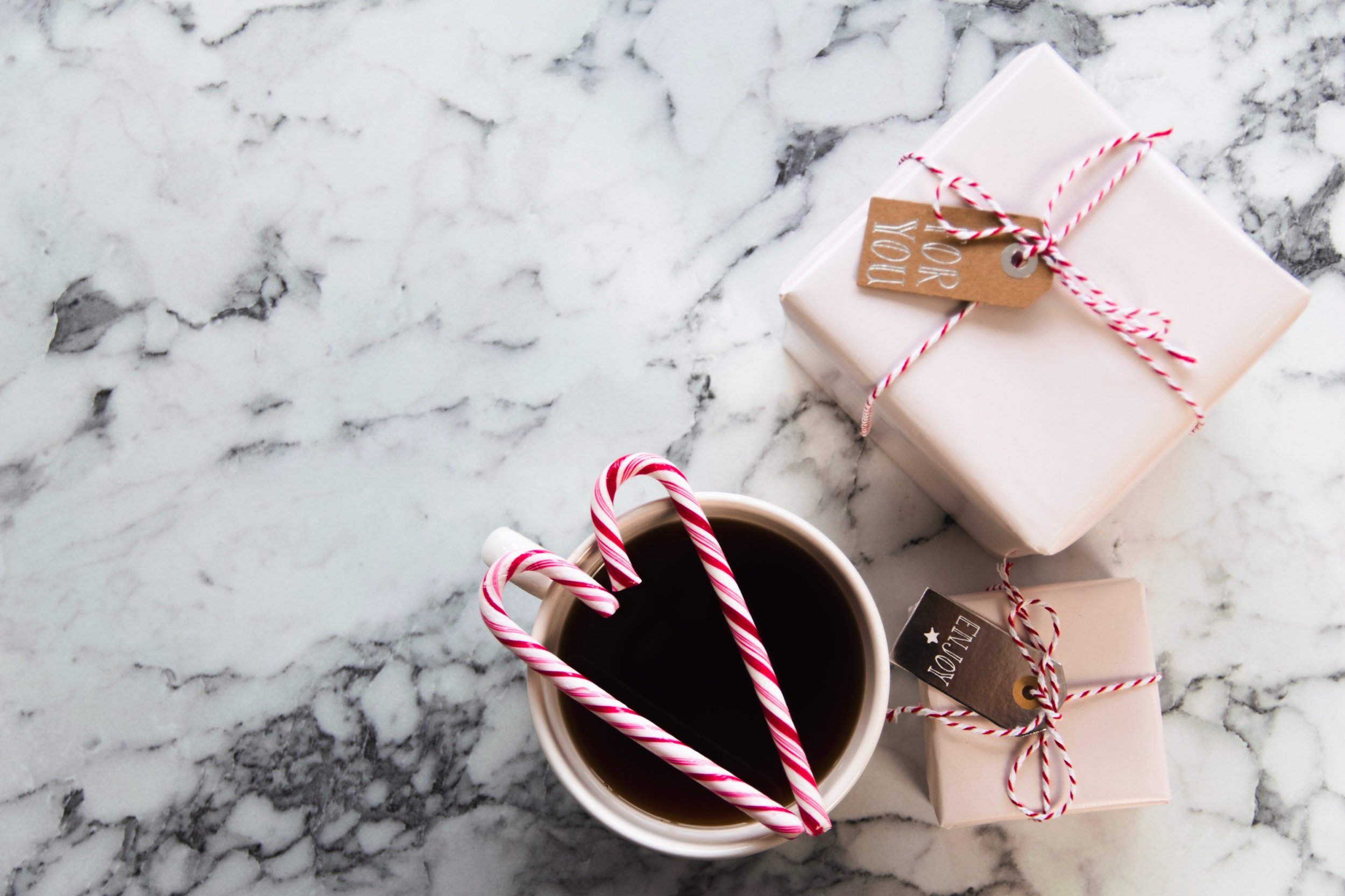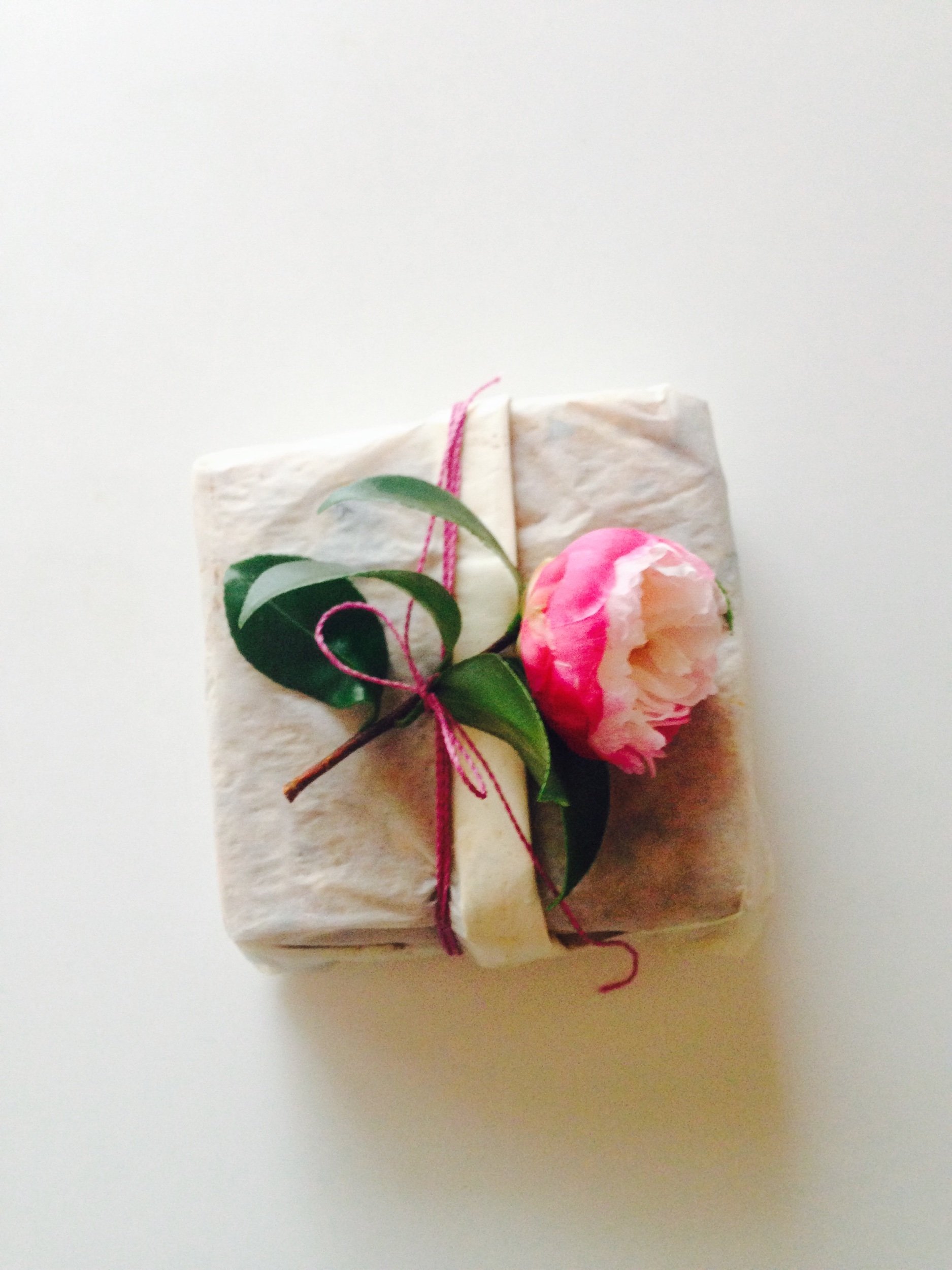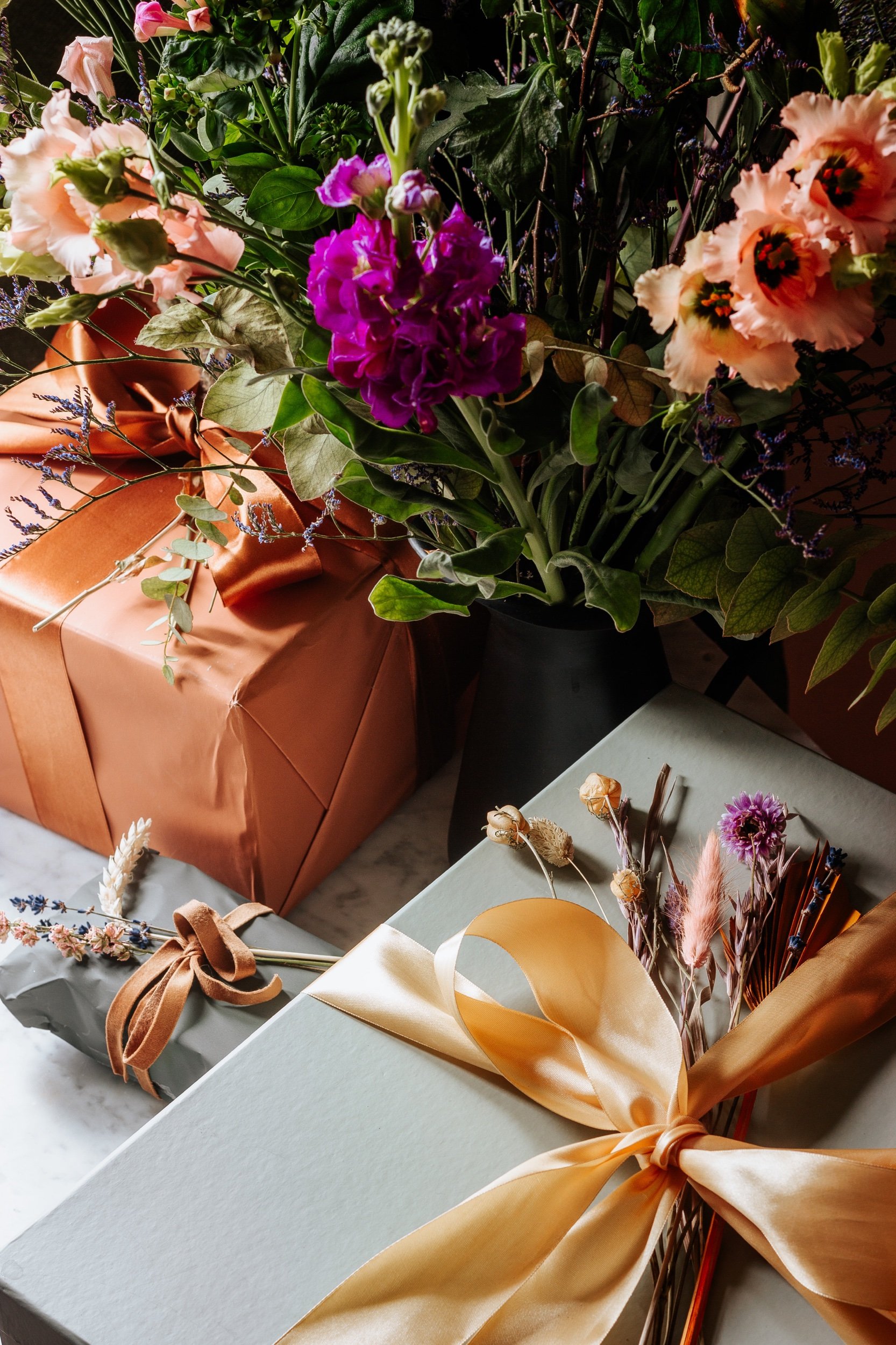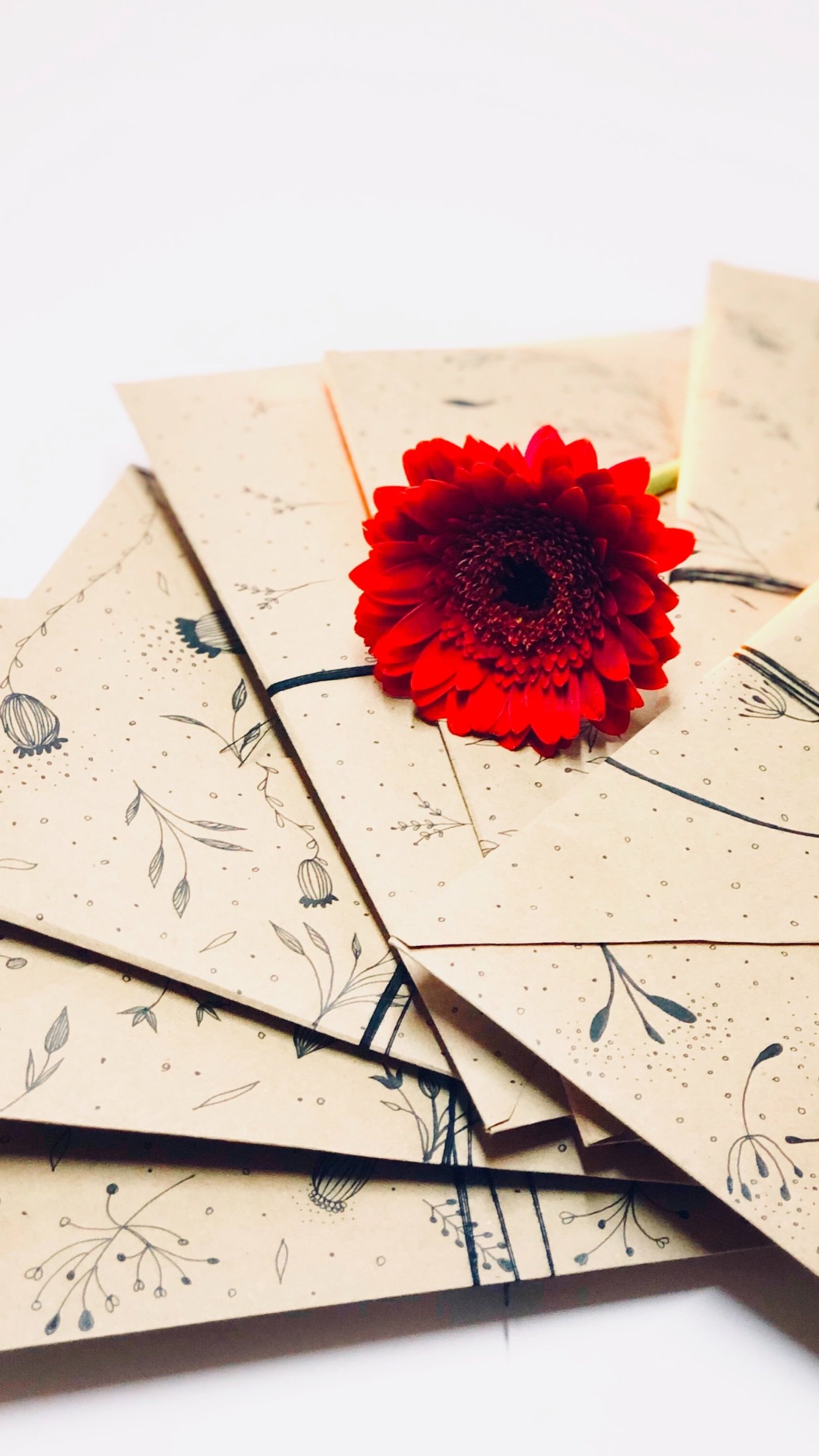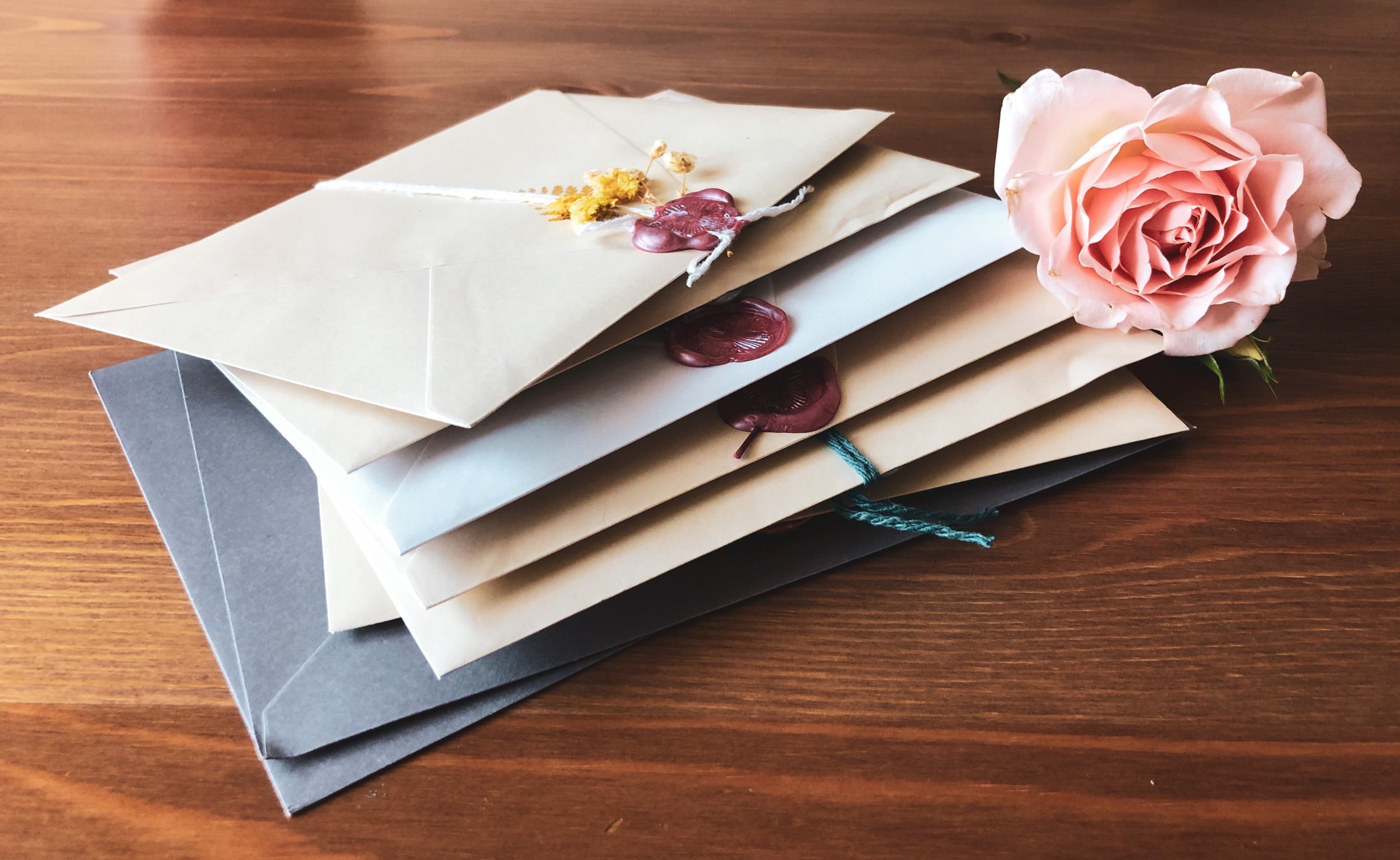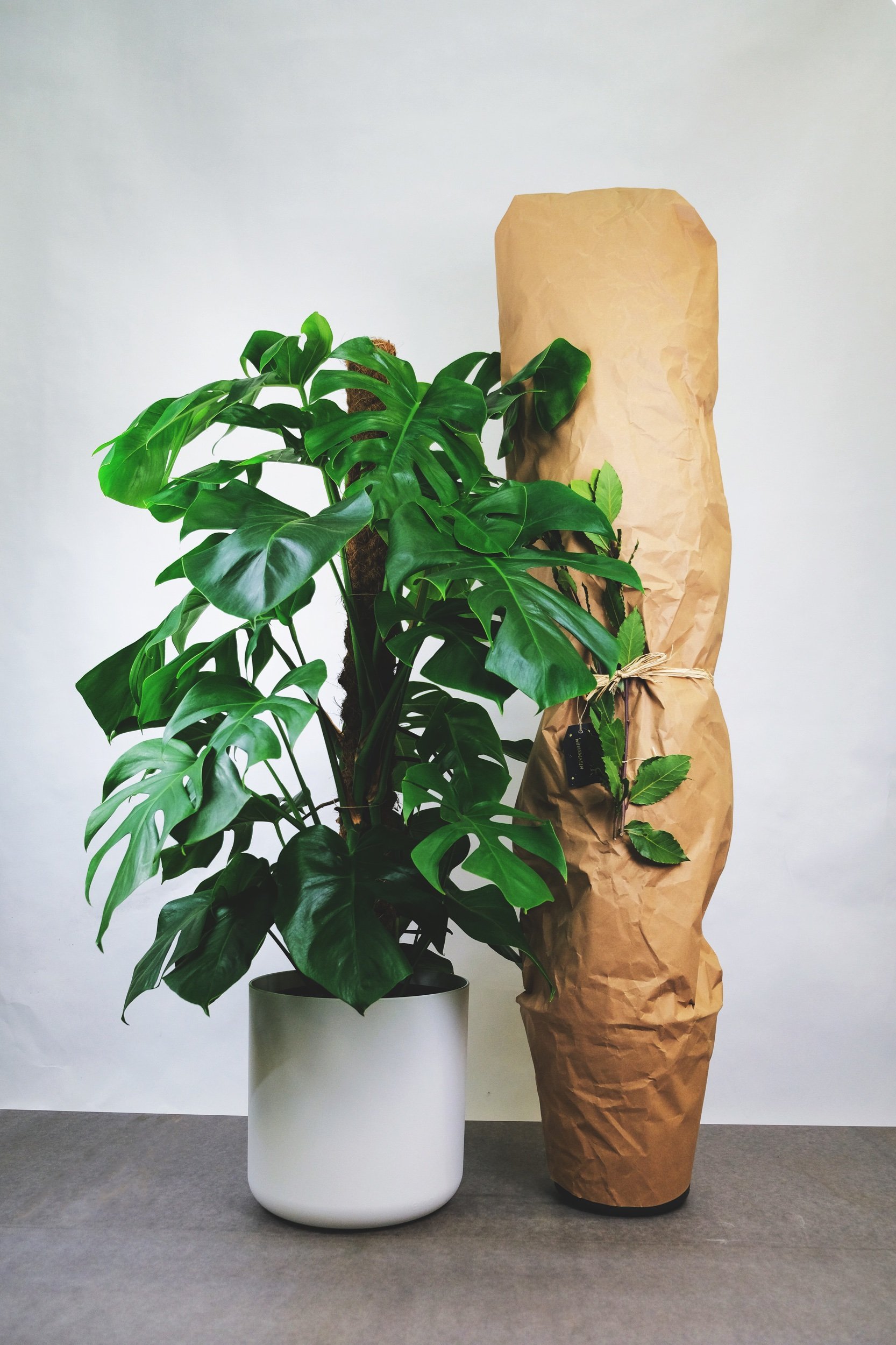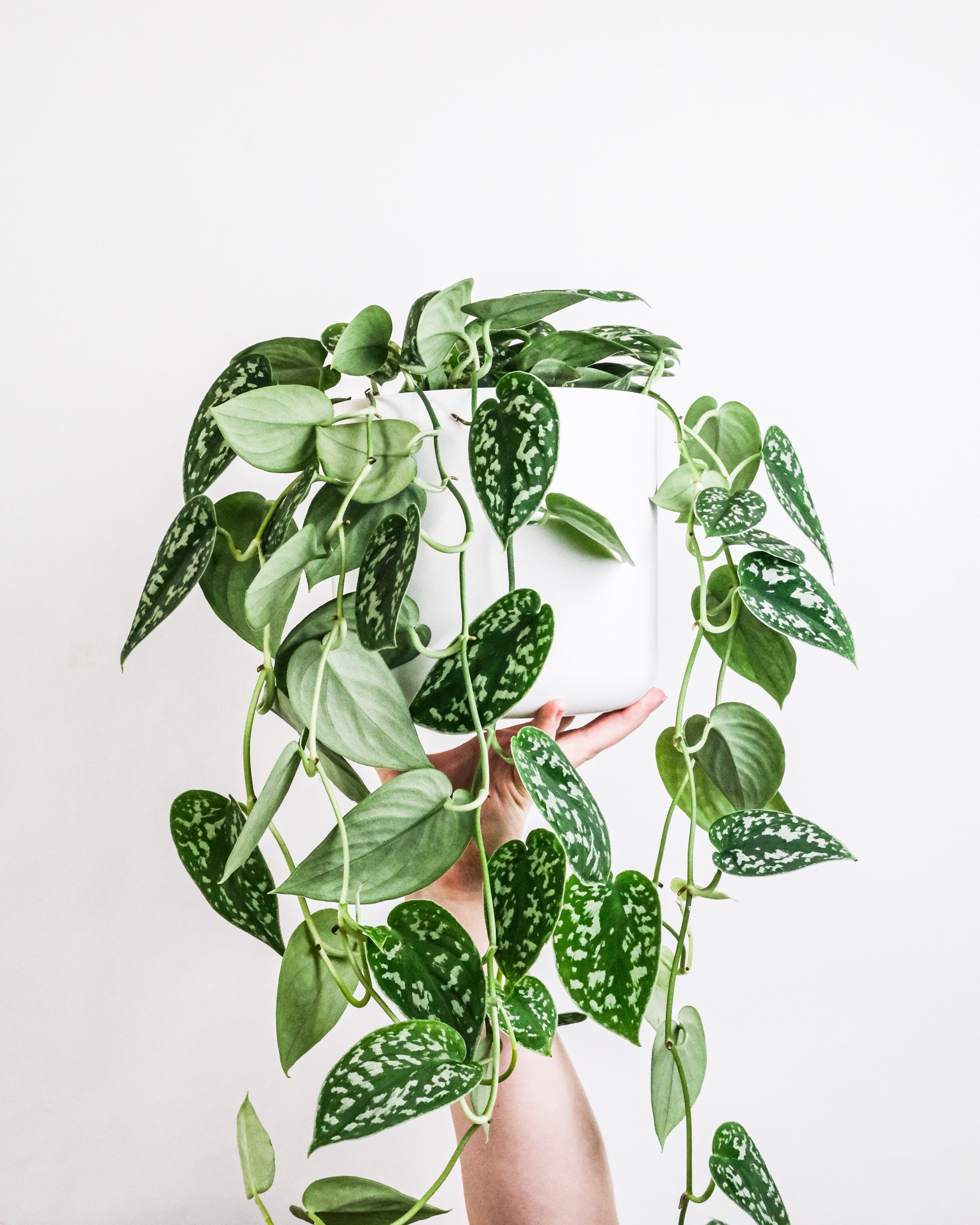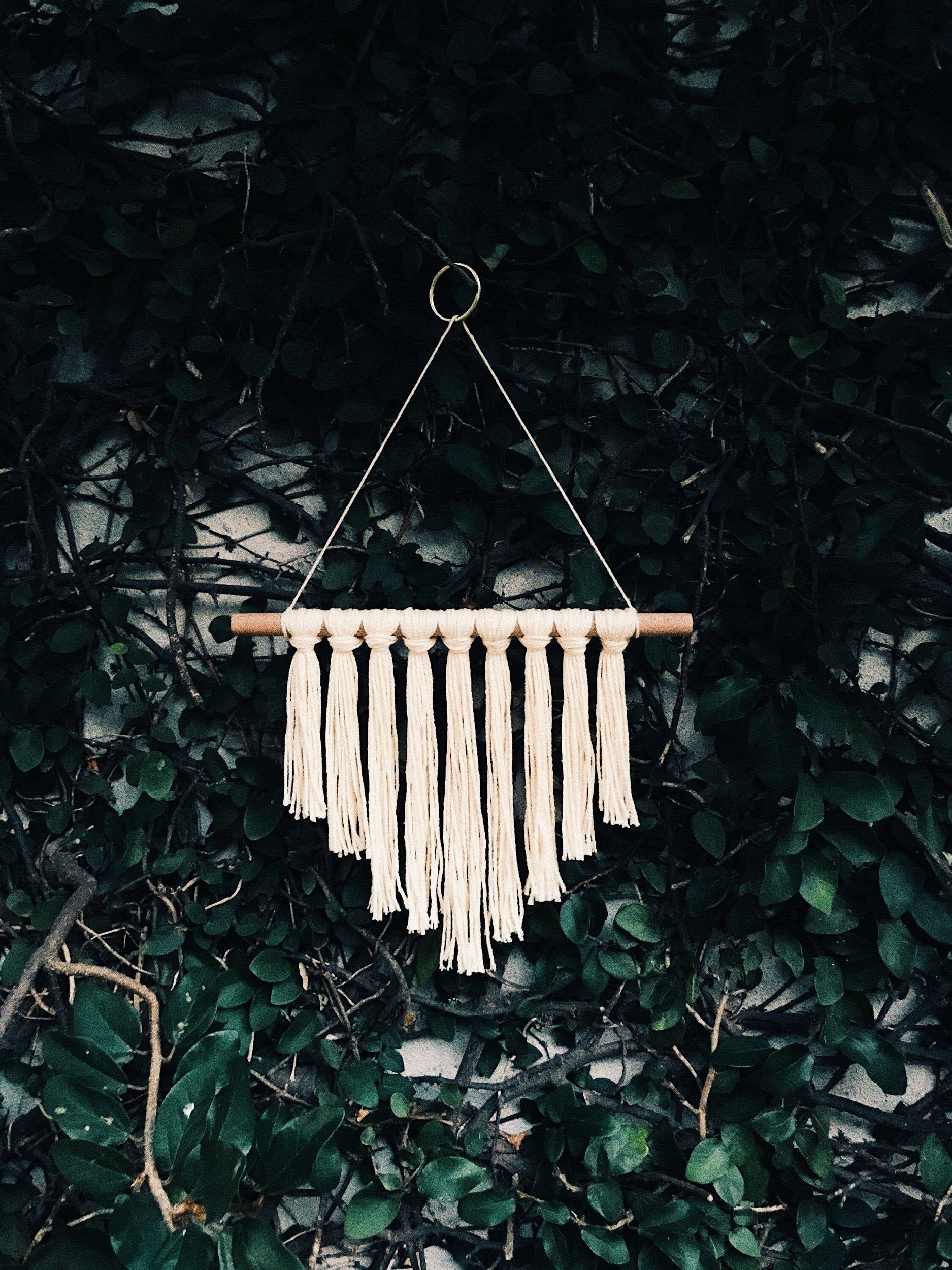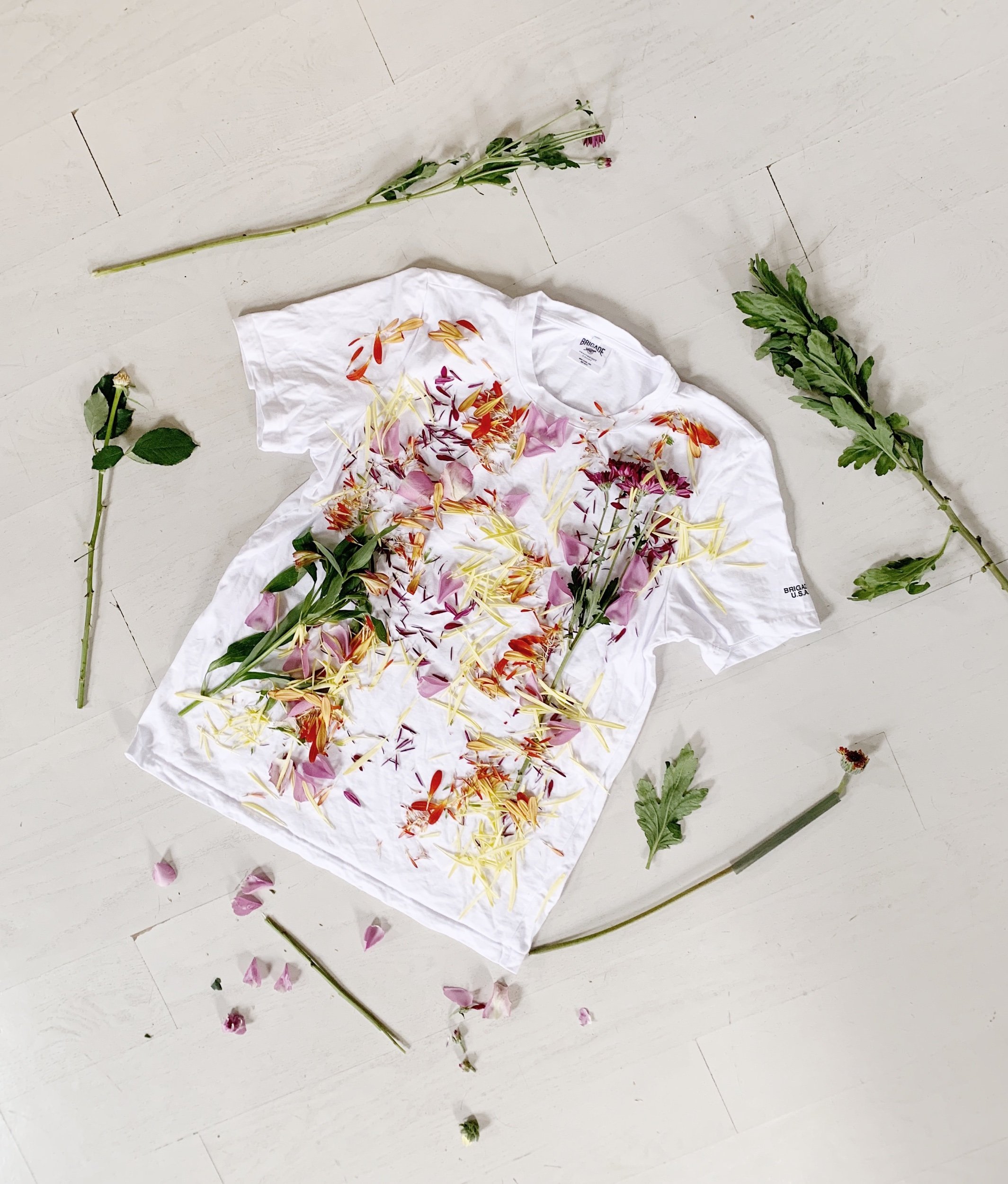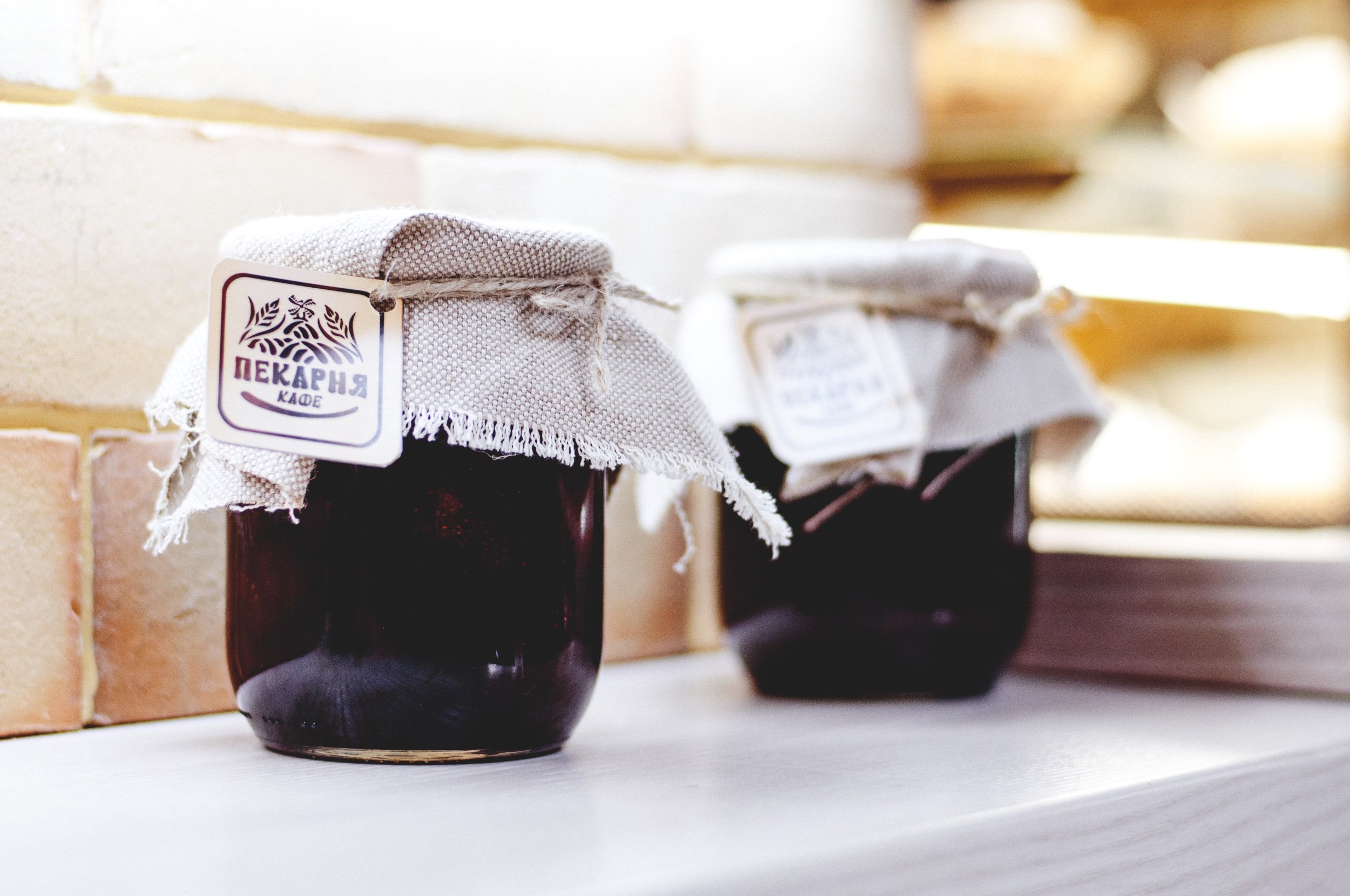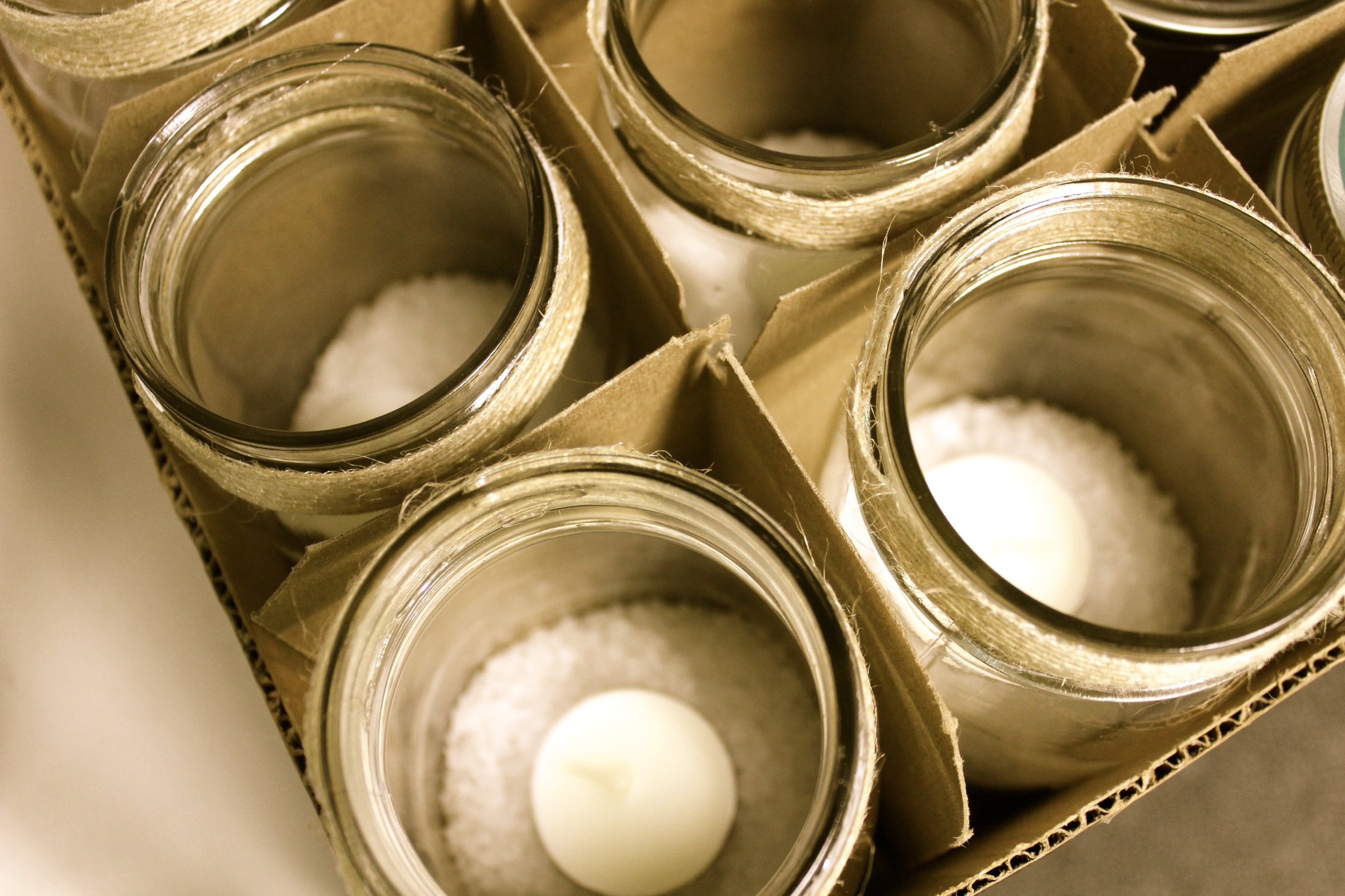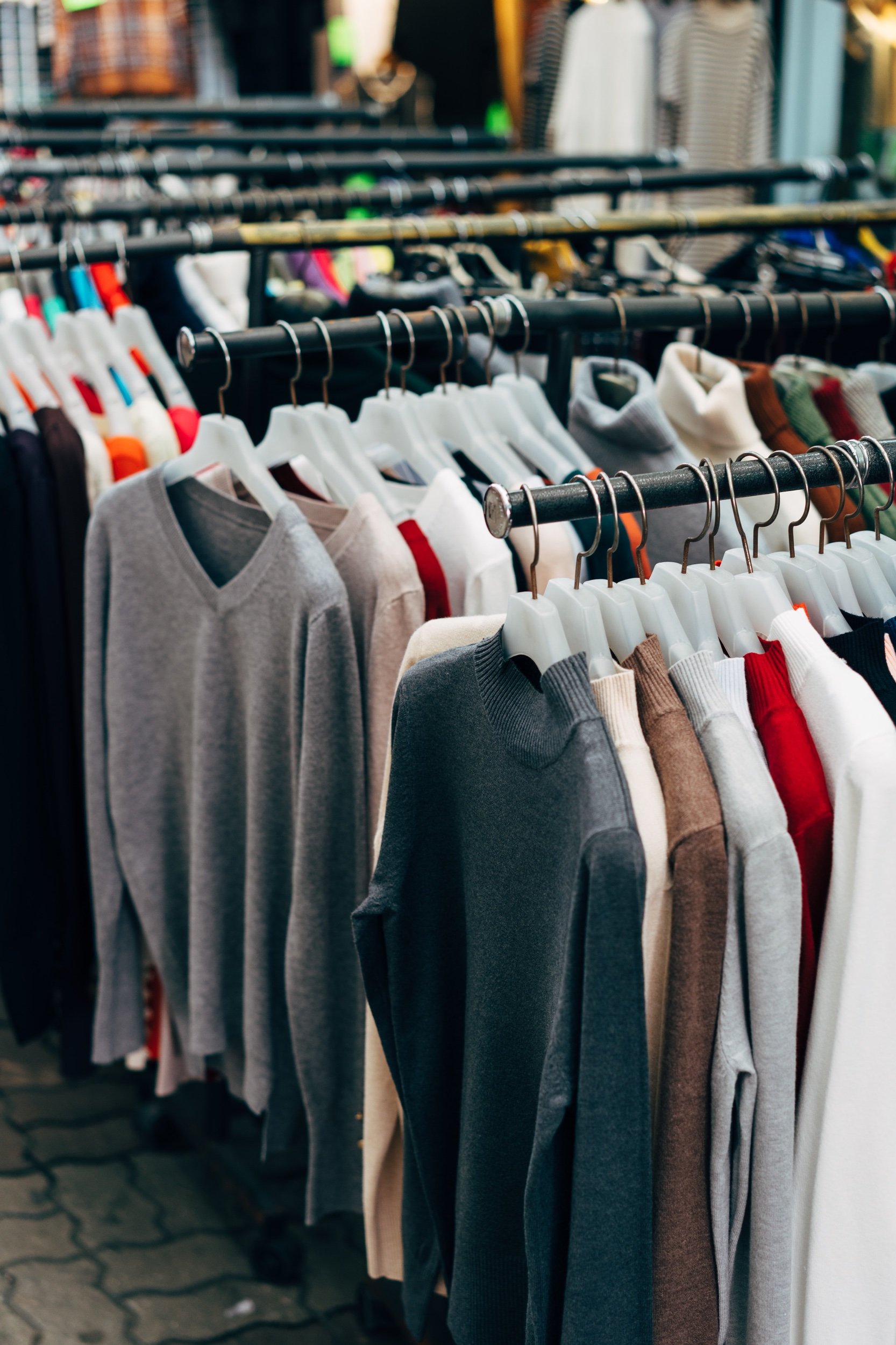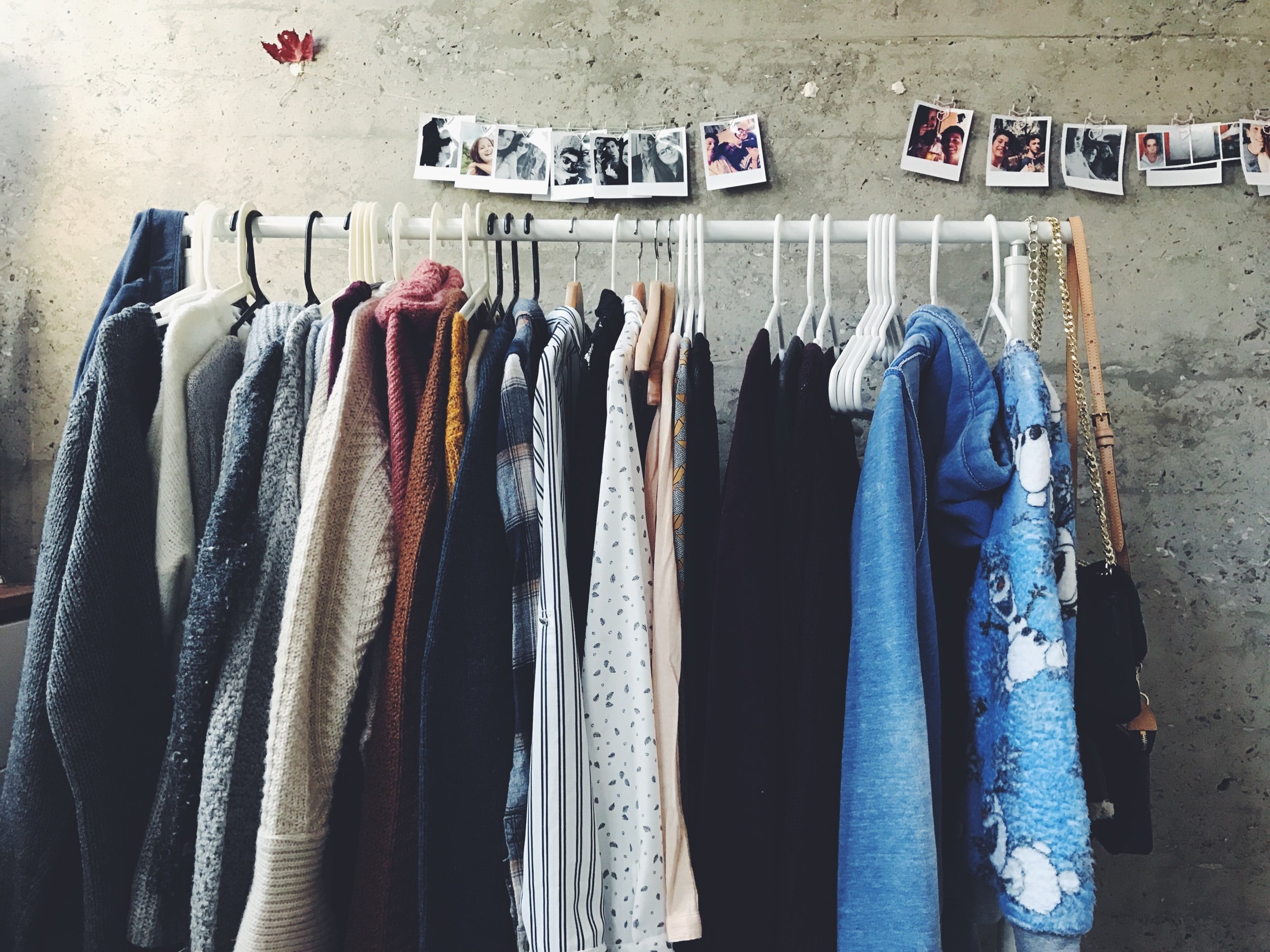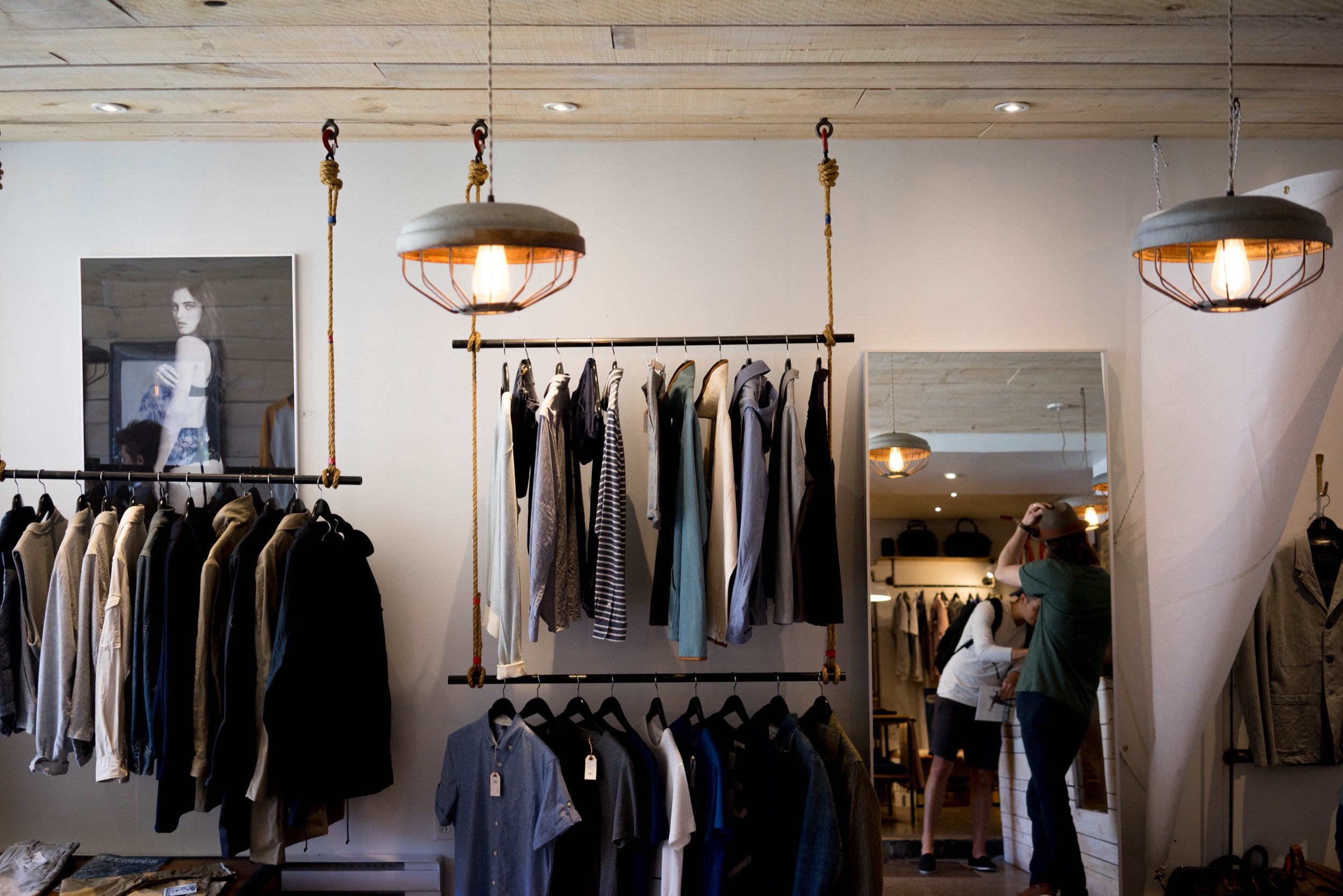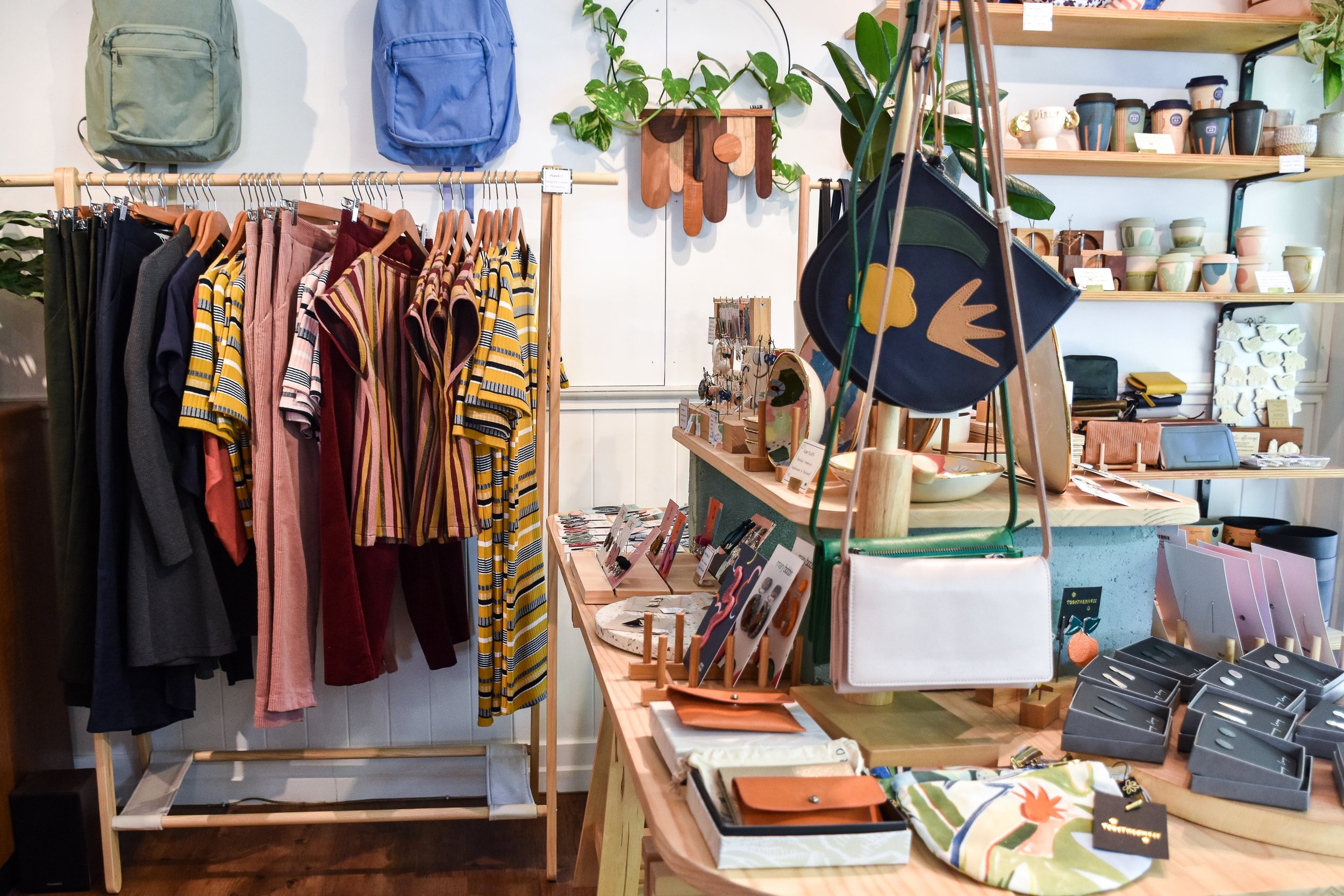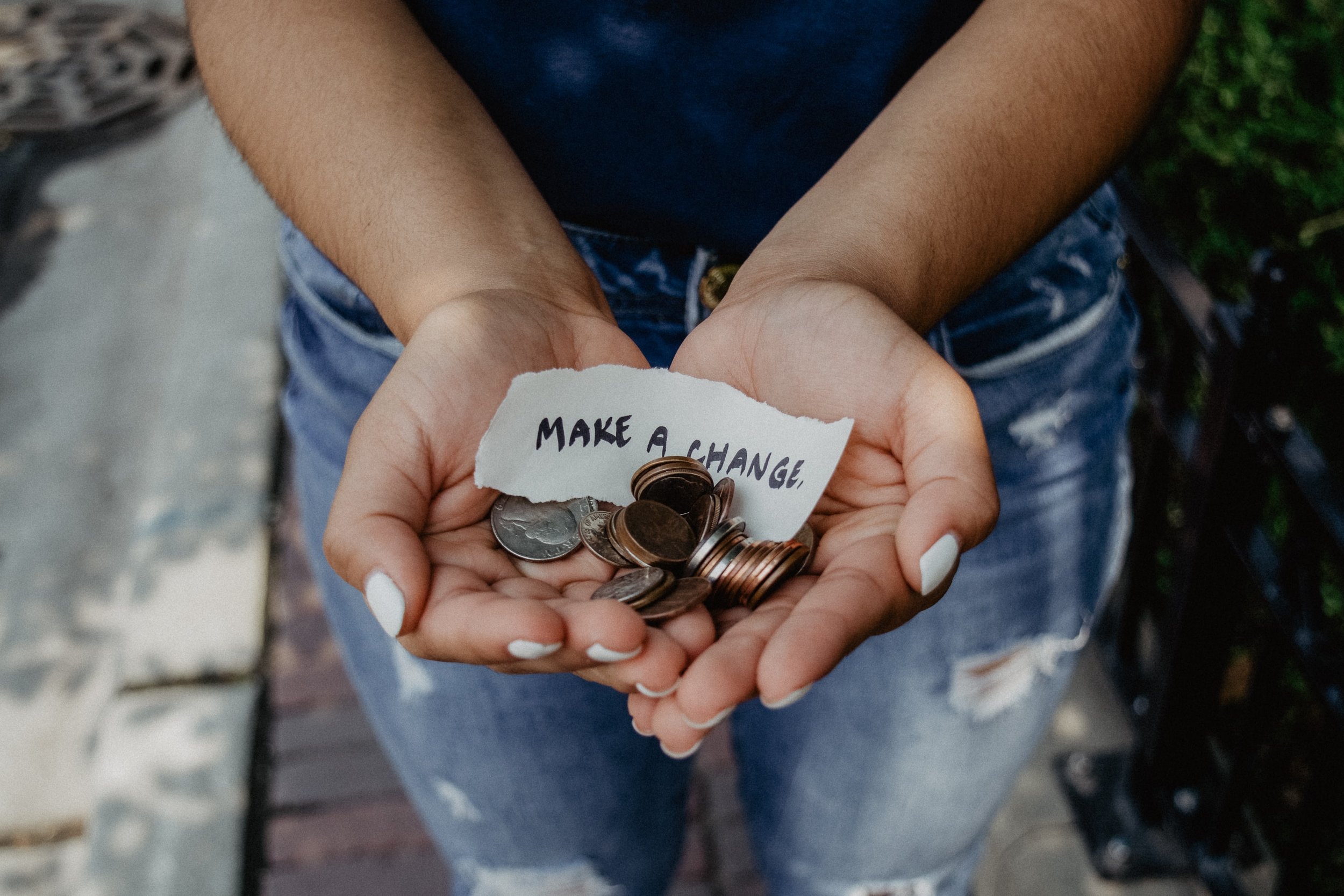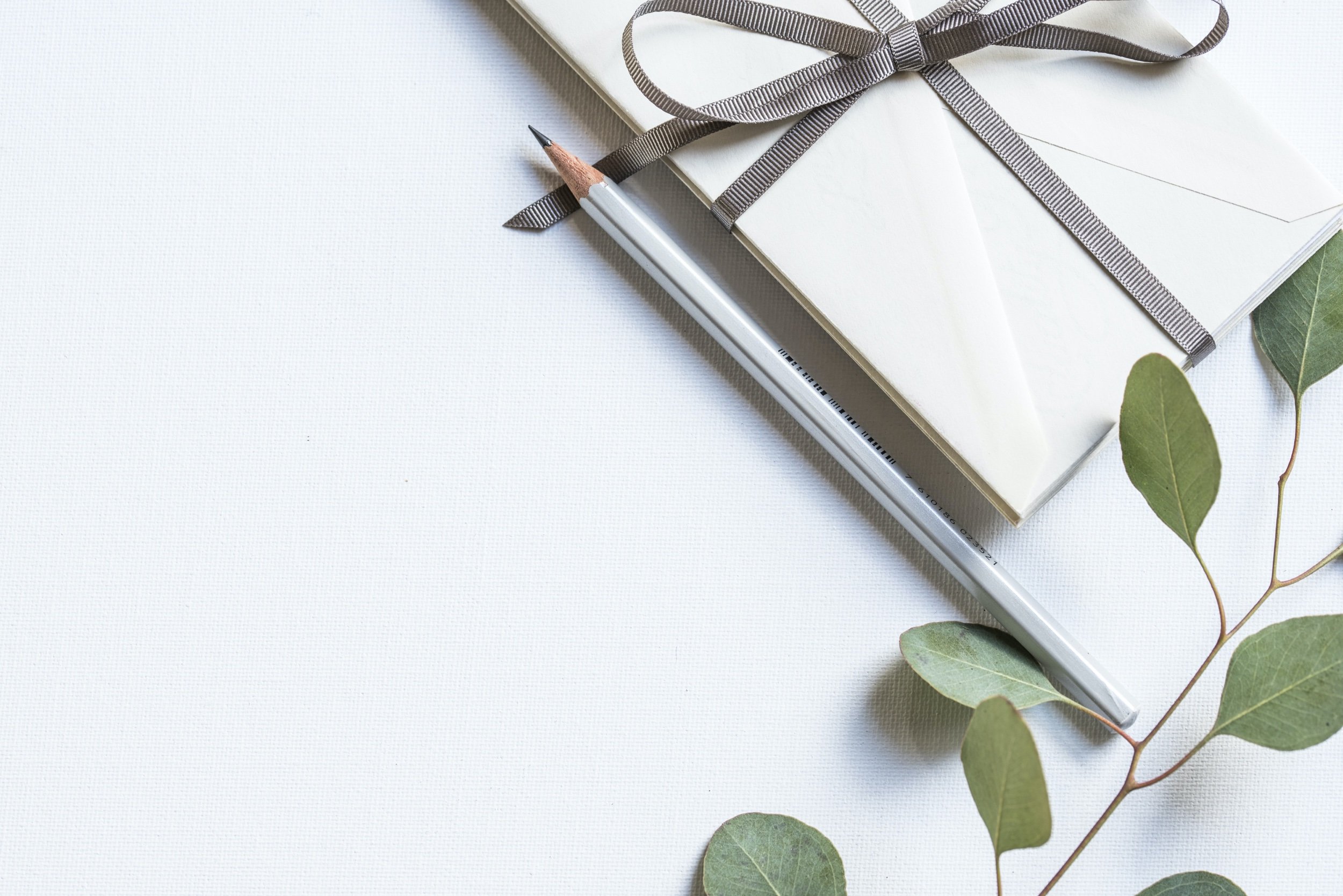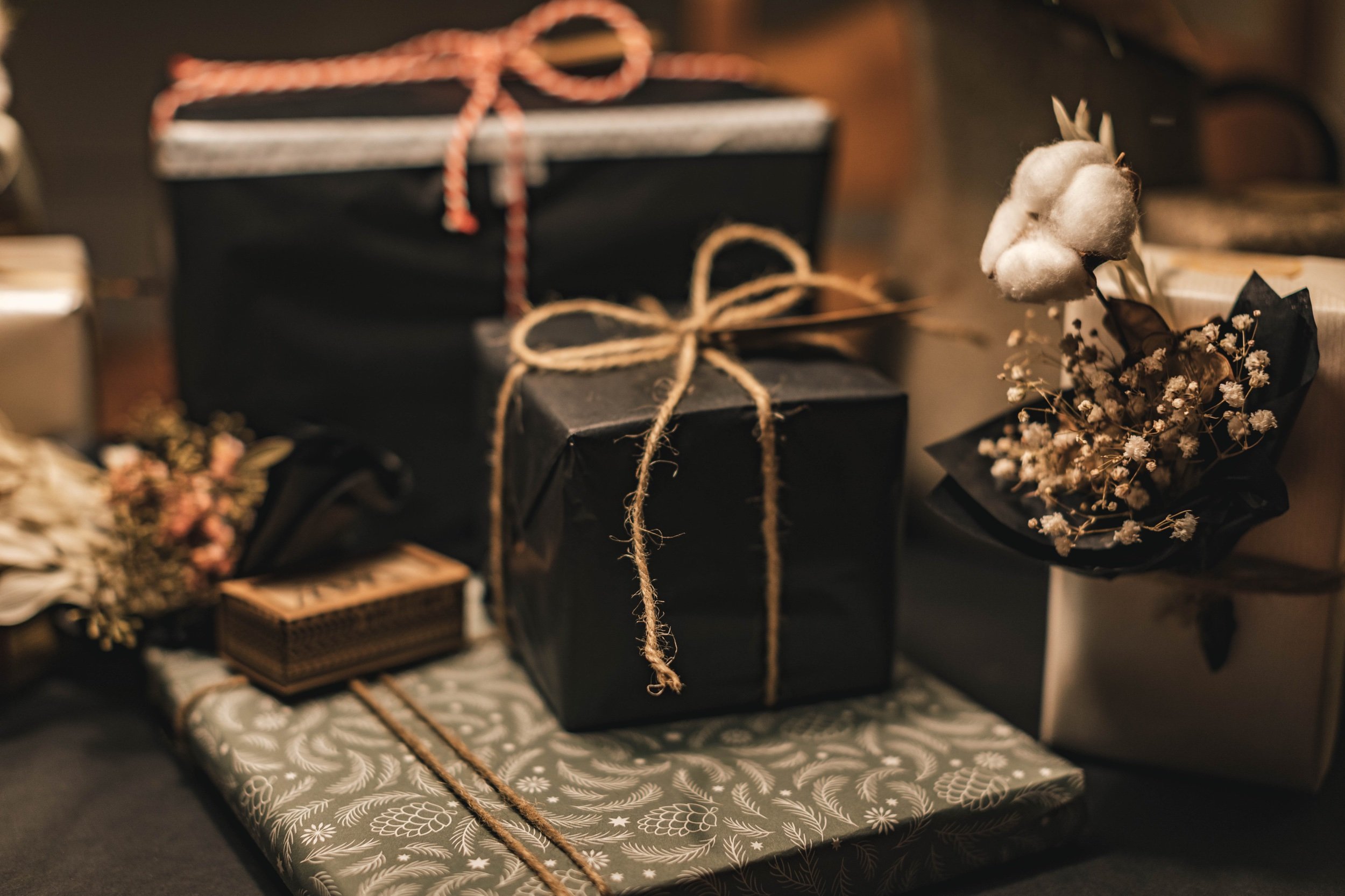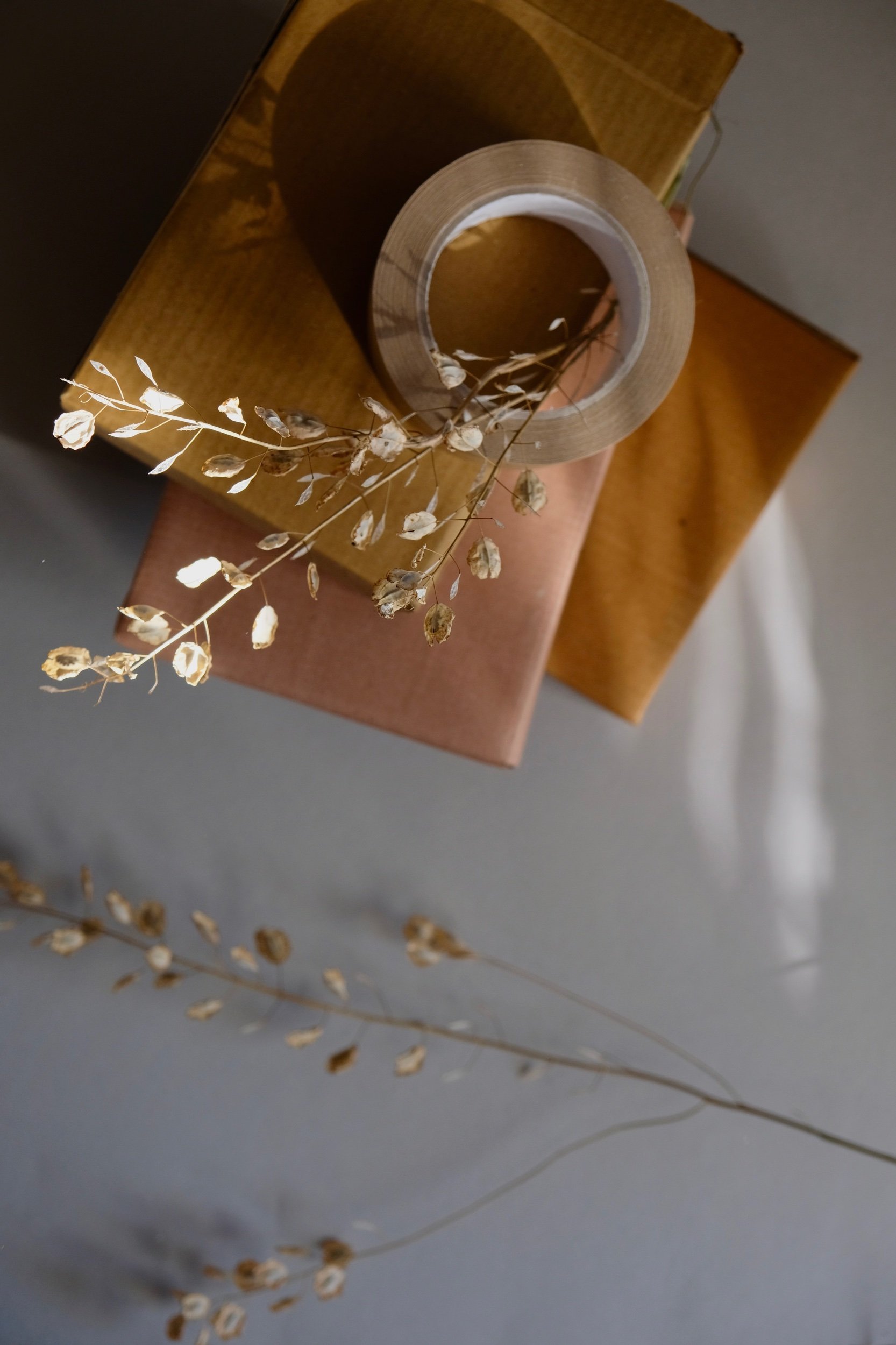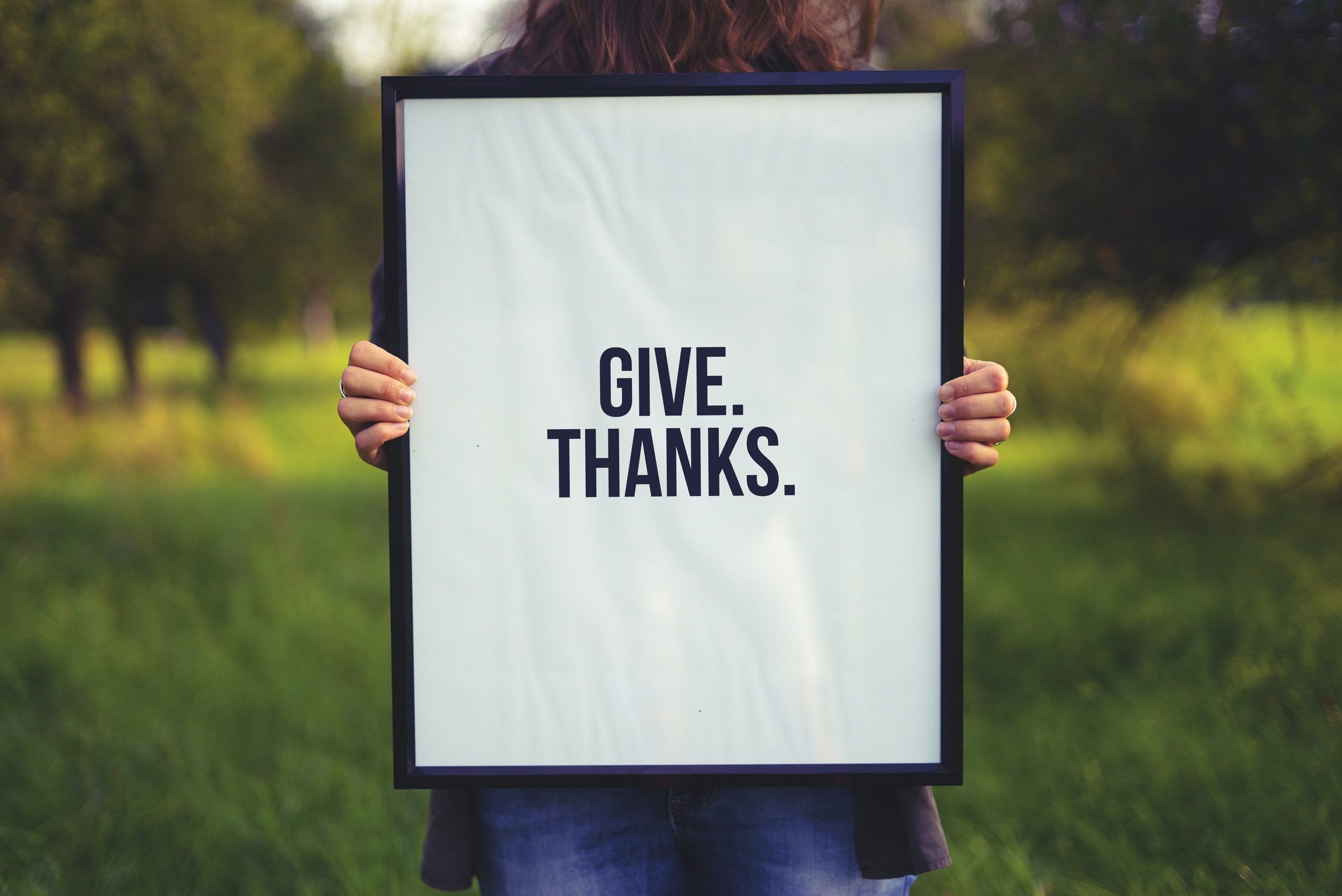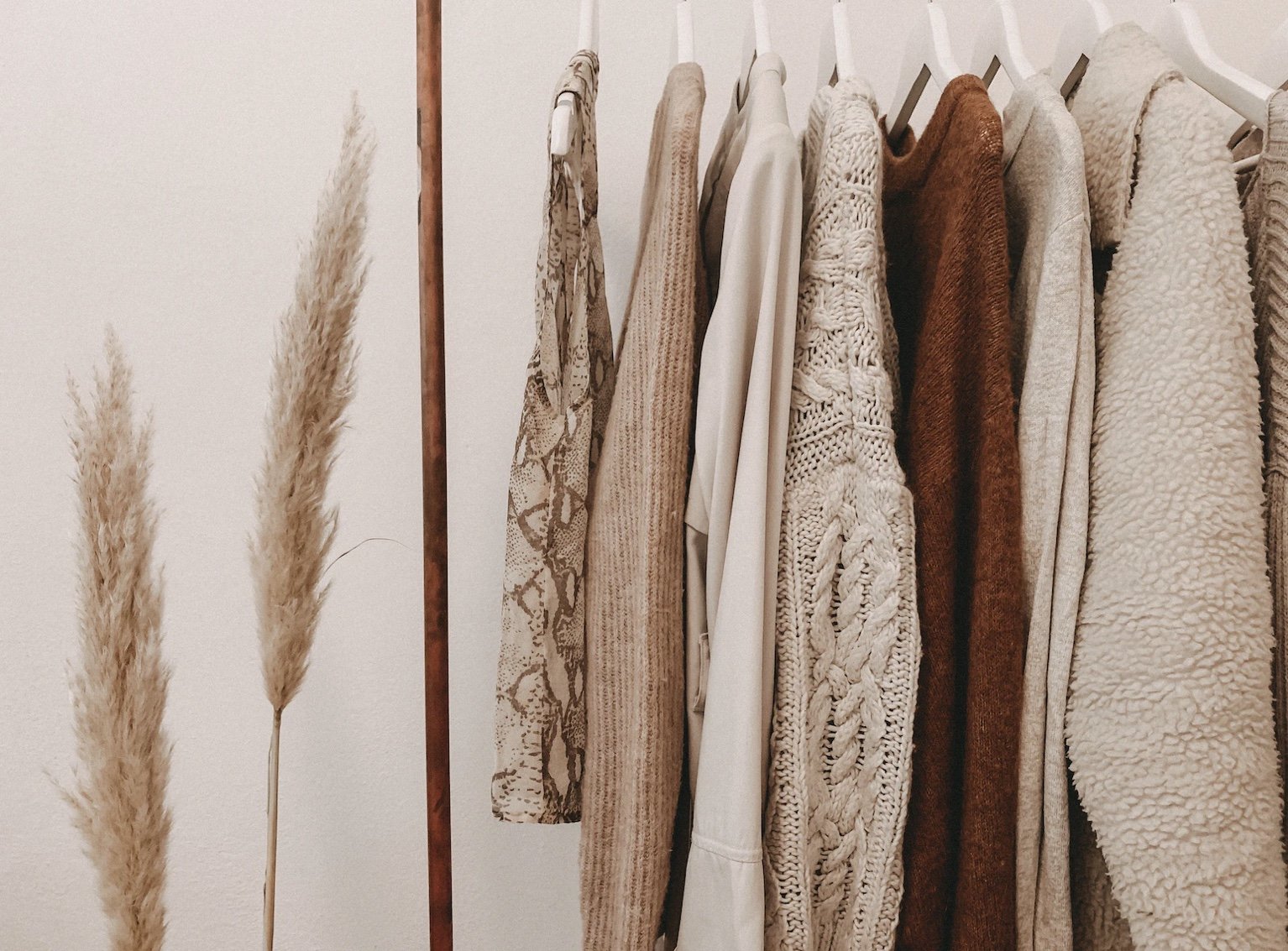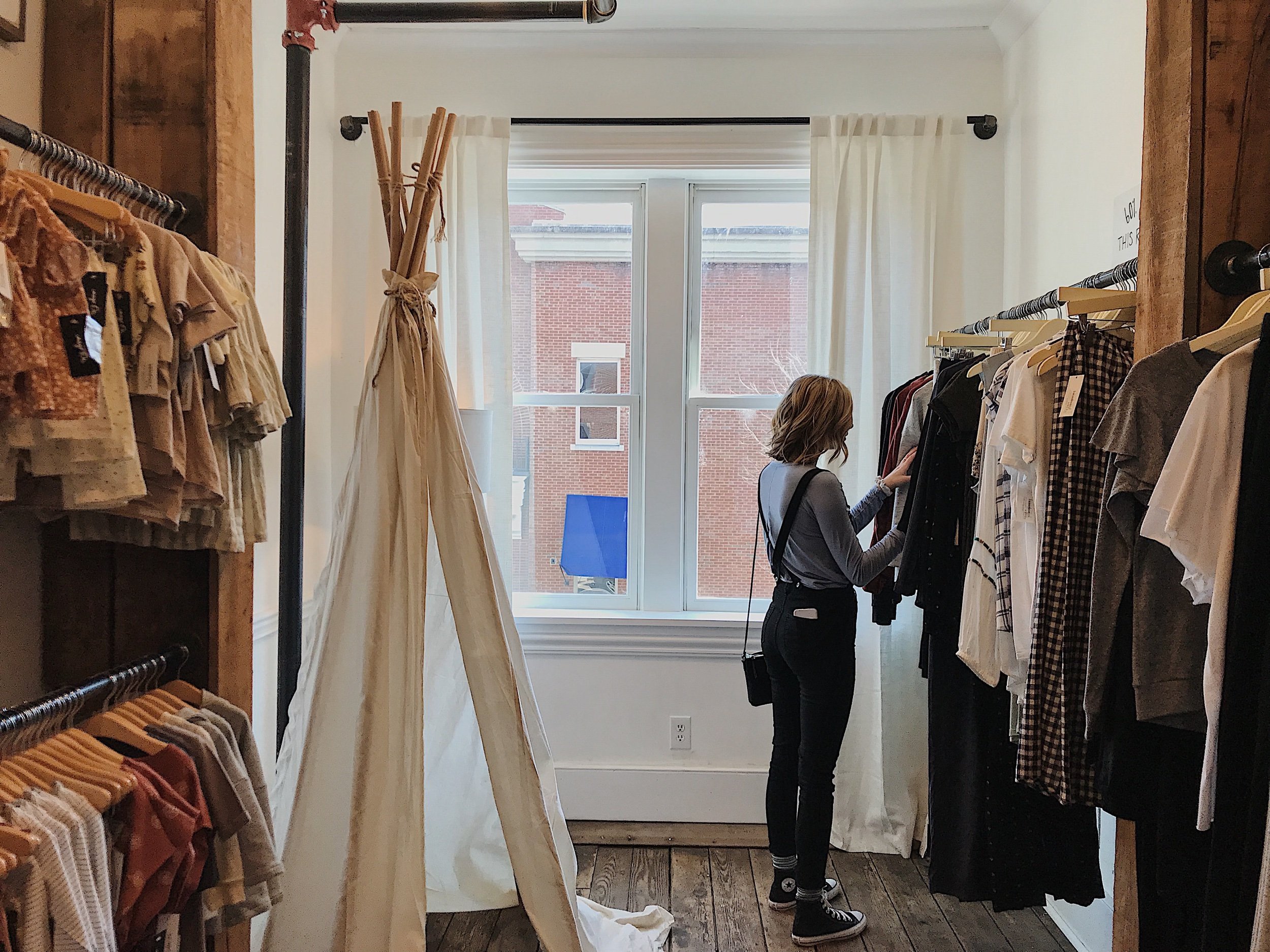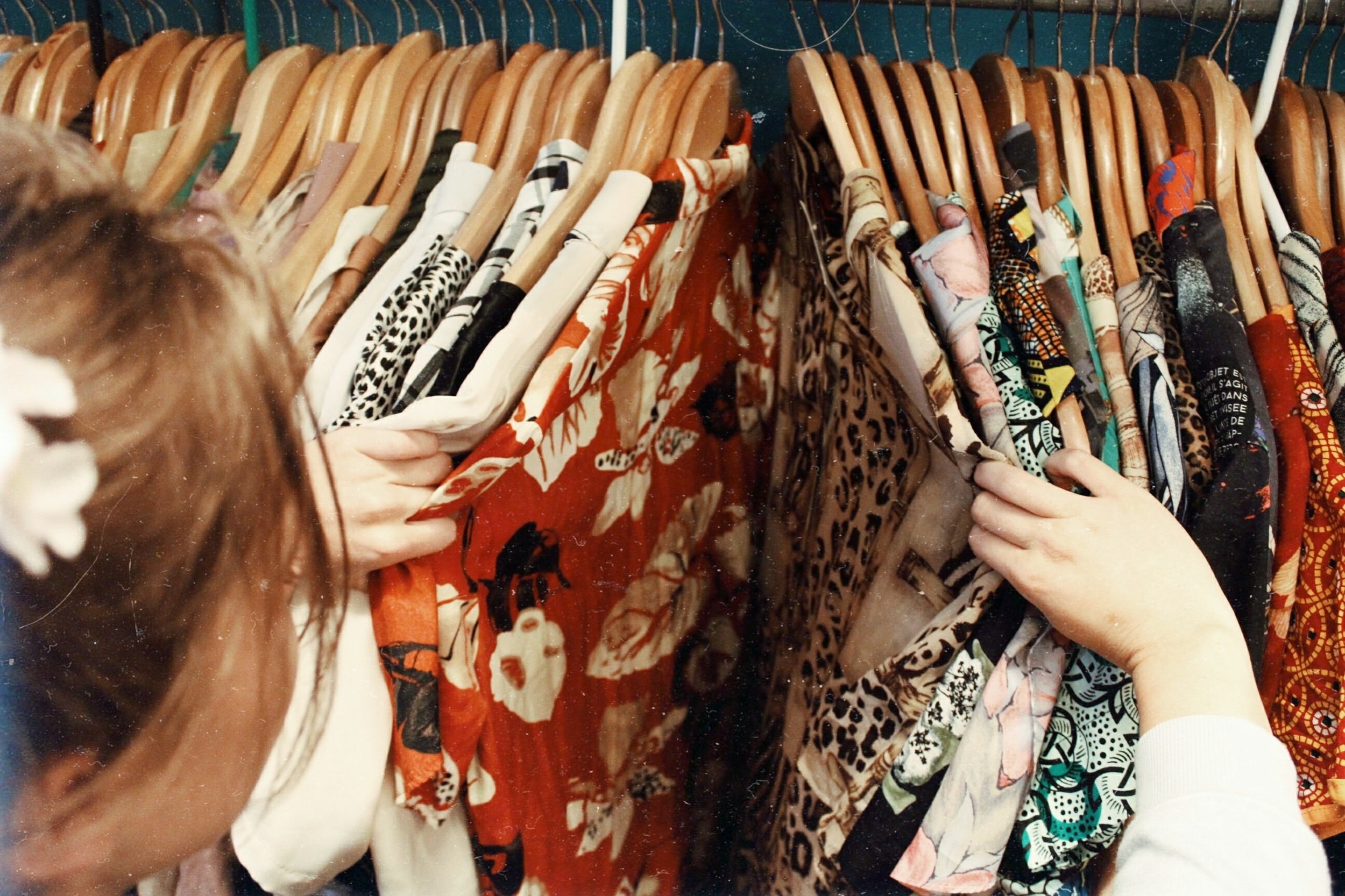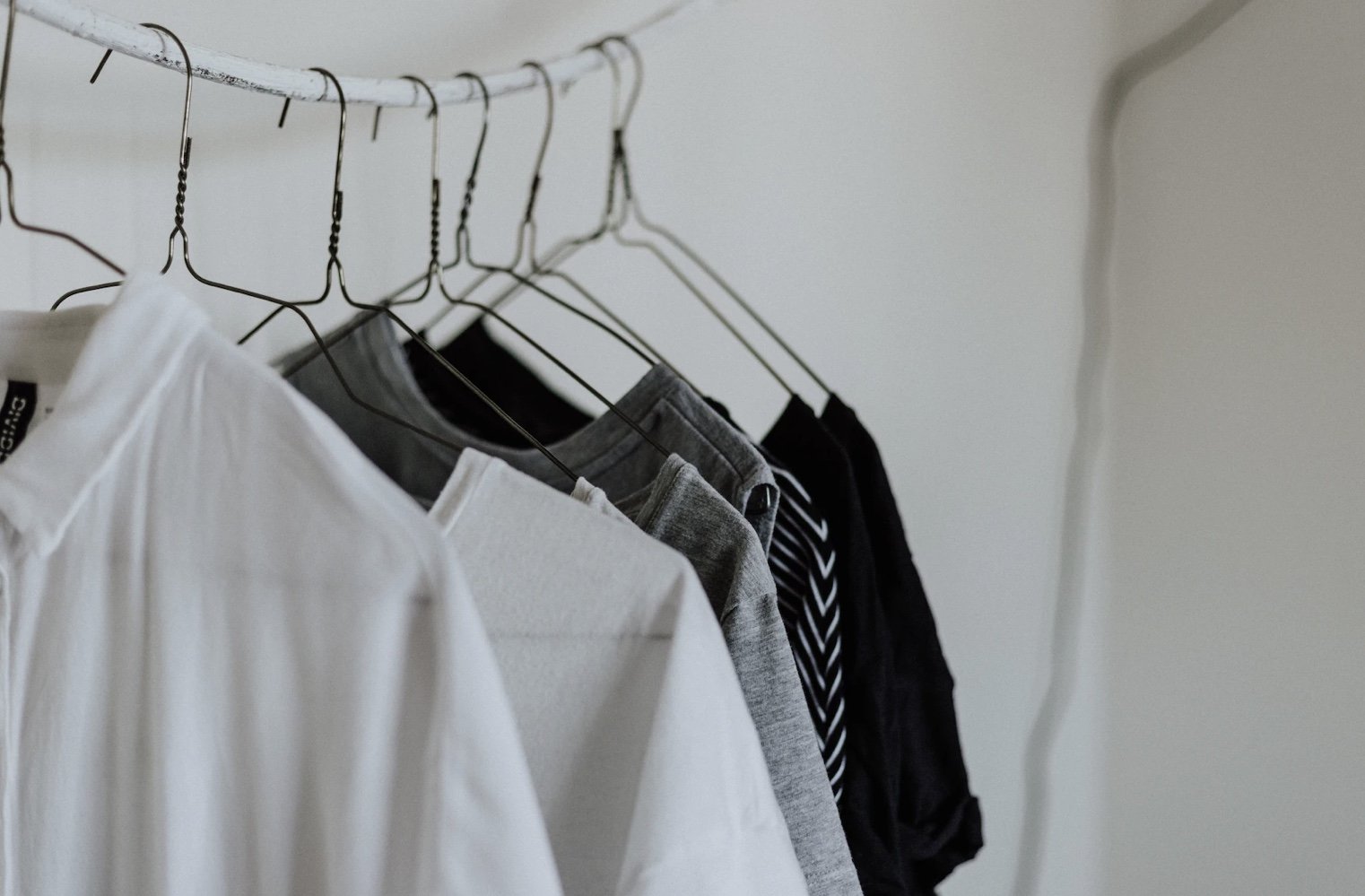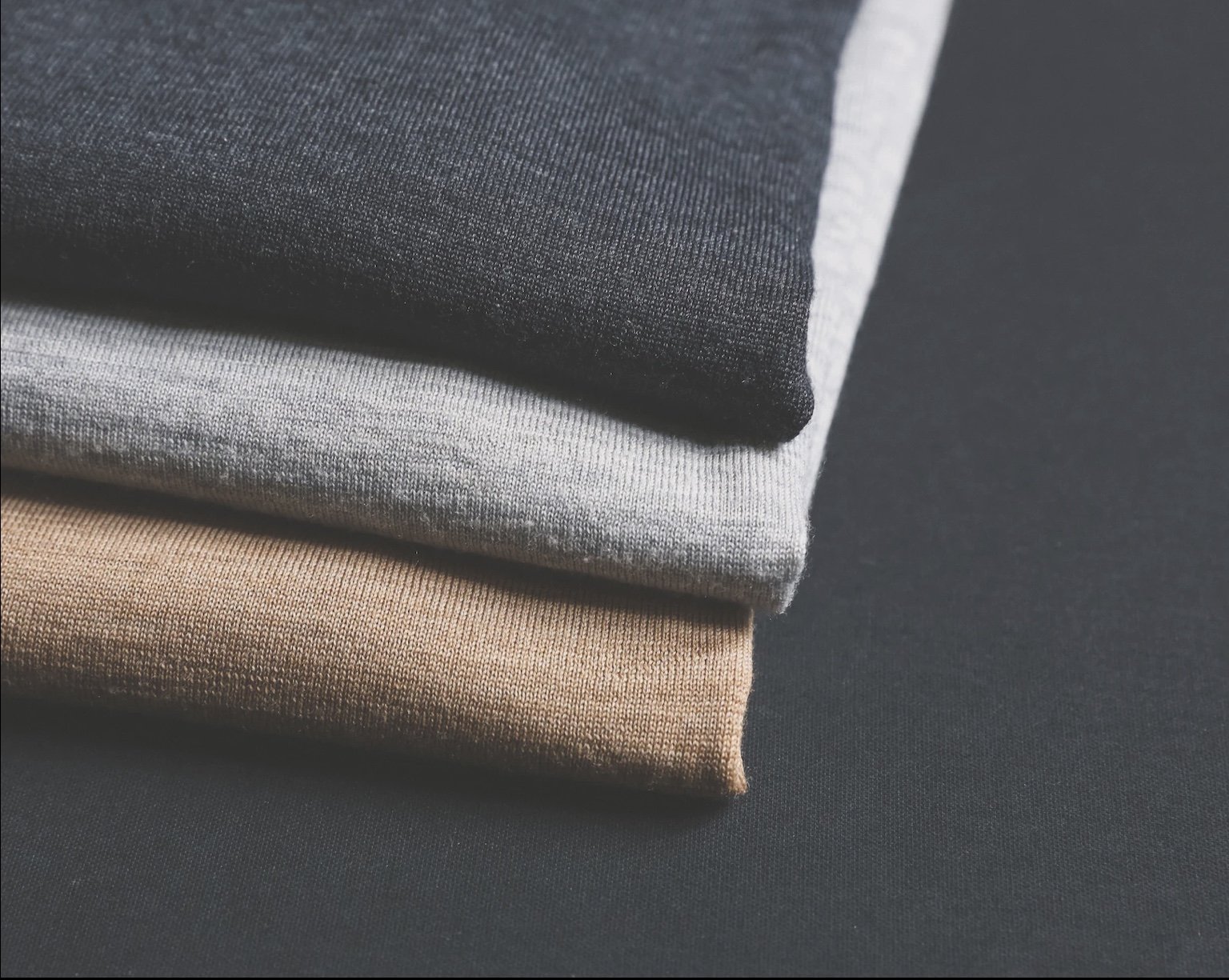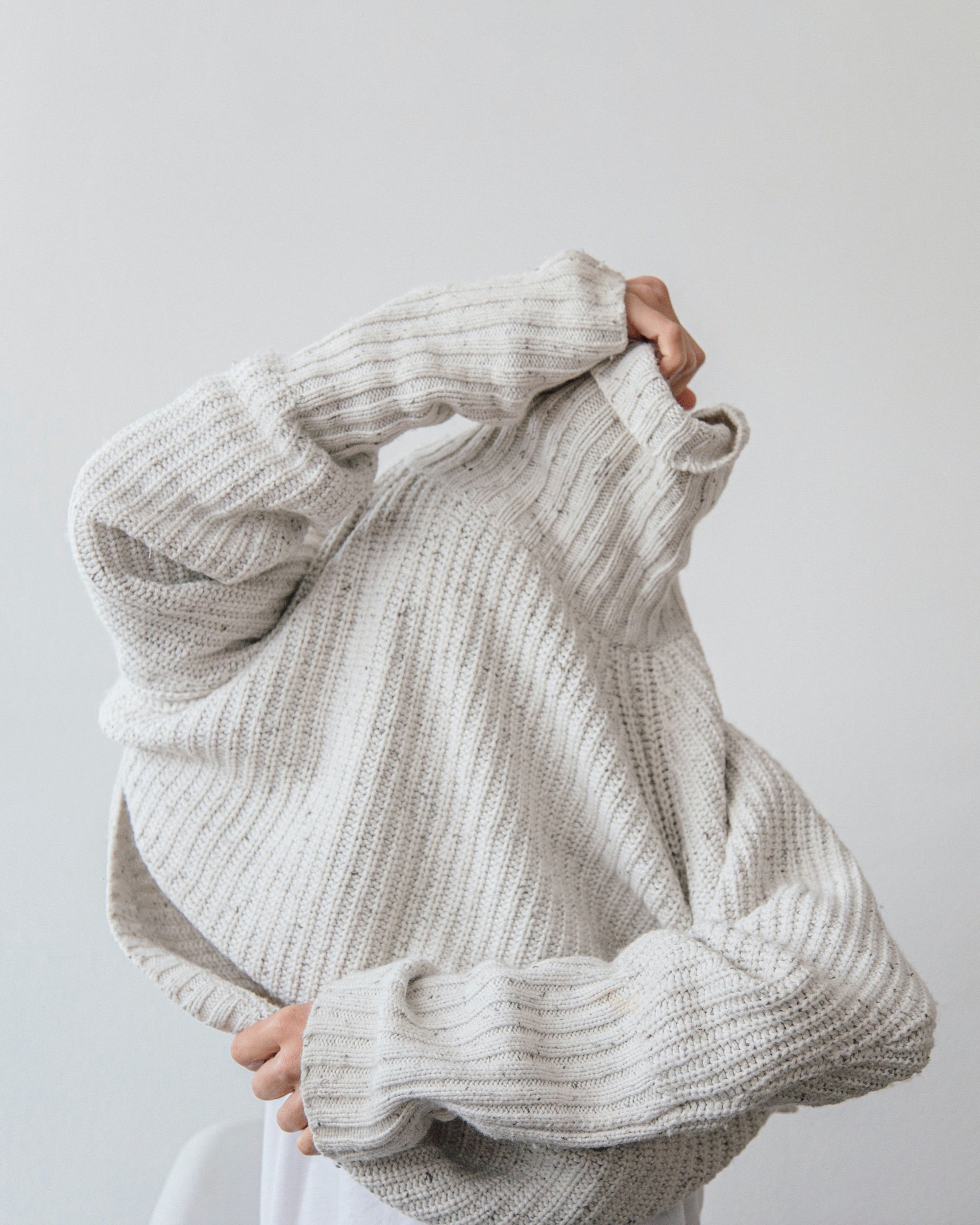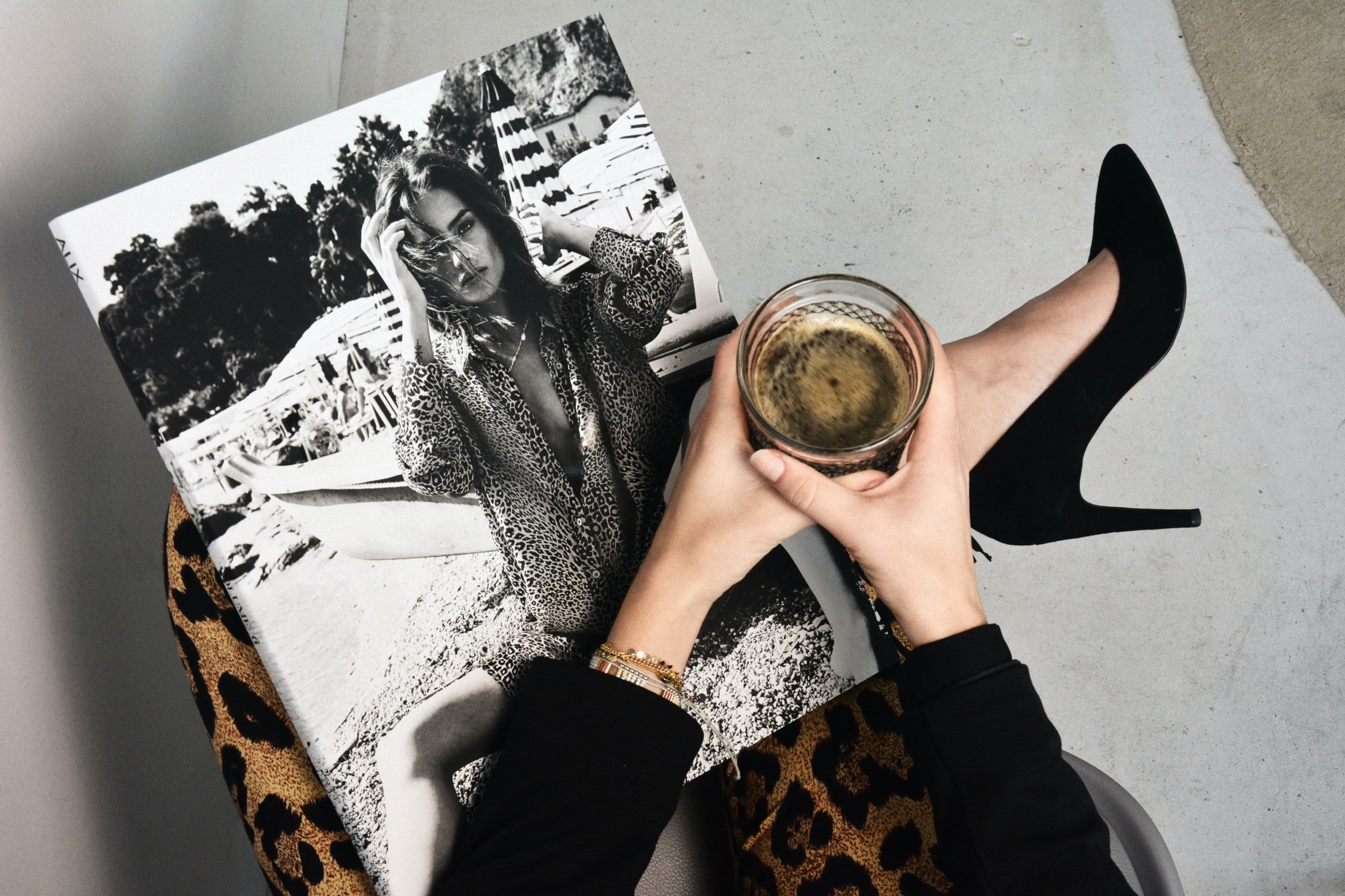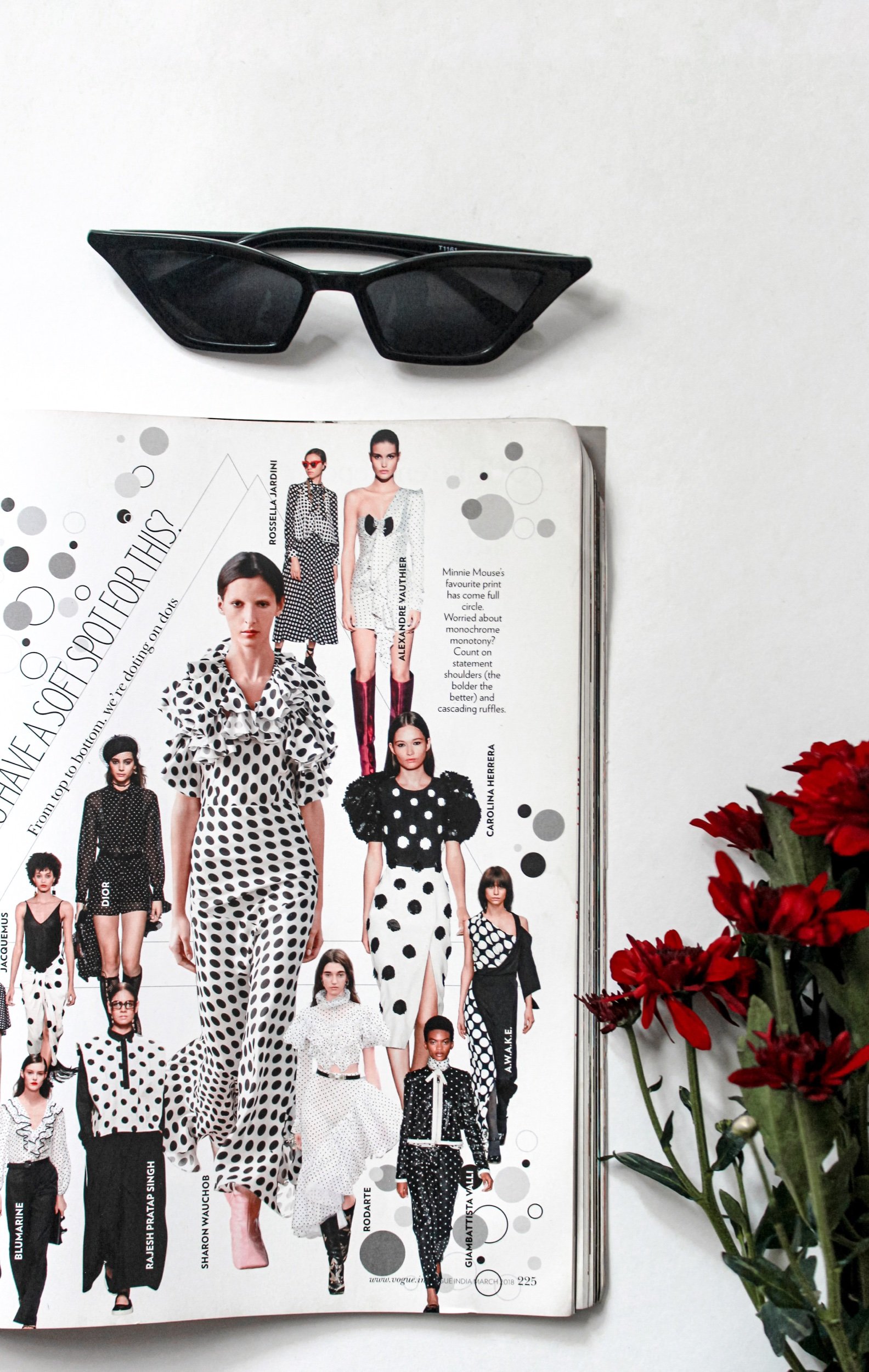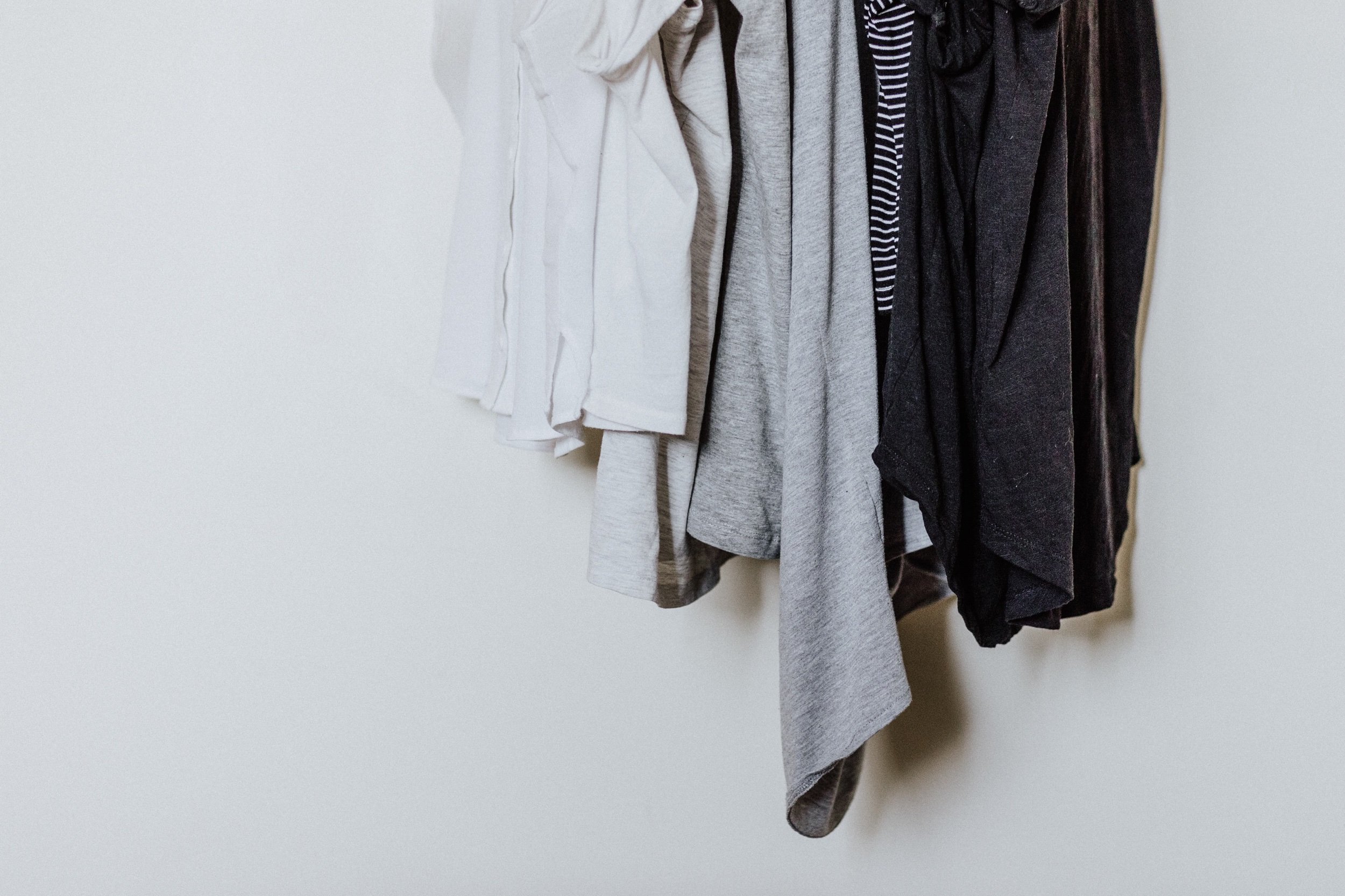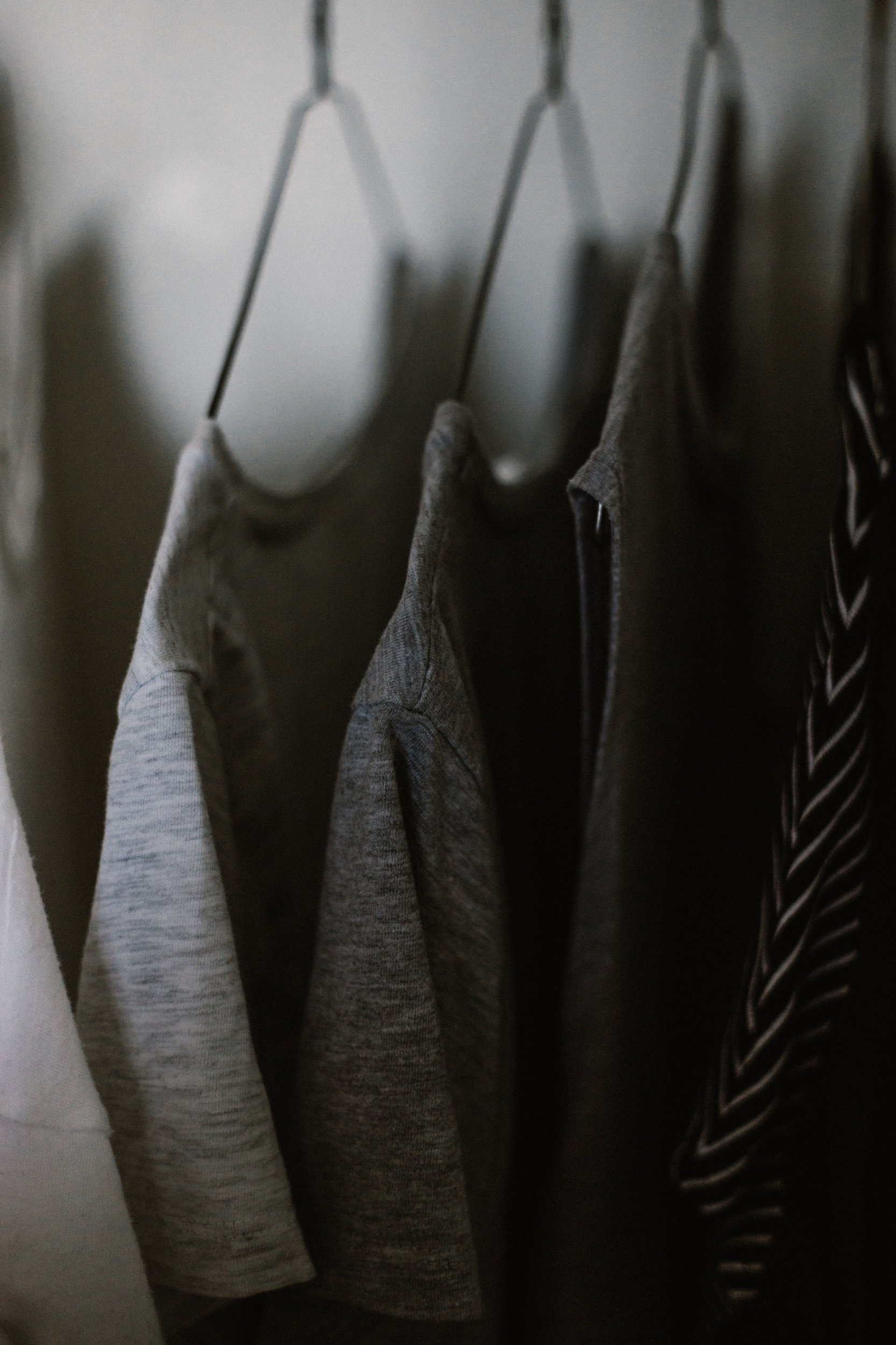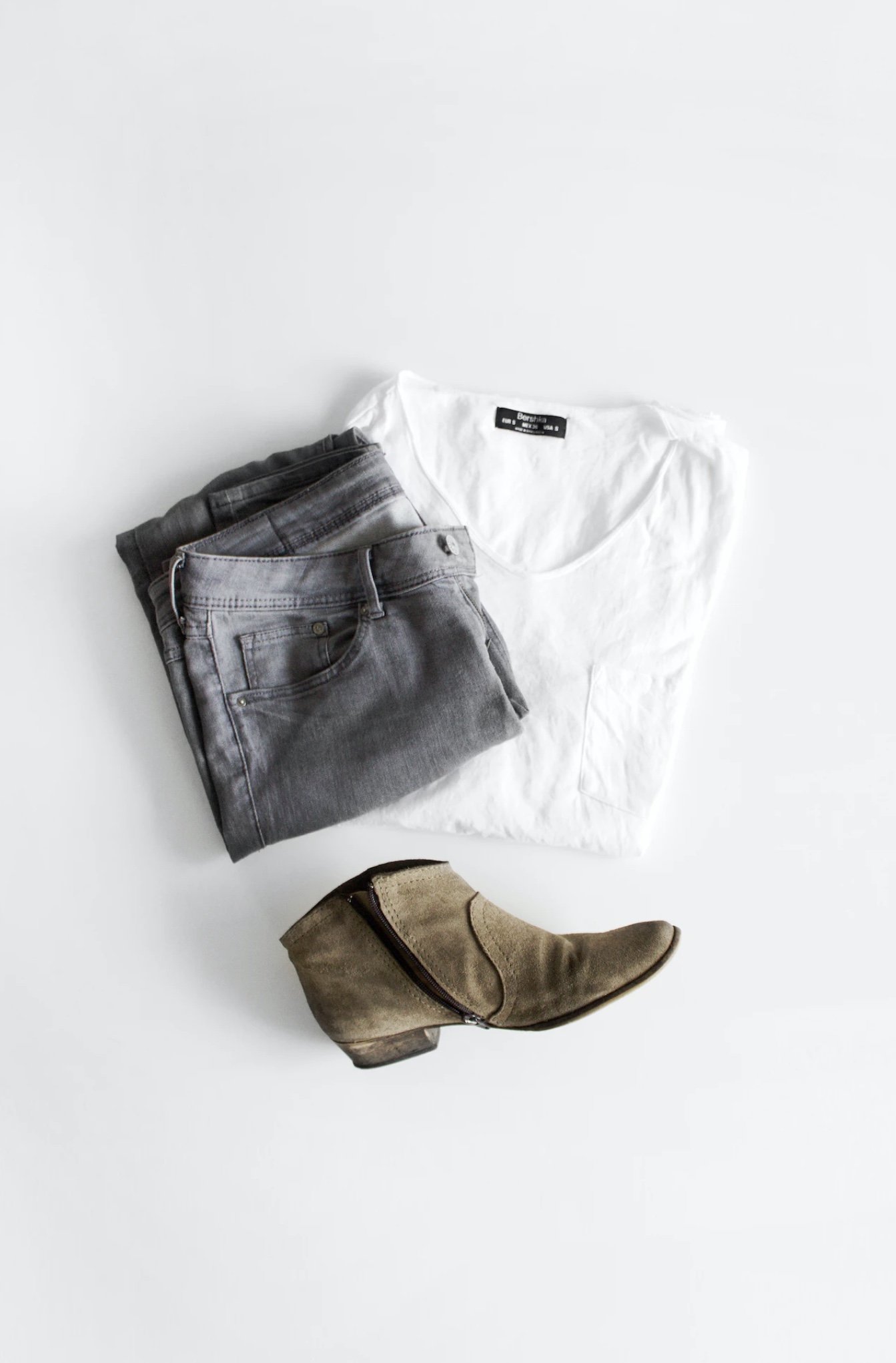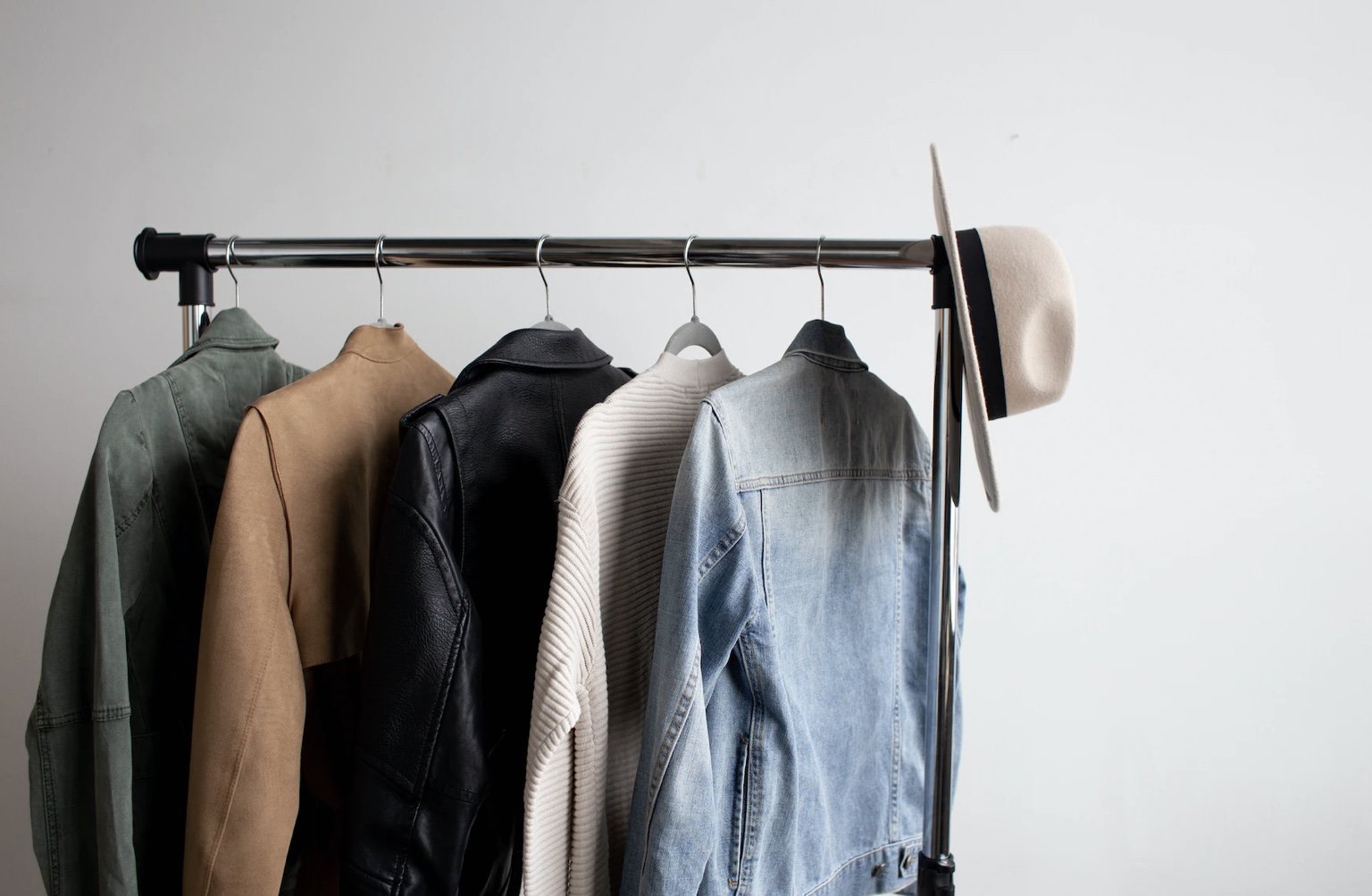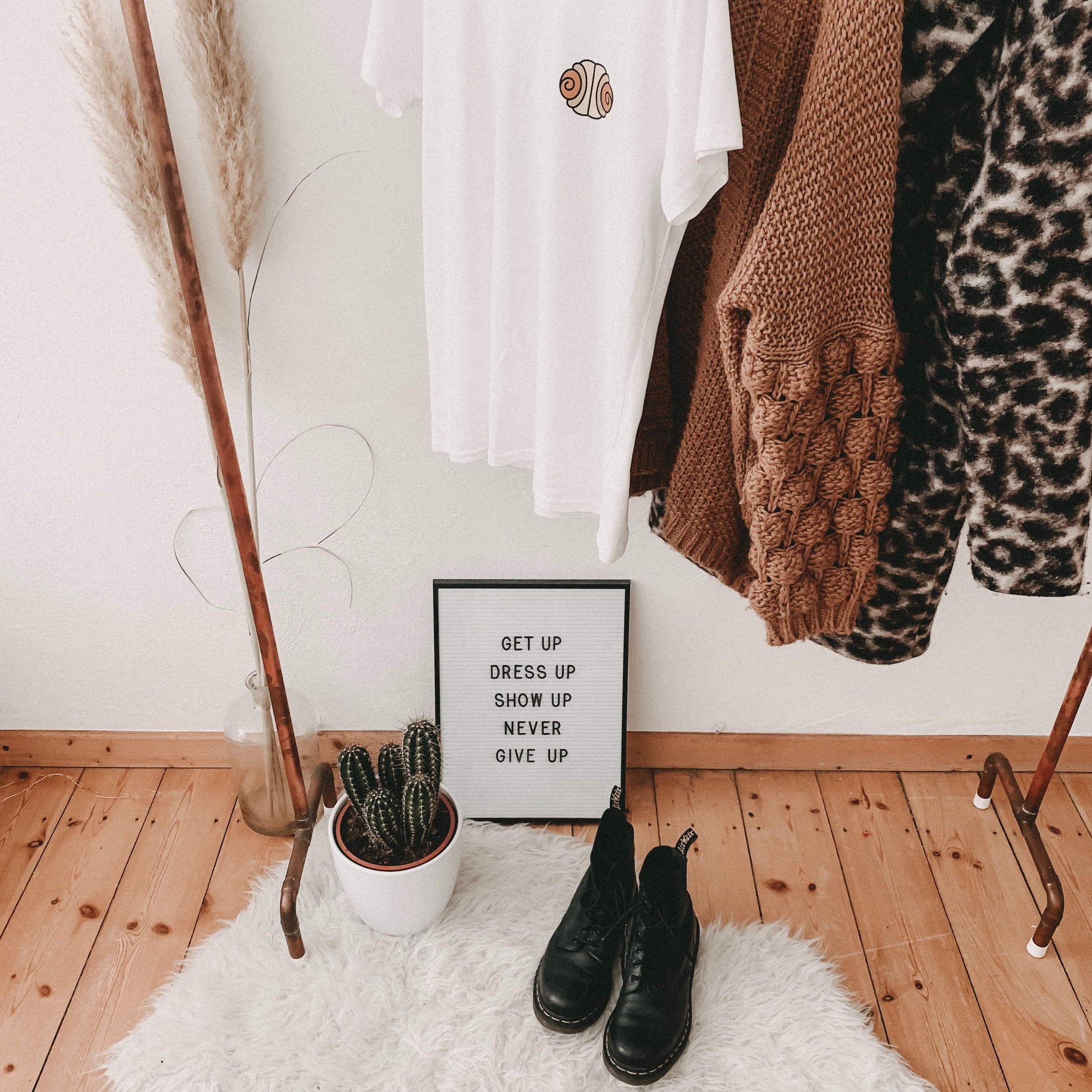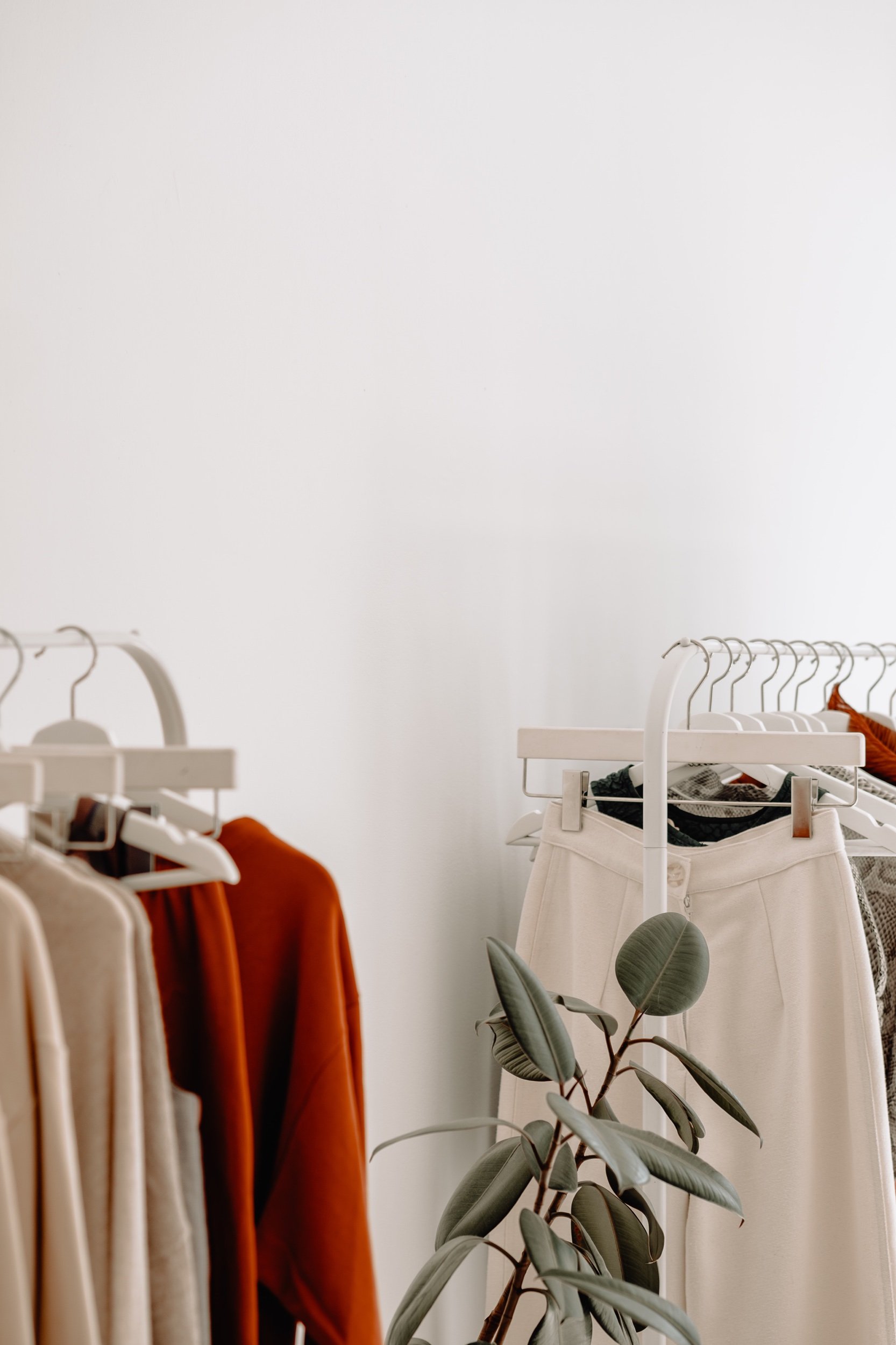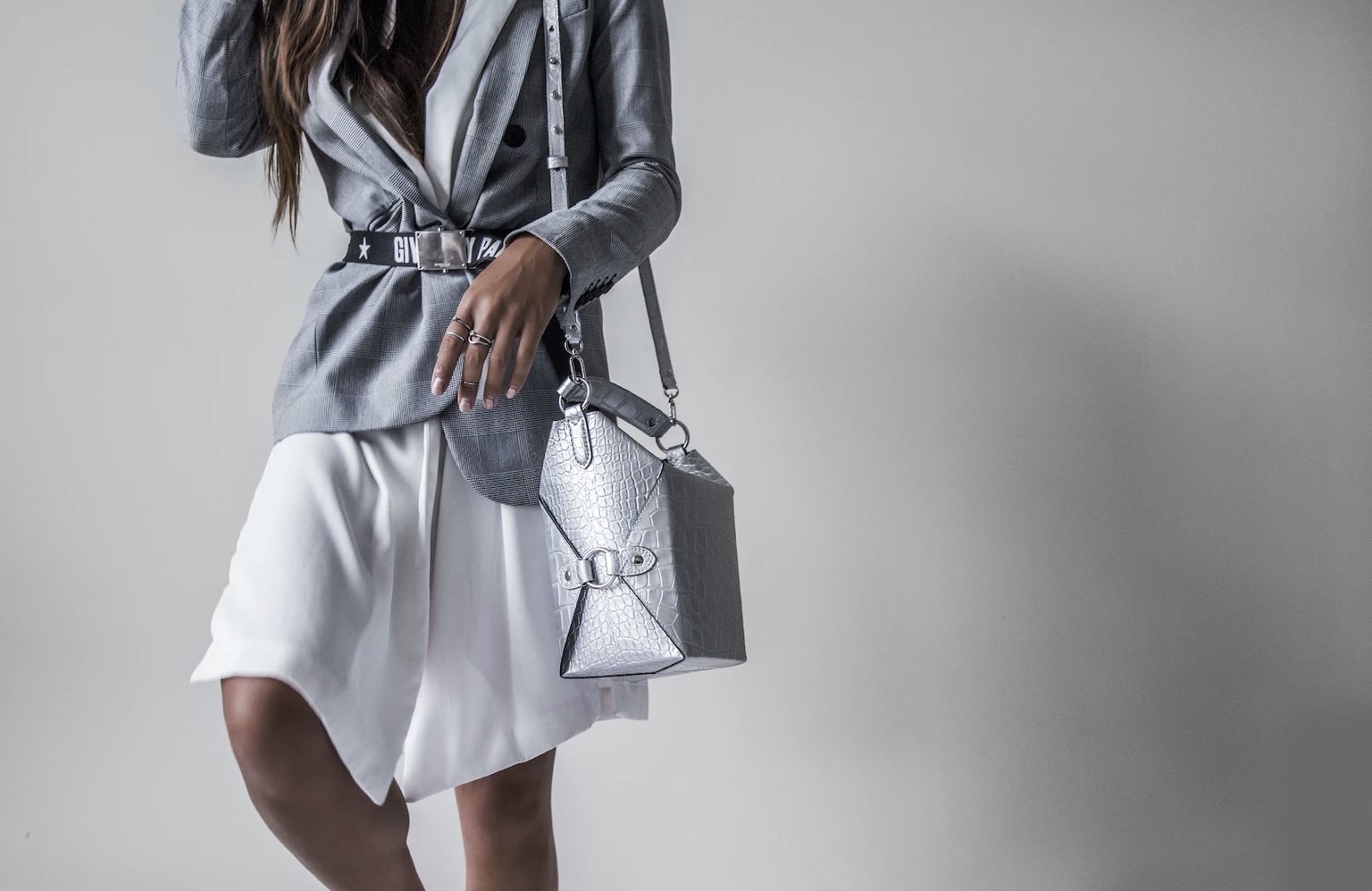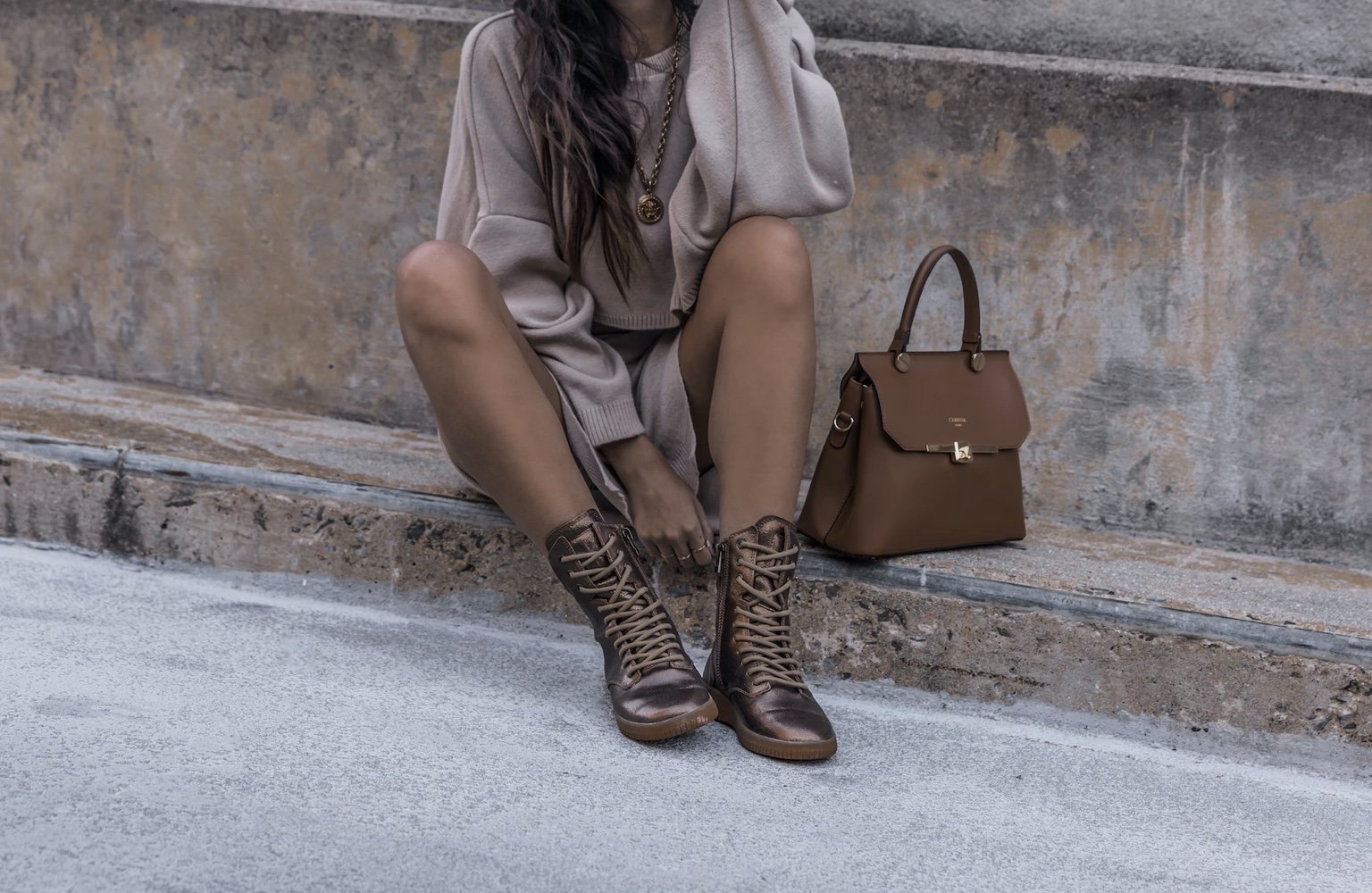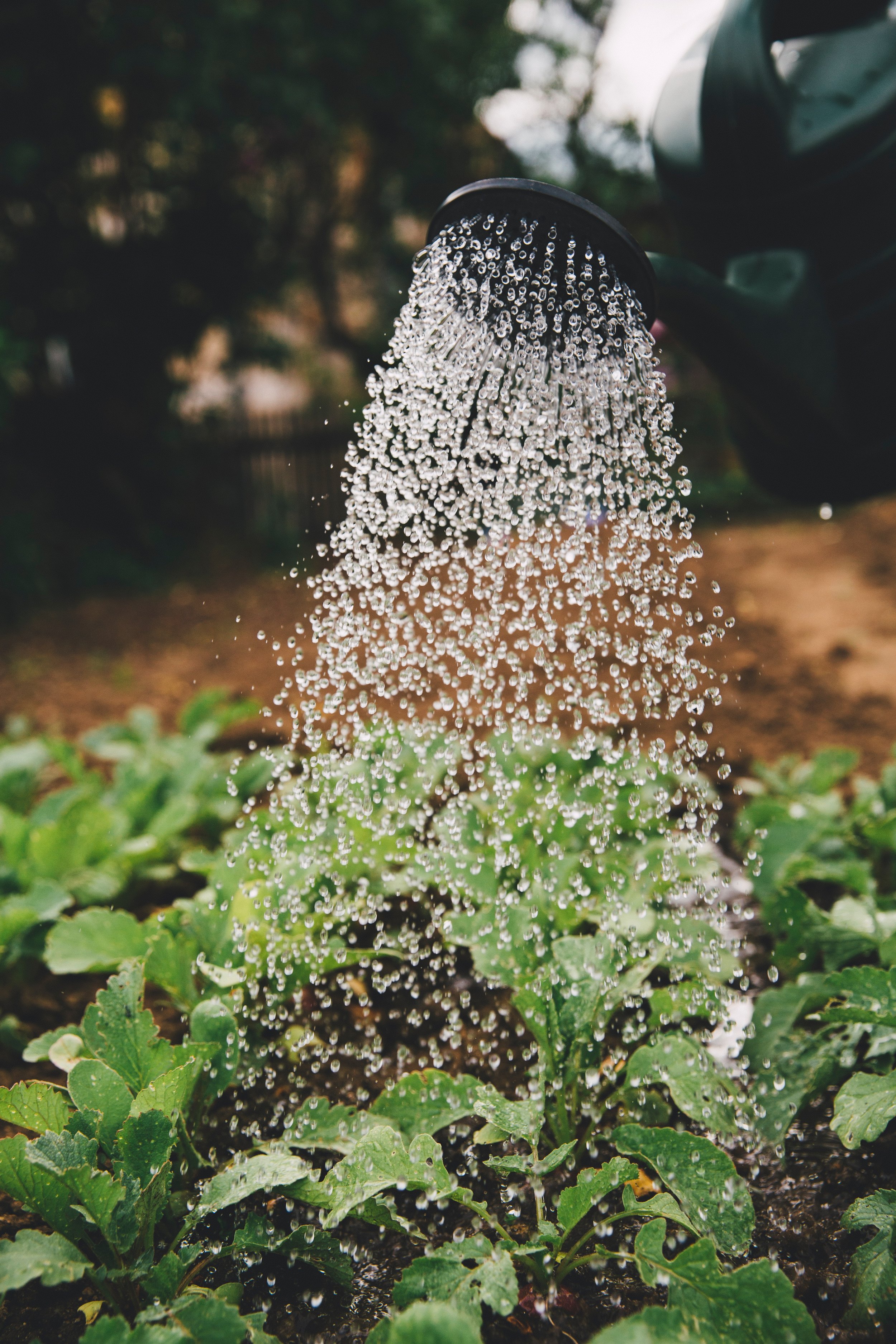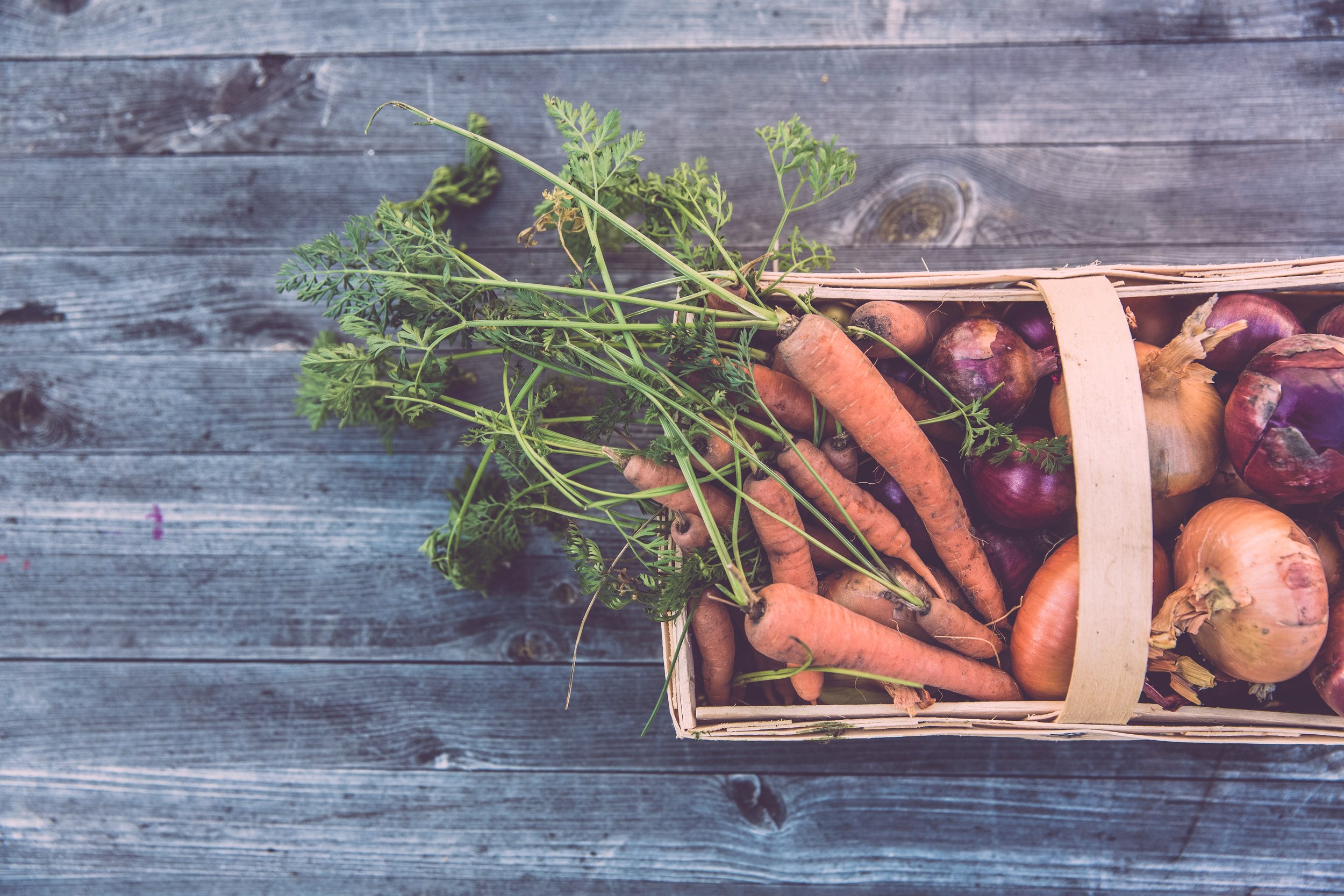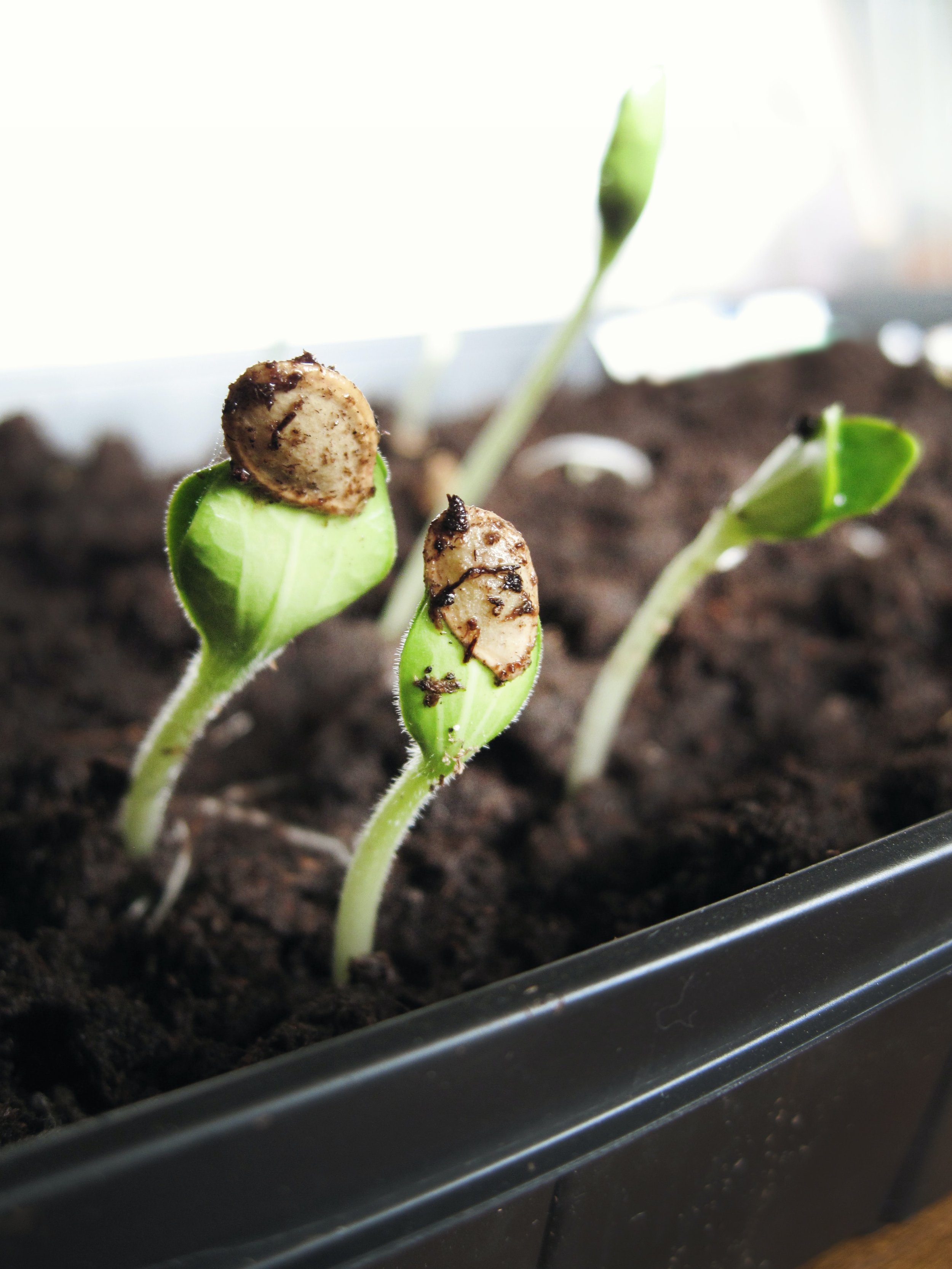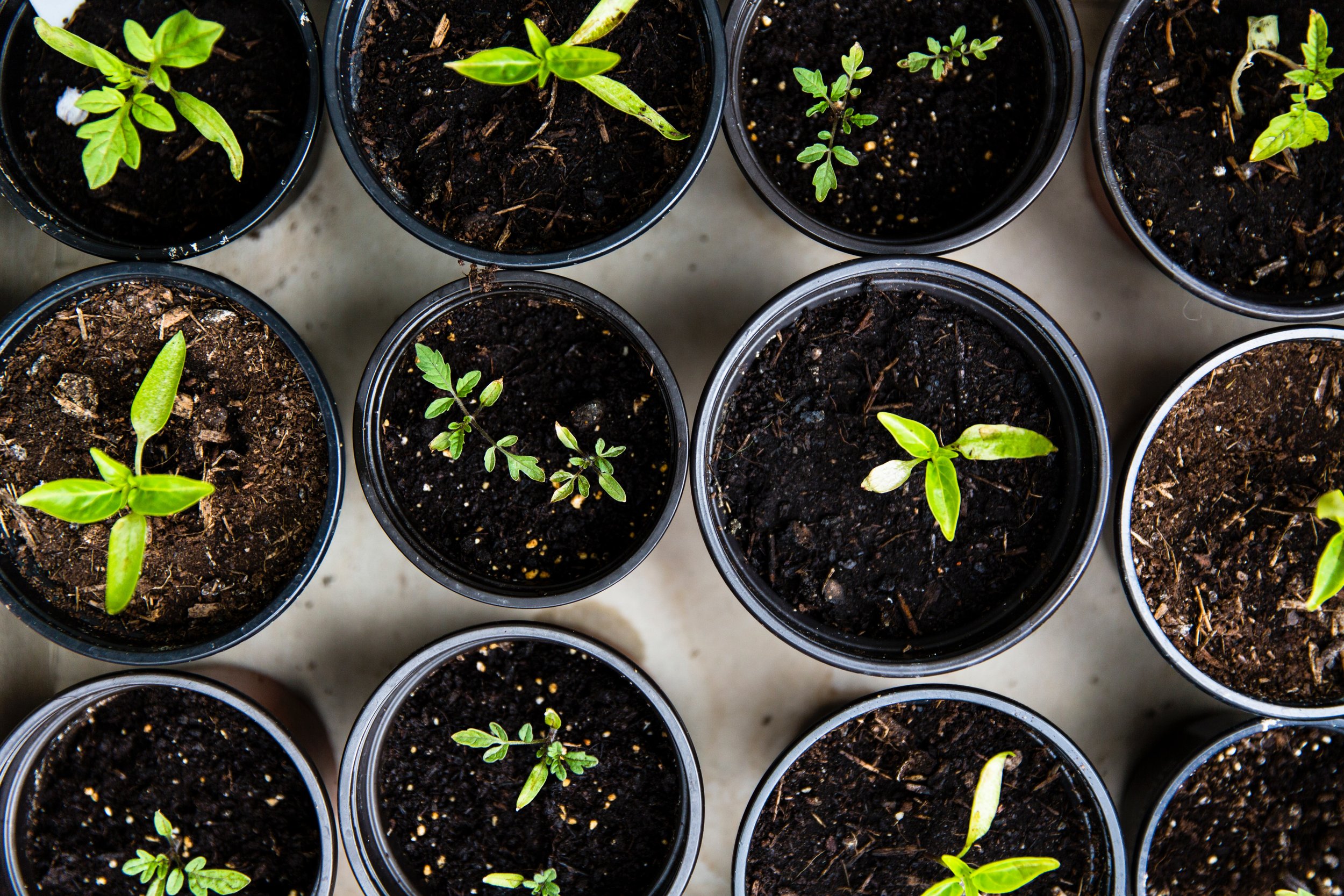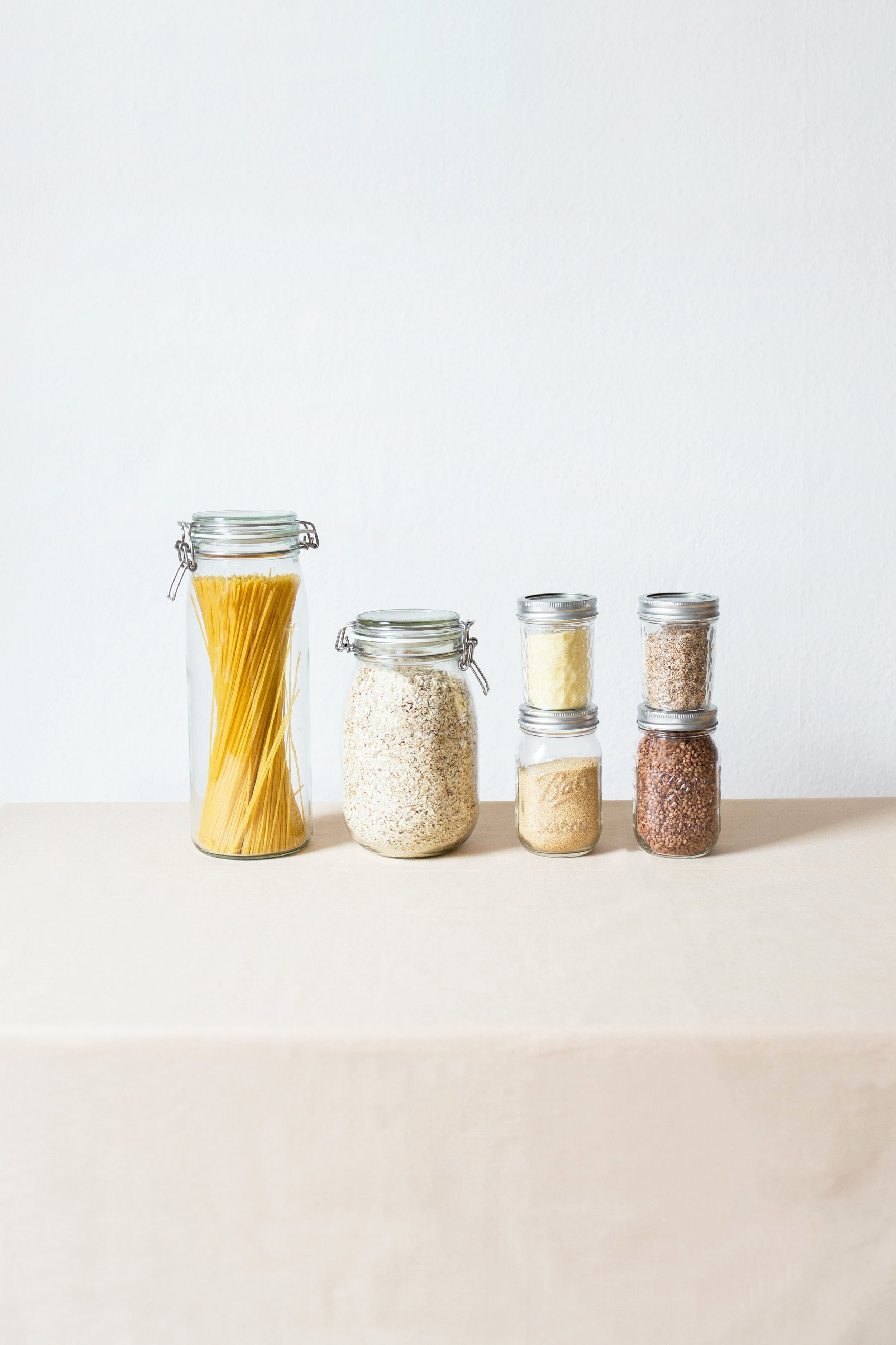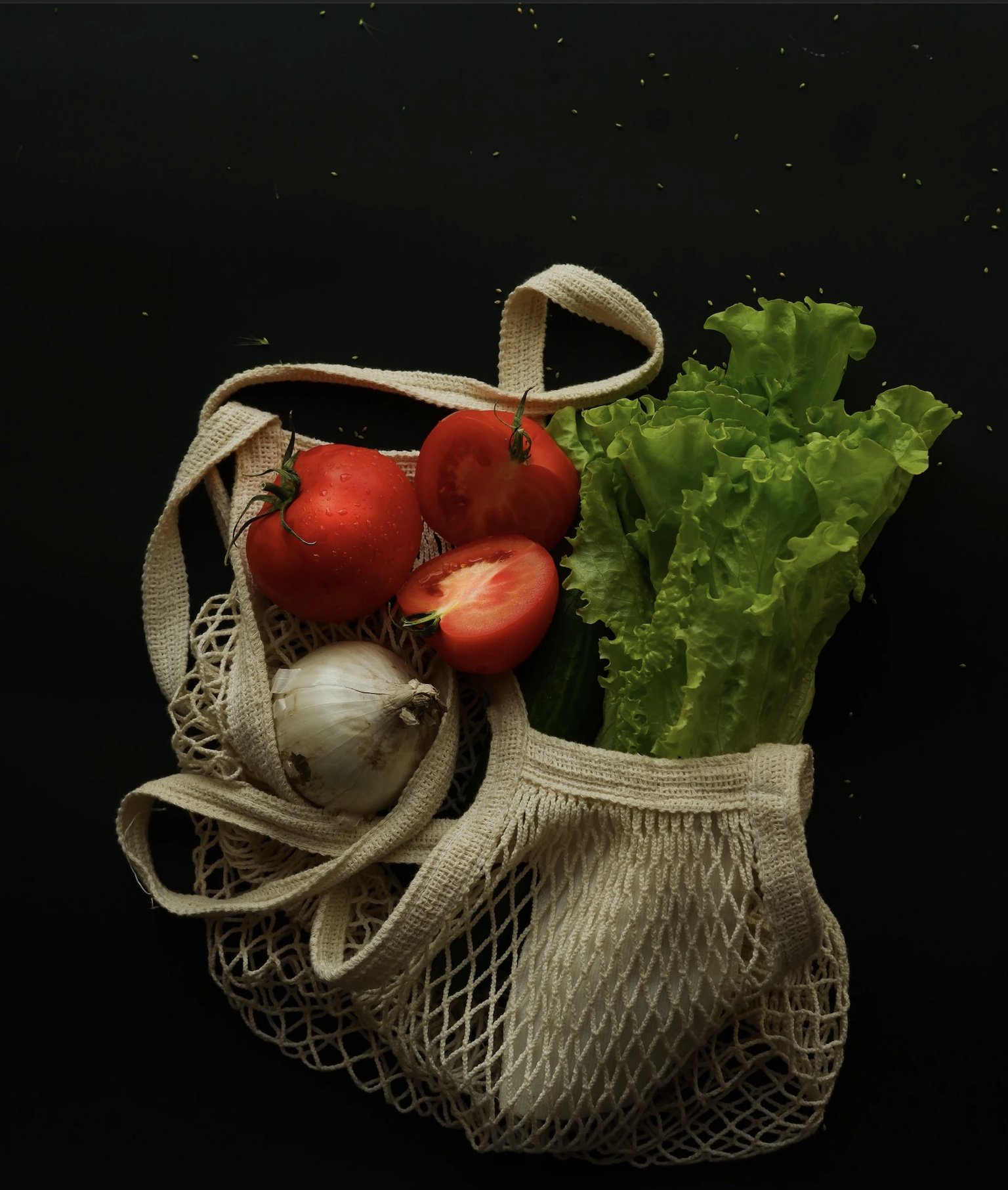We have put together some simple quick ideas on how to dress for spring.
With the ever changing unpredictable weather, it’s good to have some style tips to get you through March, April and May.
Layers
Layers are basically your best friend for spring and transitioning through the seasons.
Try choosing lighter layers in different fabric textures to give depth to the outfit.
You can layer chunkier knits over lightweight dresses and skirts. Wear jumpers on top of shirts and dresses. Layer up cardigans under a lightweight coat, jacket, or raincoat and style with the belt tied around the front, style slightly open so you can see the underneath layers of clothing.
Think about your base clothing, chose light thermal layers like a thermal long sleeved top. A strappy top is a good option for when the days get warmer.
For that extra bit of warmth, you can wear a pair of tights under jeans or trousers and don’t forget thermal socks for under boots as well.
Dresses
Dresses that are easy to wear and versatile are a great choice. Paired with knitwear, jumpers or cardigans worn on top of the dress and a lightweight coat on top. Why not team these with tights and either knee high boots or ankle boots, or when it gets warmer trainers flat shoes then sandals coming up to summer.
You can get all sorts of different dresses to style.
Maxi or mid length dresses with long sleeve are great for the colder days. Strappy dresses are perfect for for those slightly warmer days. You can wear them with long sleeved tops or T-shirts underneath.
Opt for dresses that can be worn open like a wrap dress or a dress with volume that looks great on its own and that can be styled with a belt to totally change the look of the outfit.
Colour pallets
As the days are getting a bit longer and brighter, choose clothing colour pallets that are lighter. Paler colours like warm pastels or neutrals work well. You can add pops of colour with bright handbags, belts and scarfs. Go for boots and shoes with darker deeper colours like greys, browns and mahoganies for the seasonal transition.
Fun floral prints are great for getting you into that spring mindset.
Try mixing these with less bulky textiles, knitwear, soft light layers.
Bold prints look good layered with some neutral items. As an example: if you choose a bold dress with a bright print, pick out a couple of more basic colours from the print for the other garments in your outfit. Try a natural colour jacket, neutral or black tights and boots paired with a coloured scarf and bag.
Accessories
Hats are a brilliant accessory for this time of year. Try swapping beanie hats for fedoras or wide brim hats. These are great if there’s some light rain and they elevate your outfit.
Swap out gloves for arm warmers or thin gloves instead of knitted ones.
Scarves are another great accessory for this time of year. Try to pick large light weight ones as these are great for wrapping around your neck whilst it’s chilly but you can also wear it open and long on top of jackets and coats.
Big oversized bags or tote bags are best to carry layers you take off; sunglasses, hat and umbrellas for the unpredictable weather.
Knee high boots and tights are perfect for day and night looks. Ankle and mid high boots with skin colour tights and dresses work well together for the warmer days.
Keep jewellery light and pick items that you can carry through to the summer. Layer up light weight minimal necklaces and bracelets.
Pairing oversized sunglasses with hats is a good plan for those tricky bright days that might turn into drizzle later on.
Hopefully these styling tips will help you dress for the season and get through for the next couple of months. Have fun with it and experiment with things you haven’t tried before.

